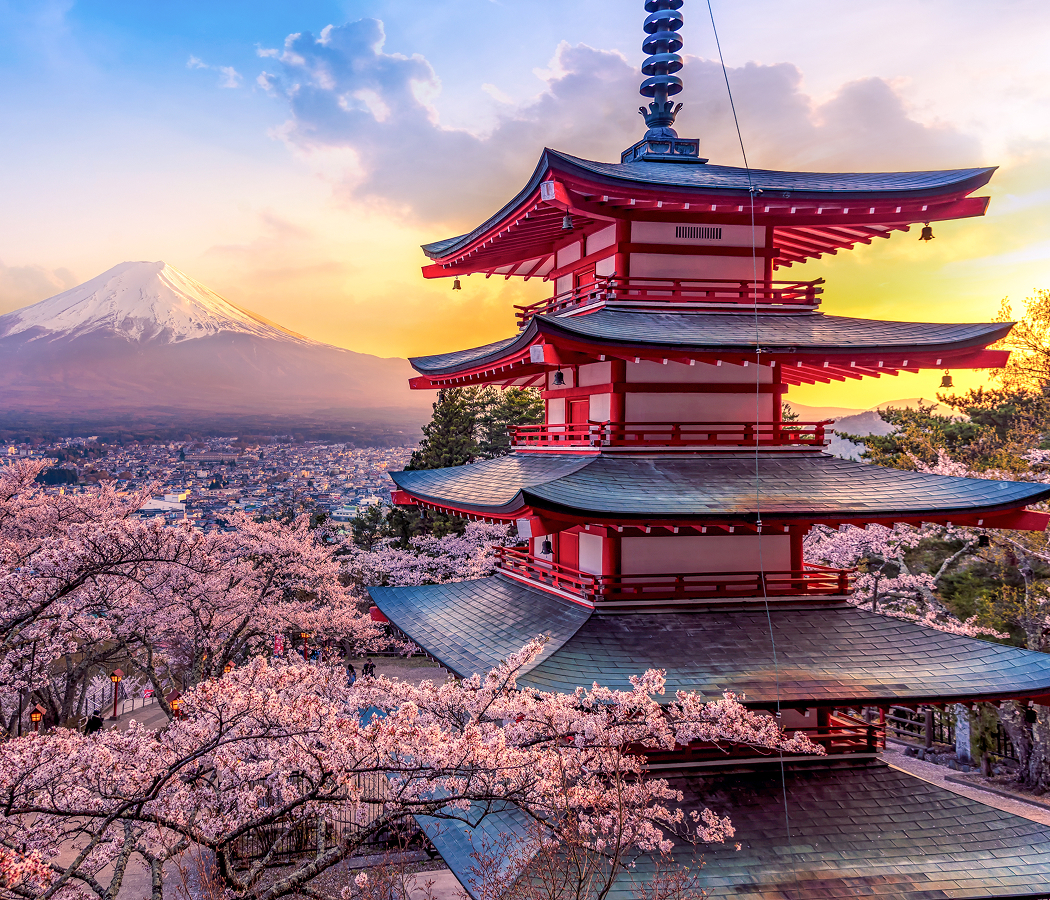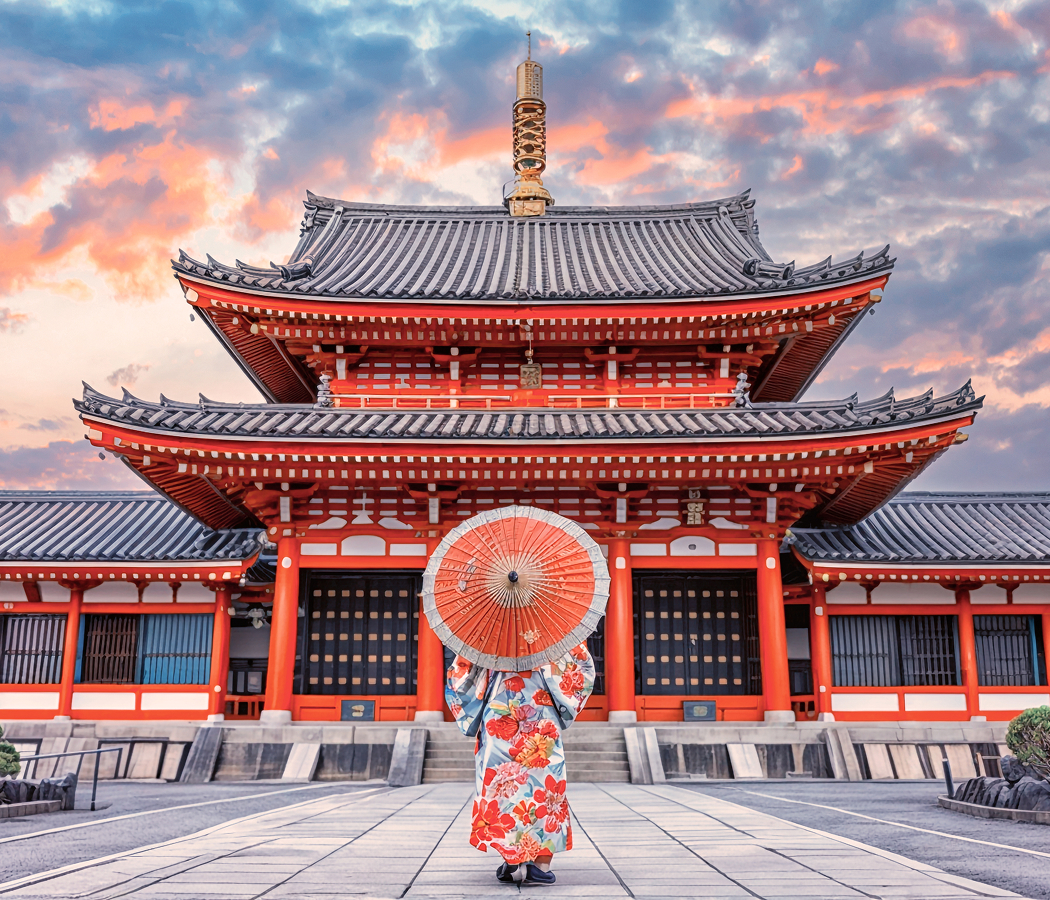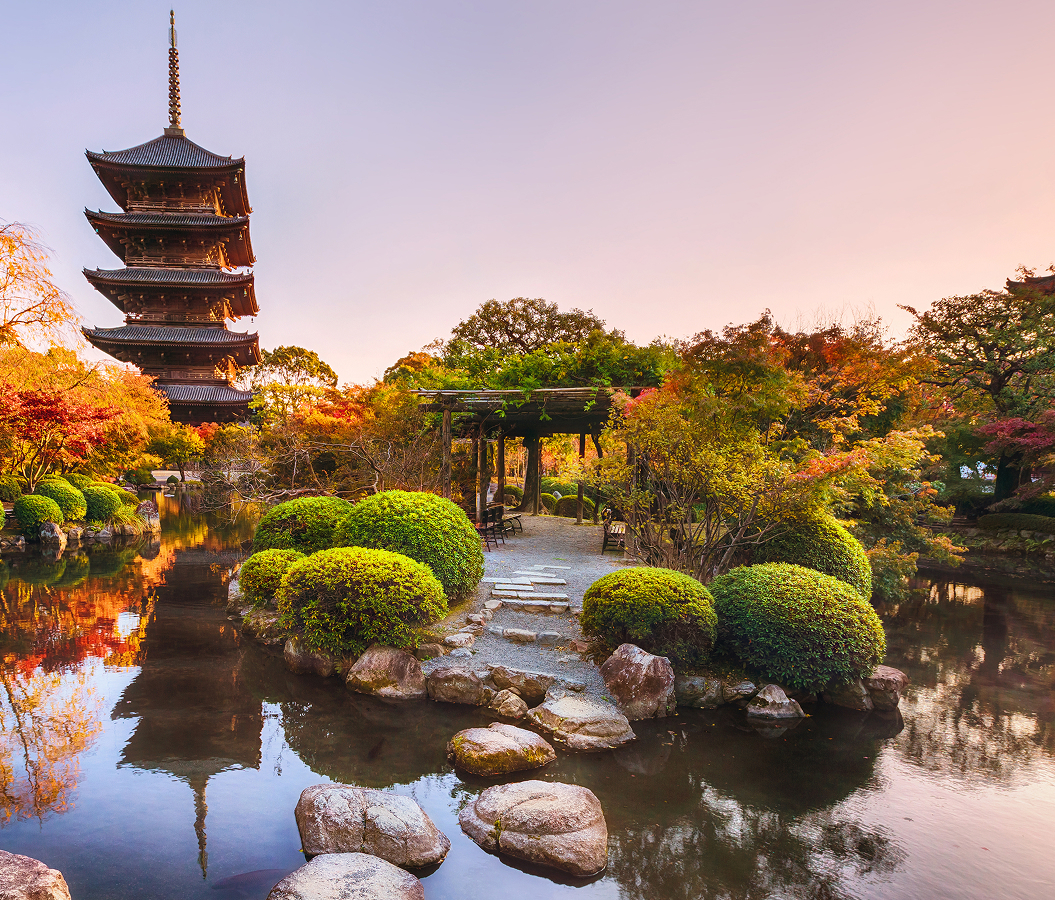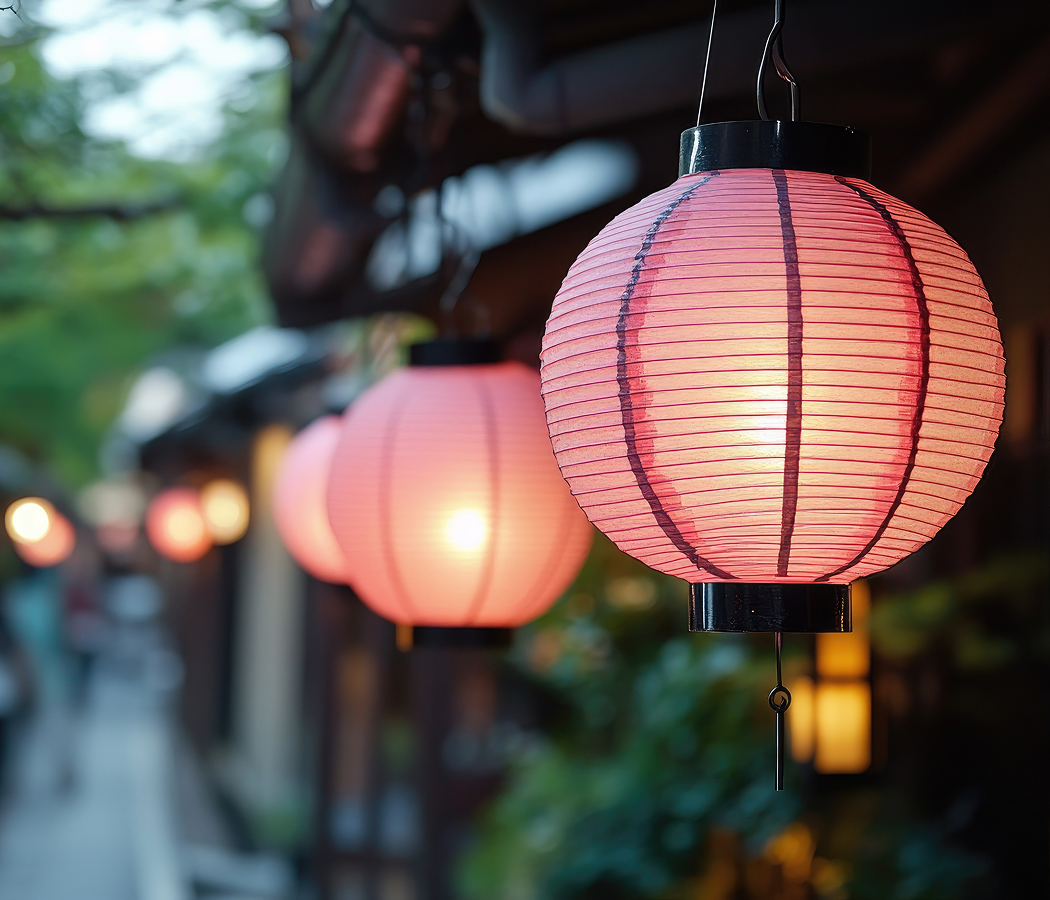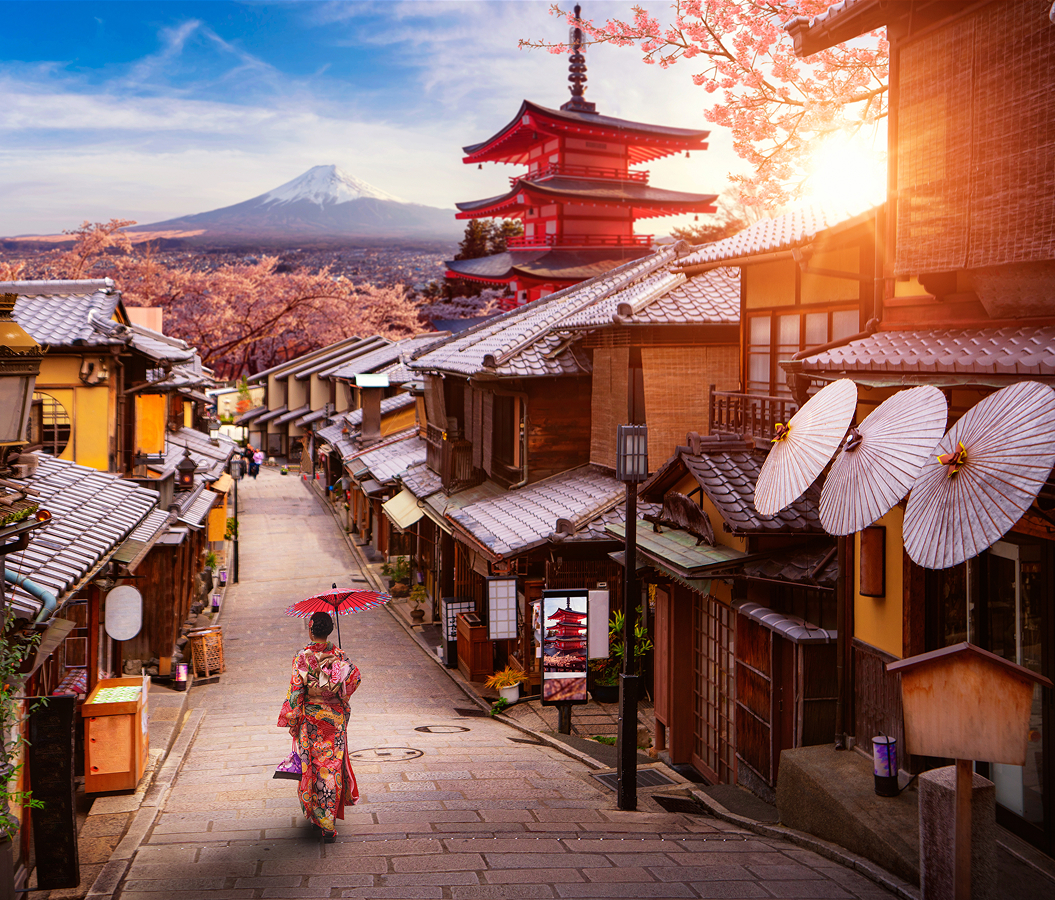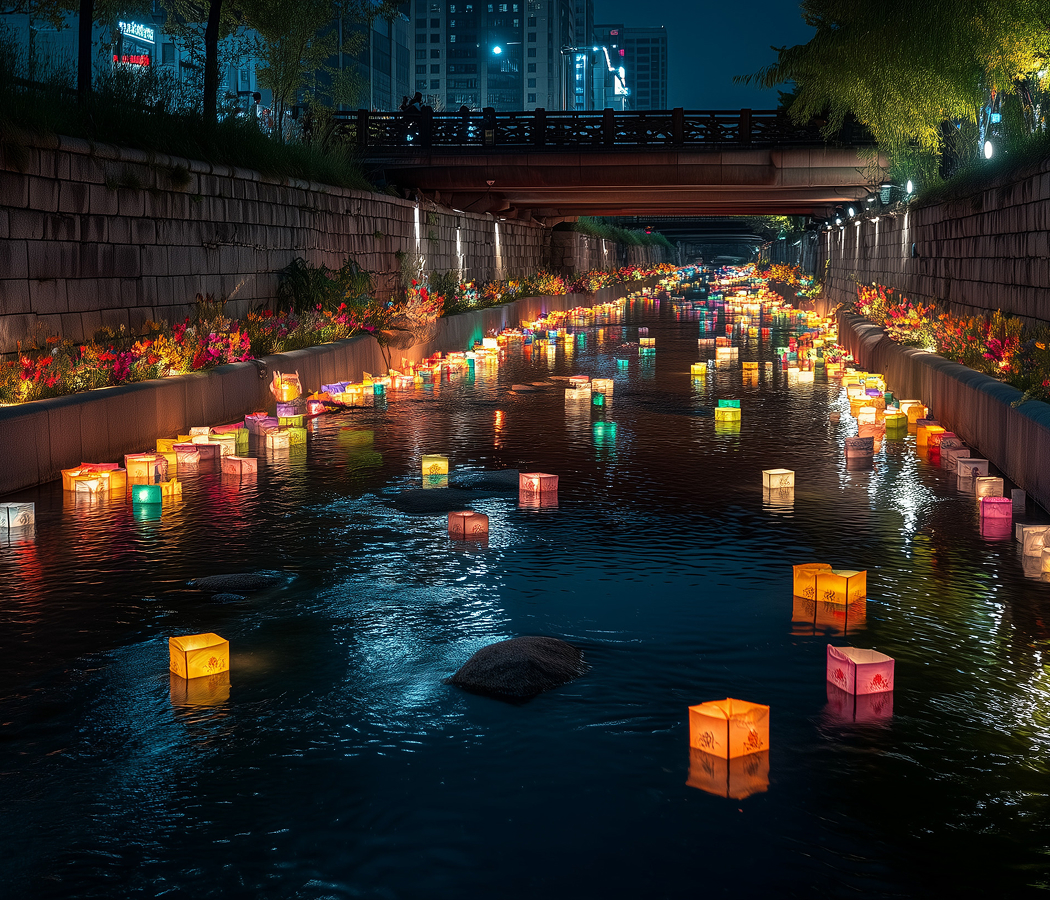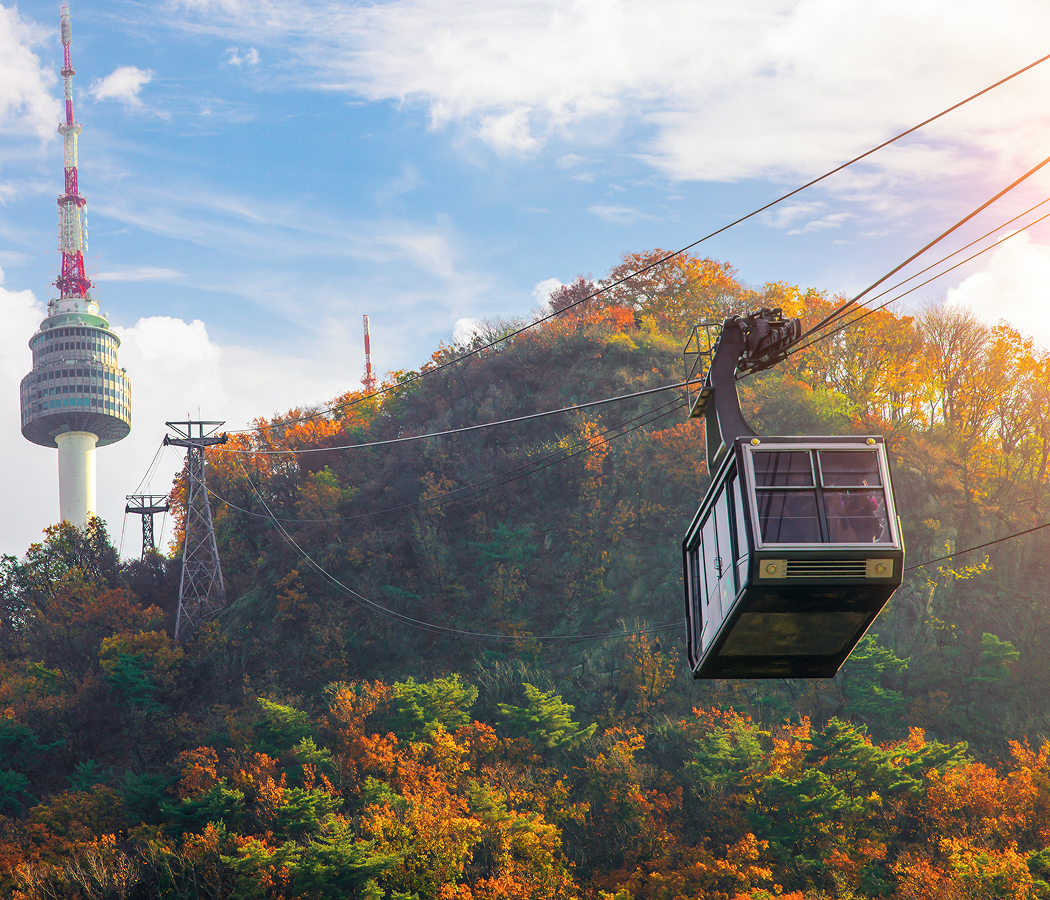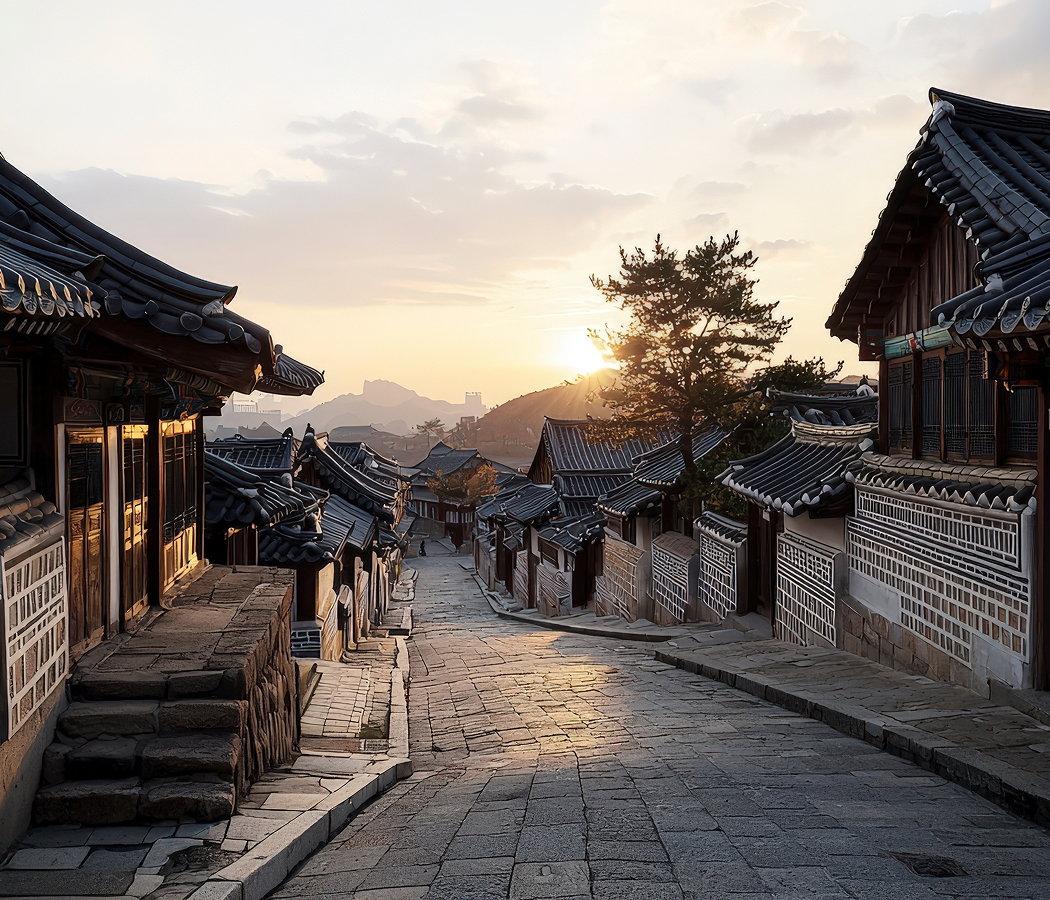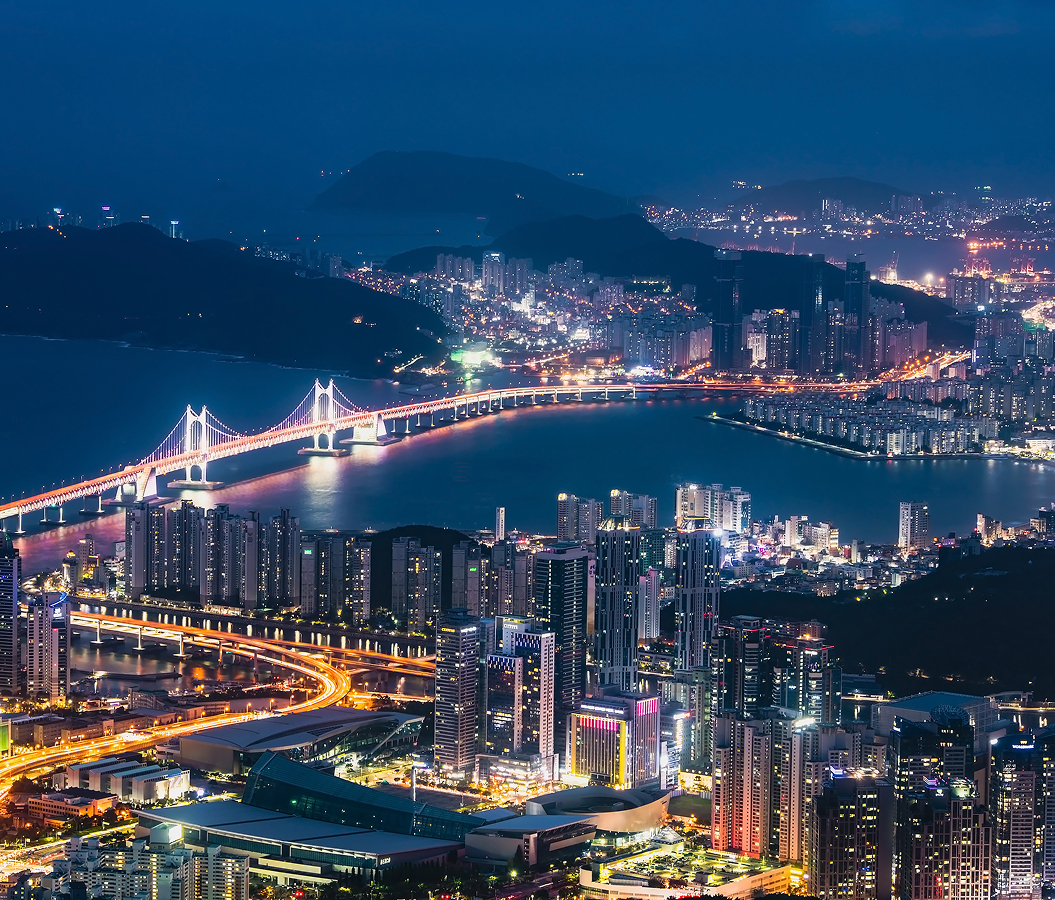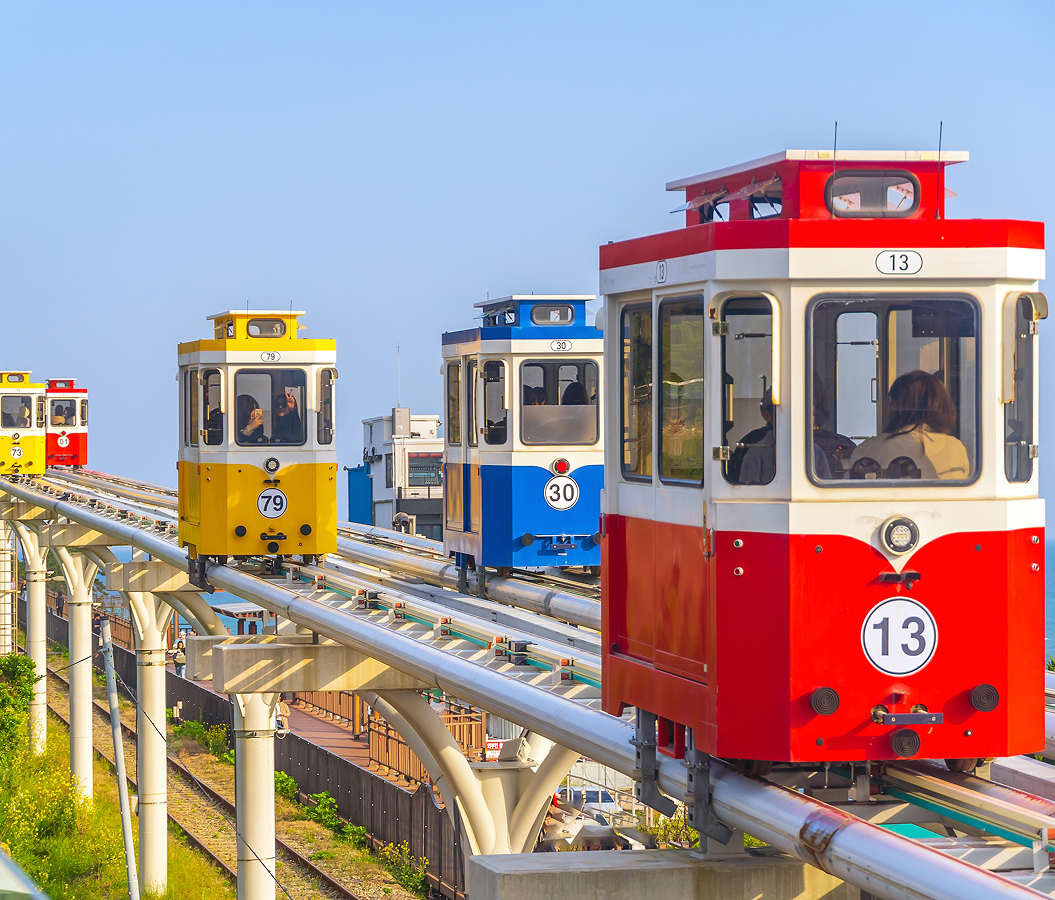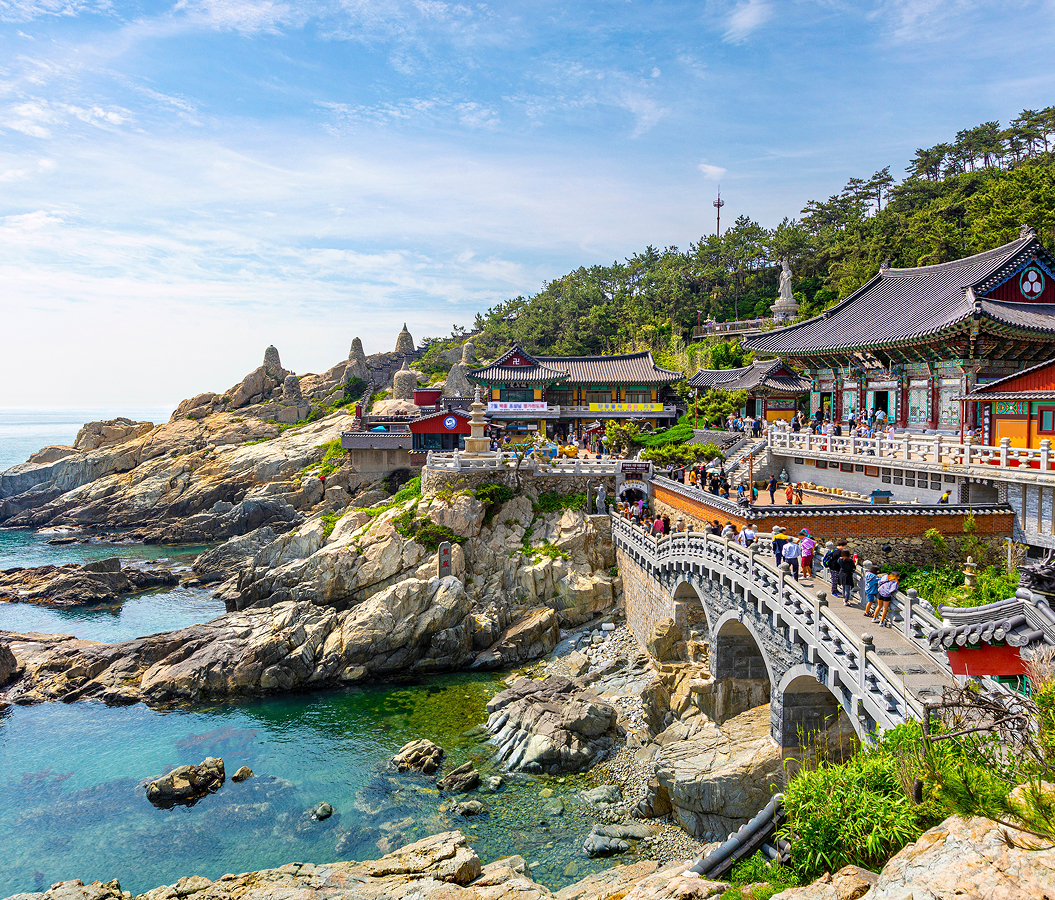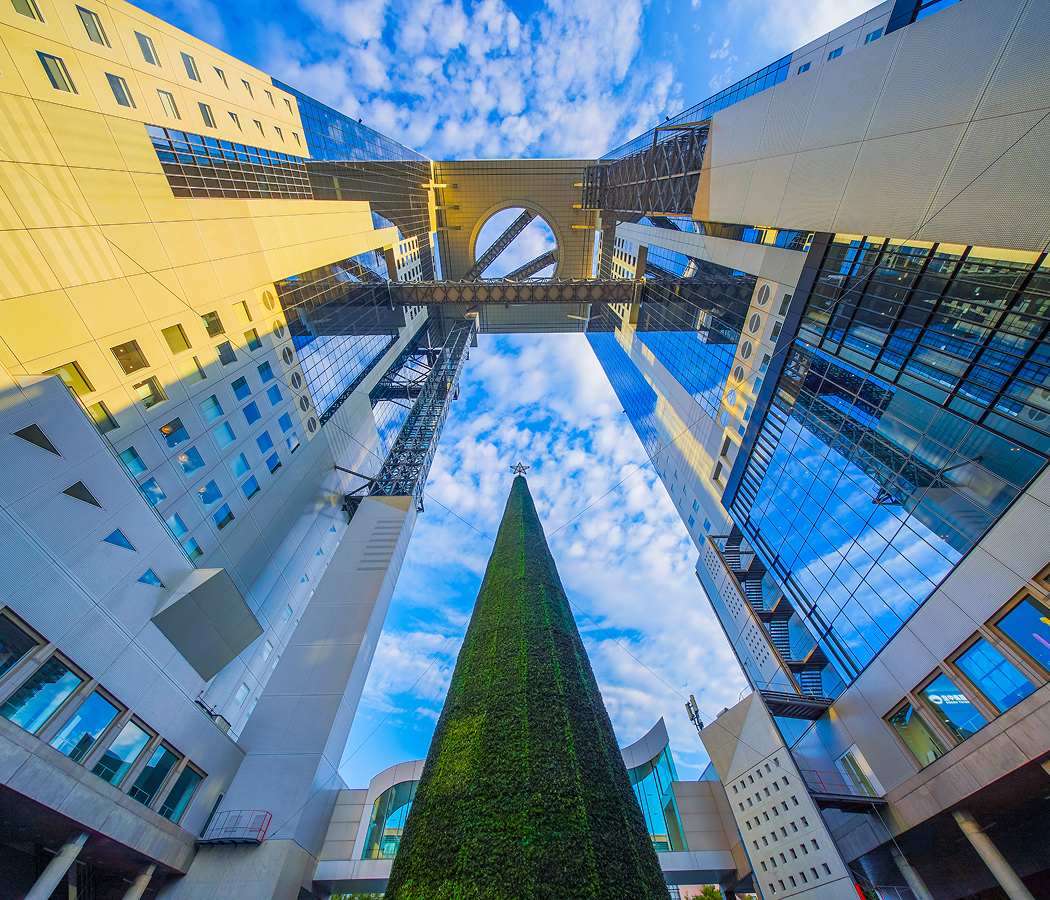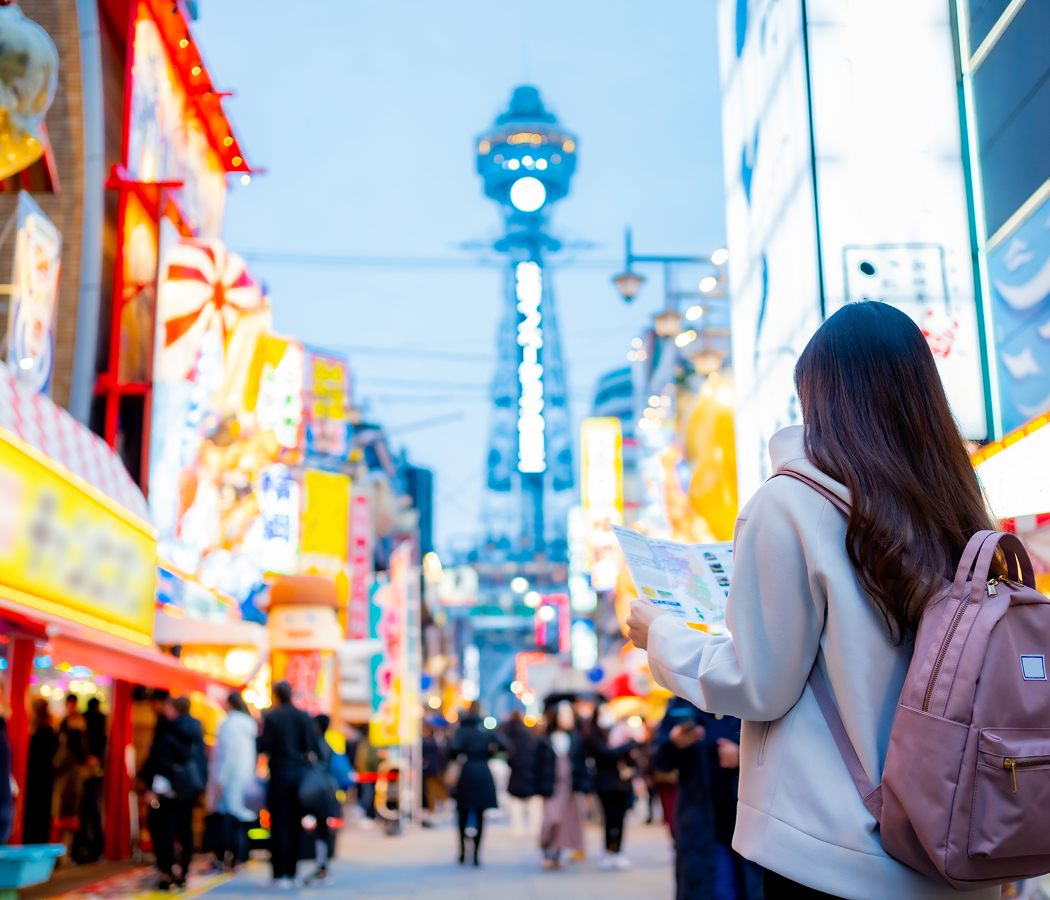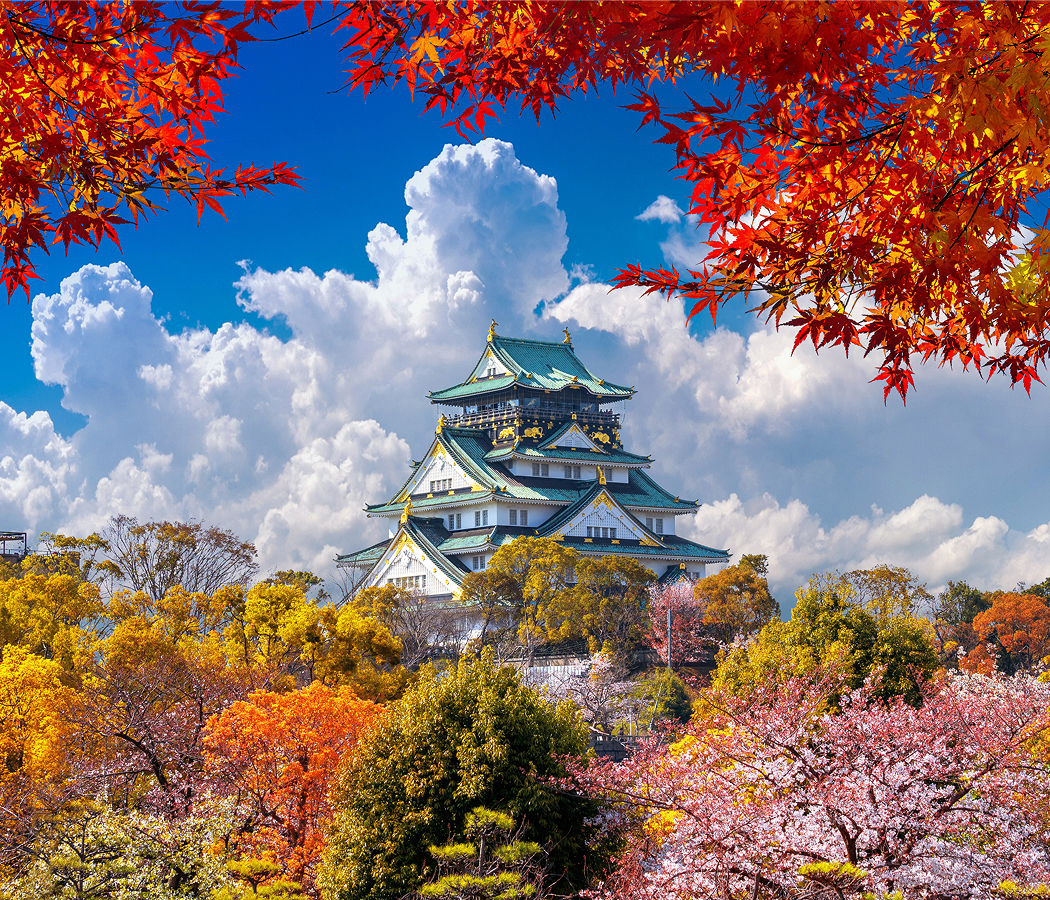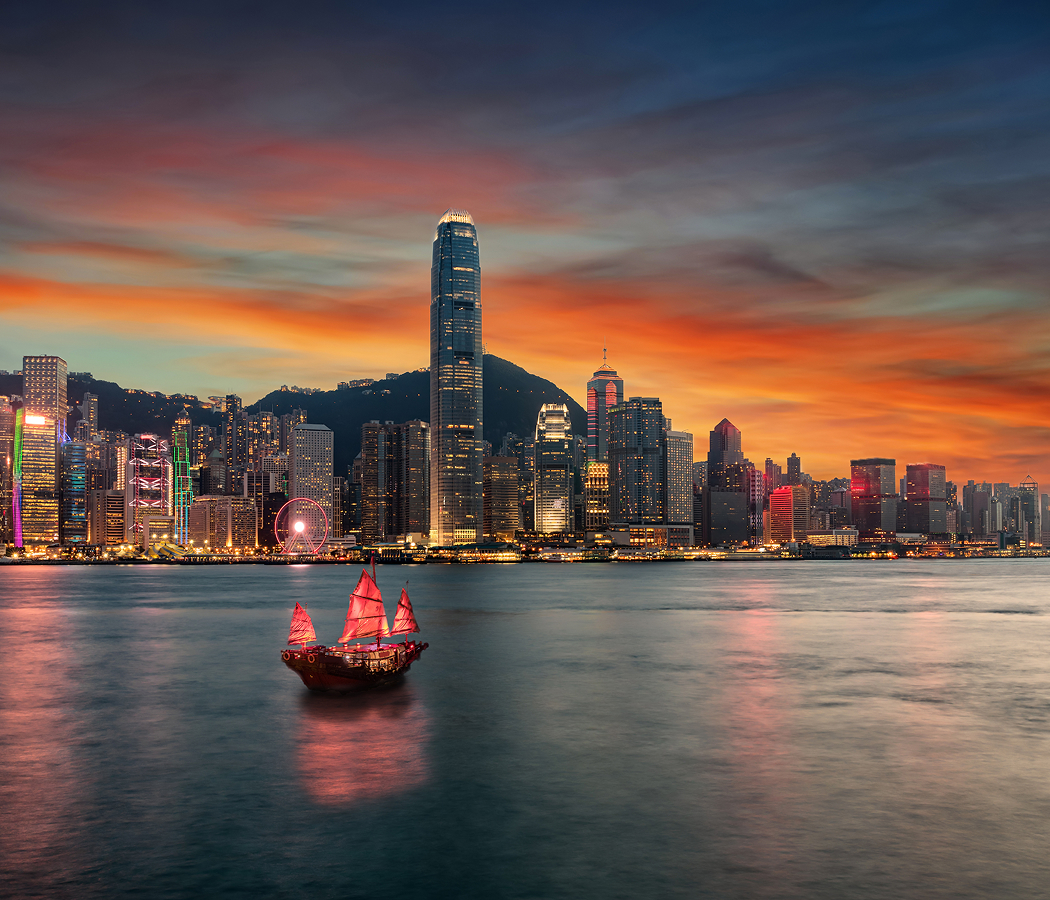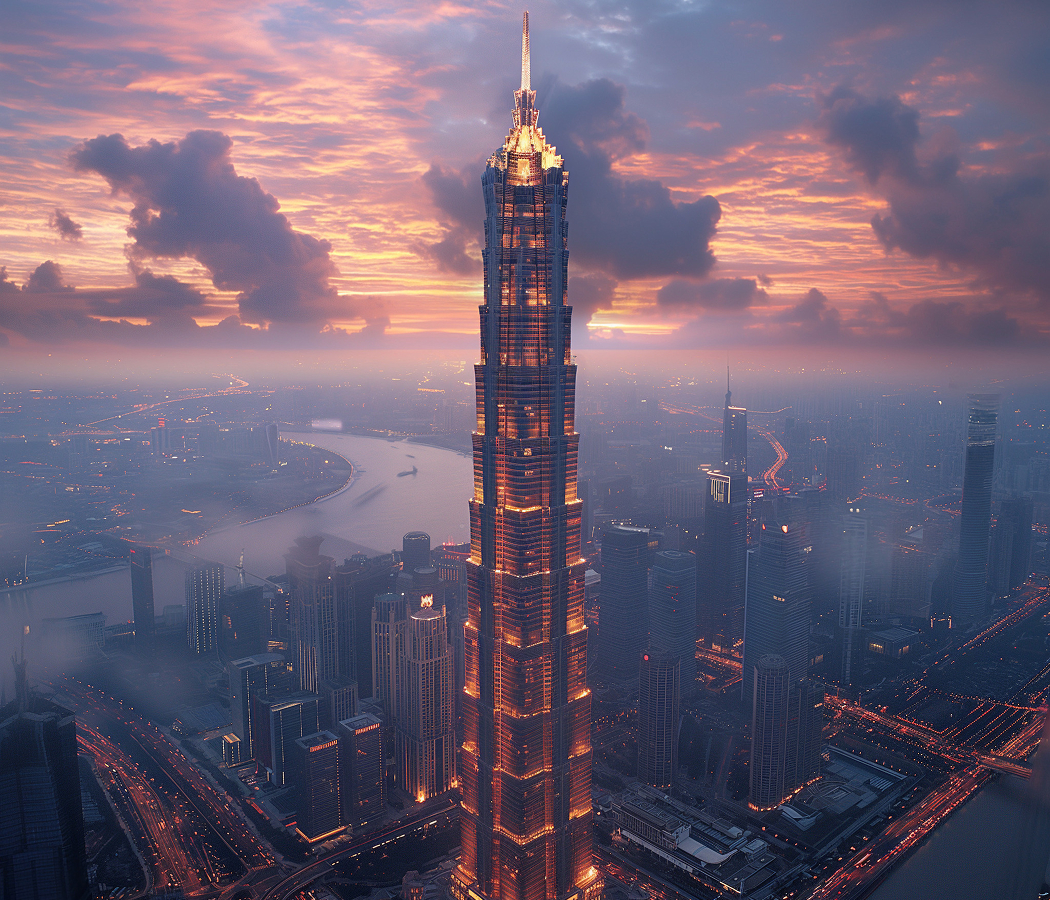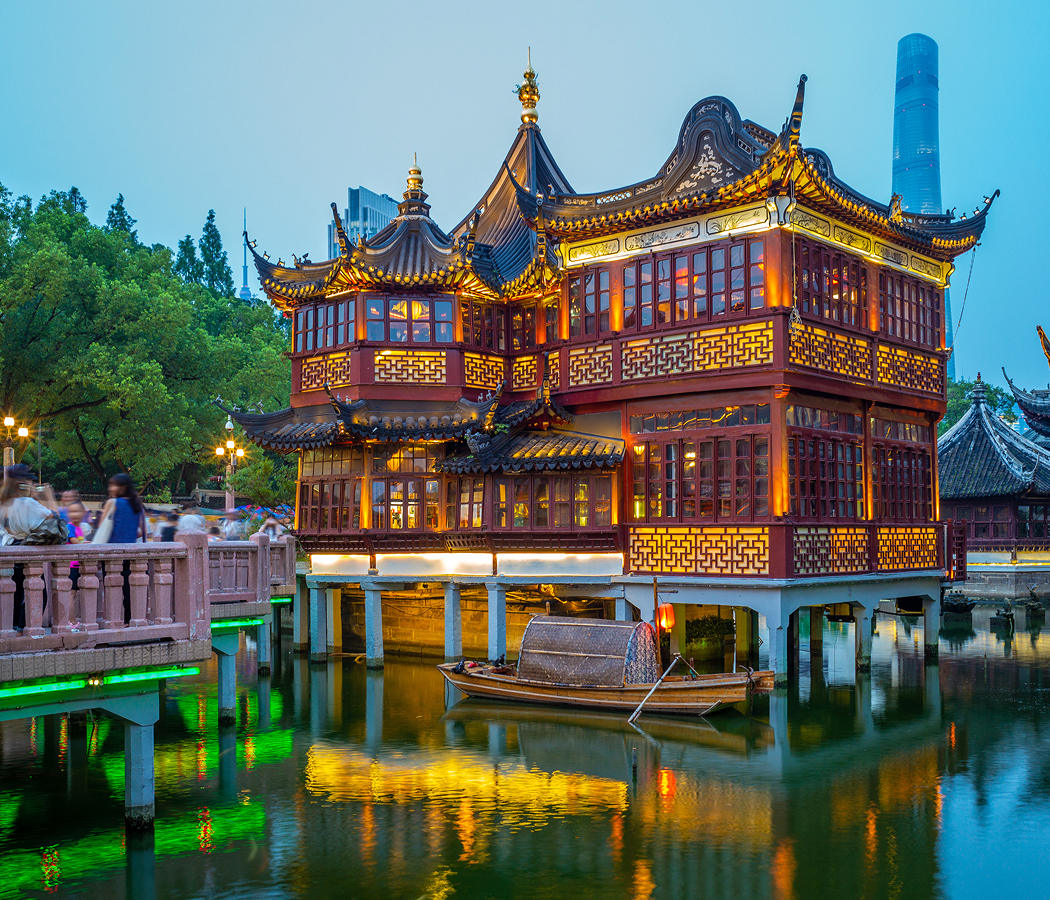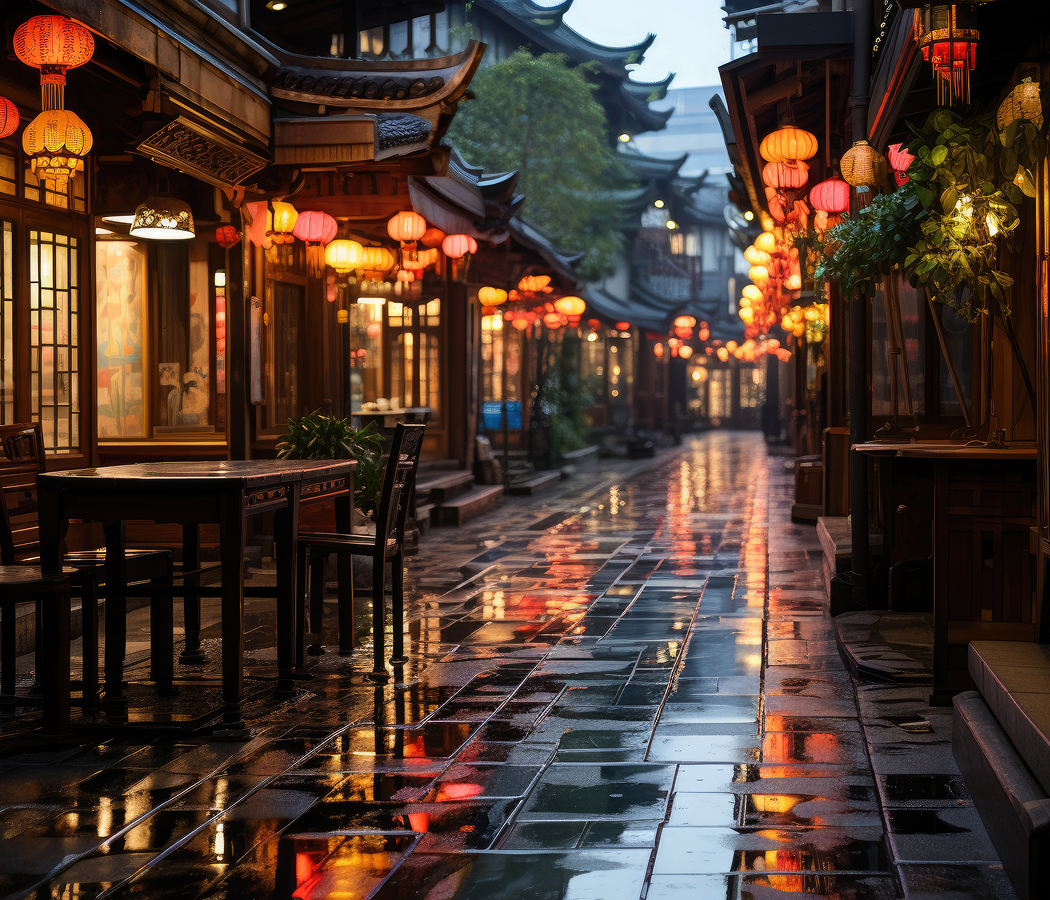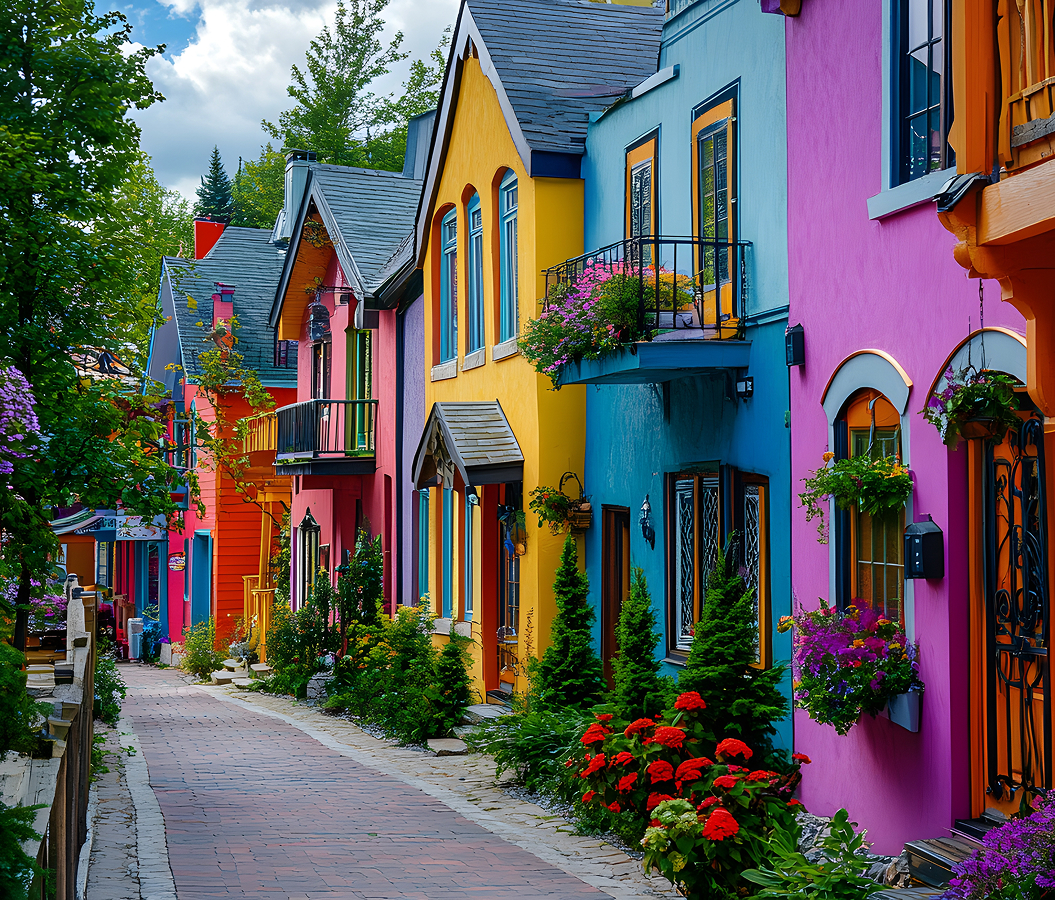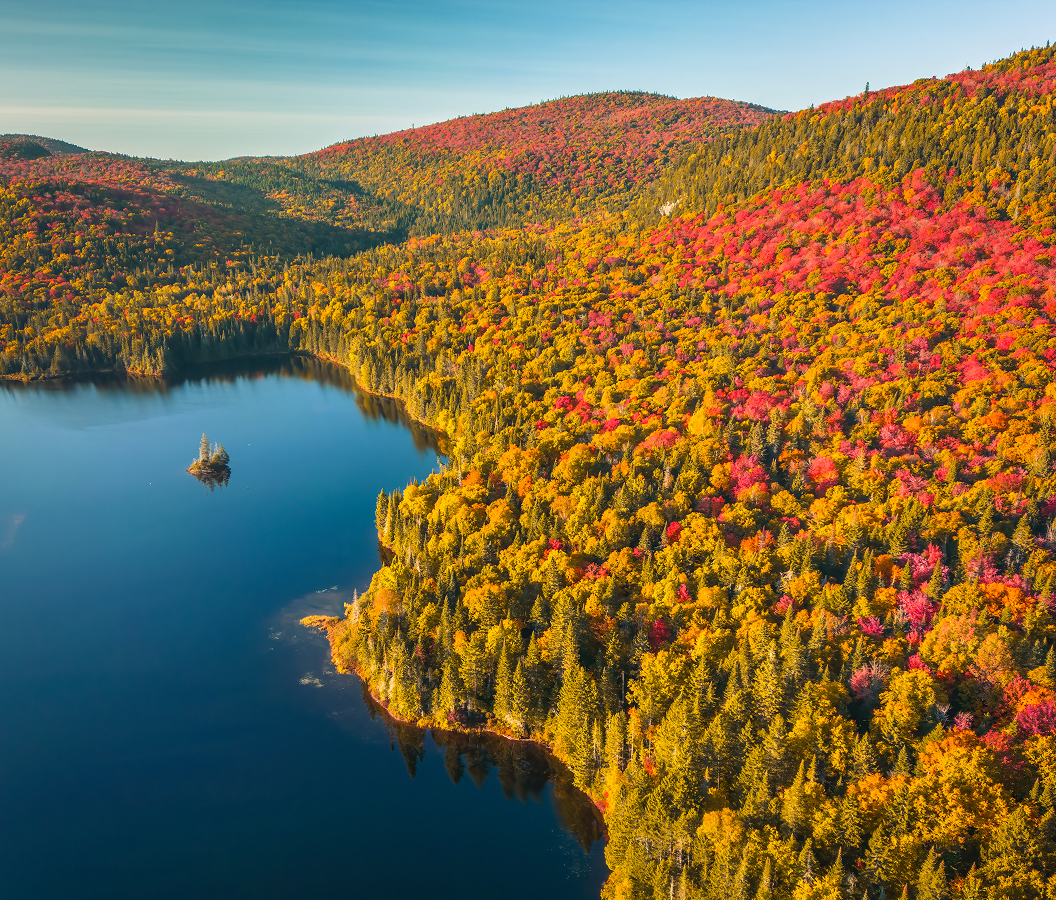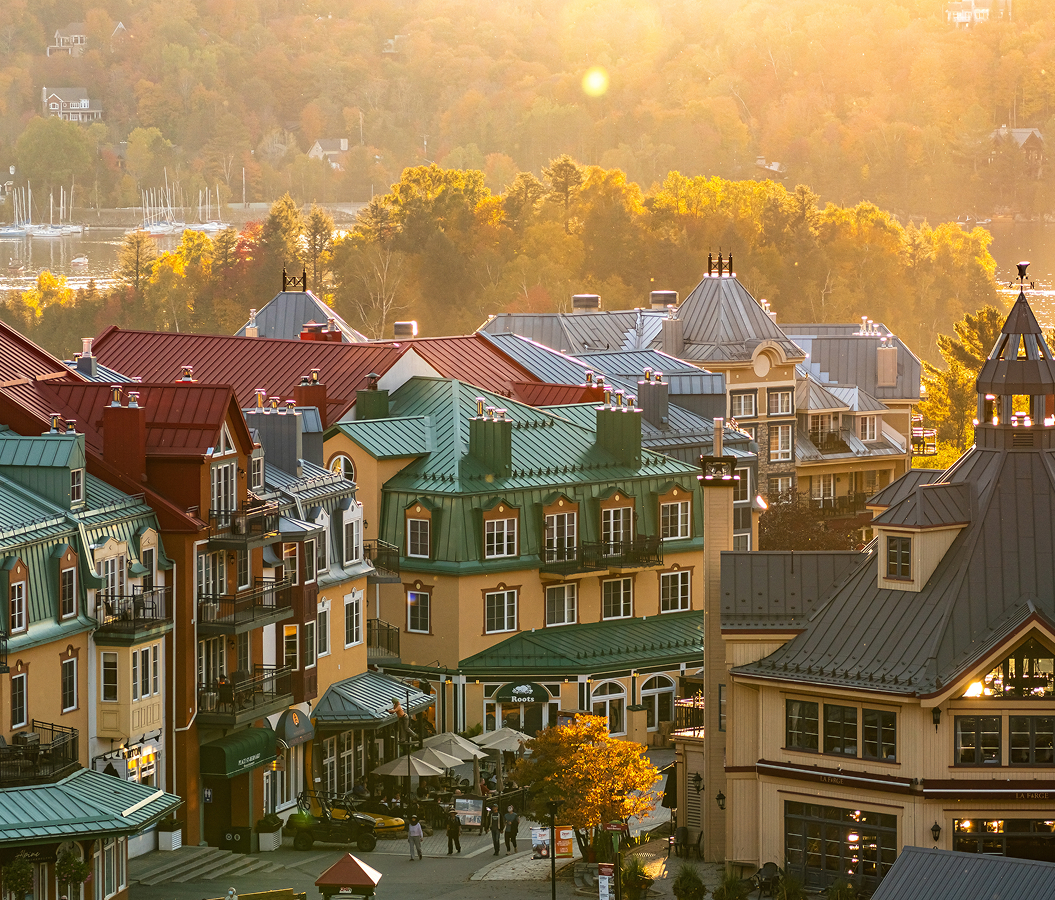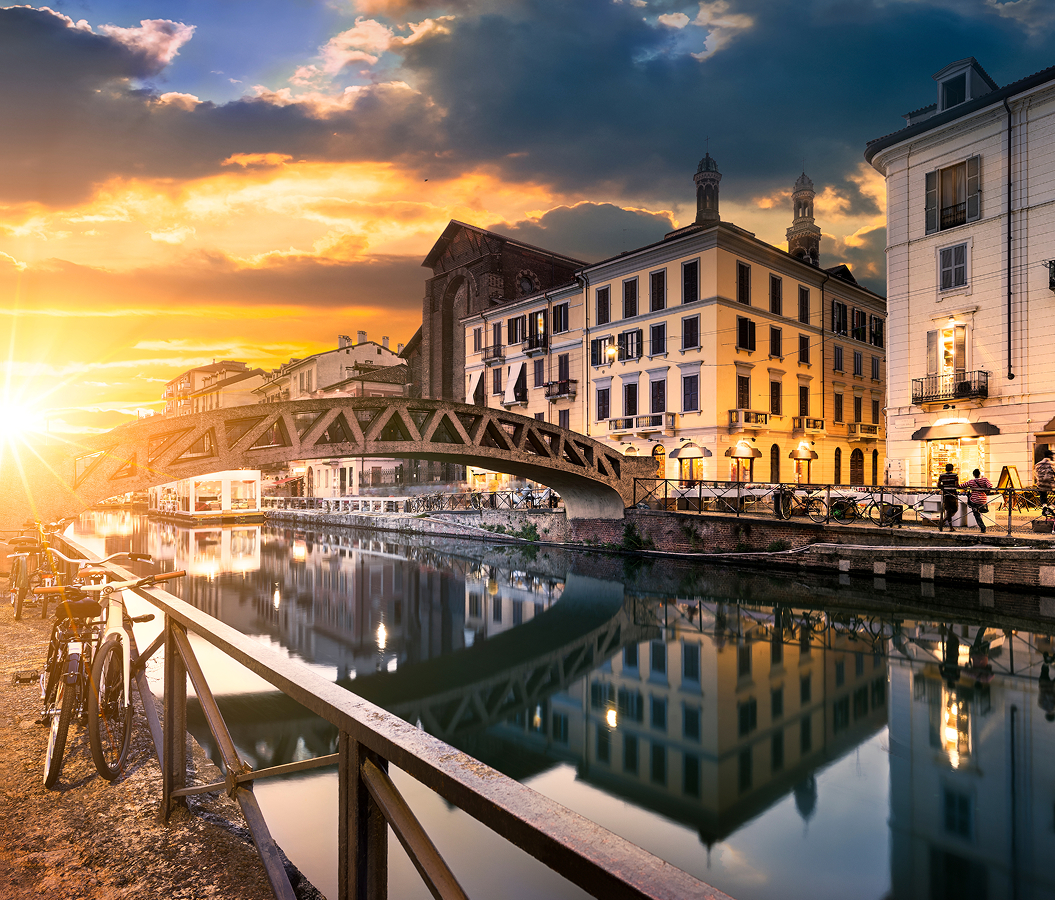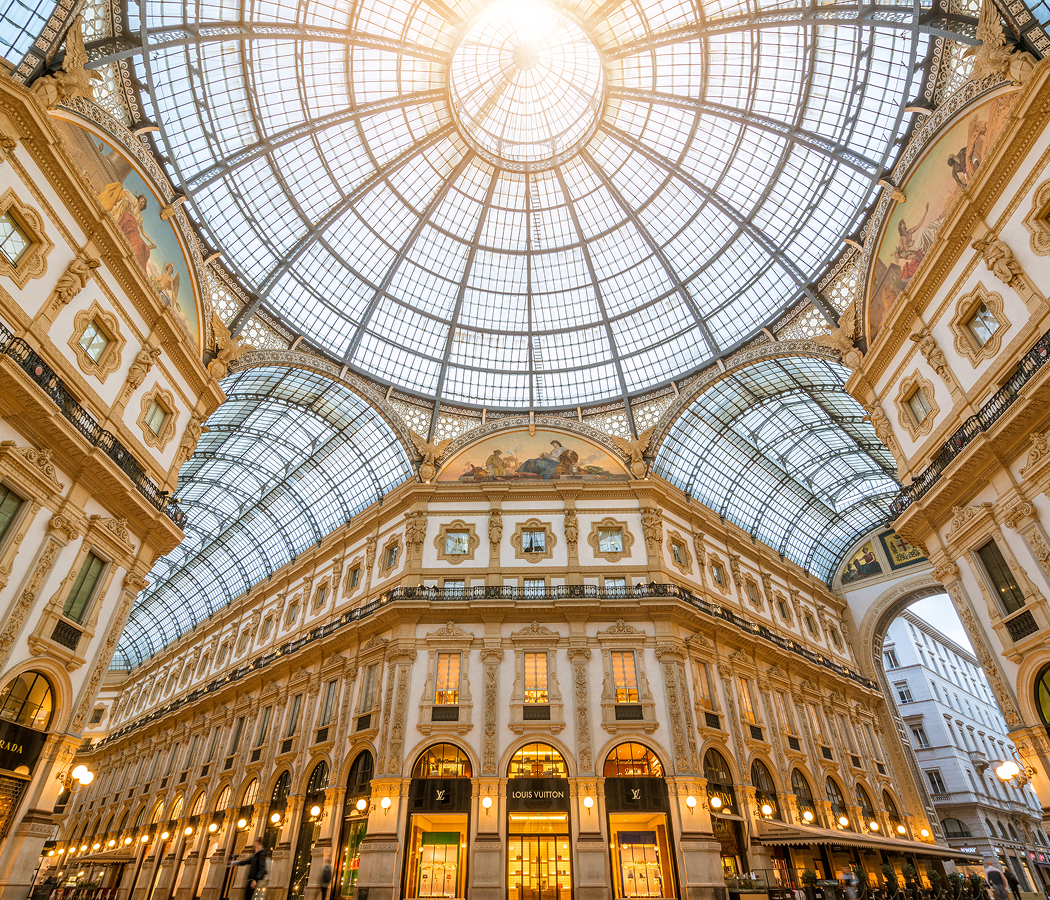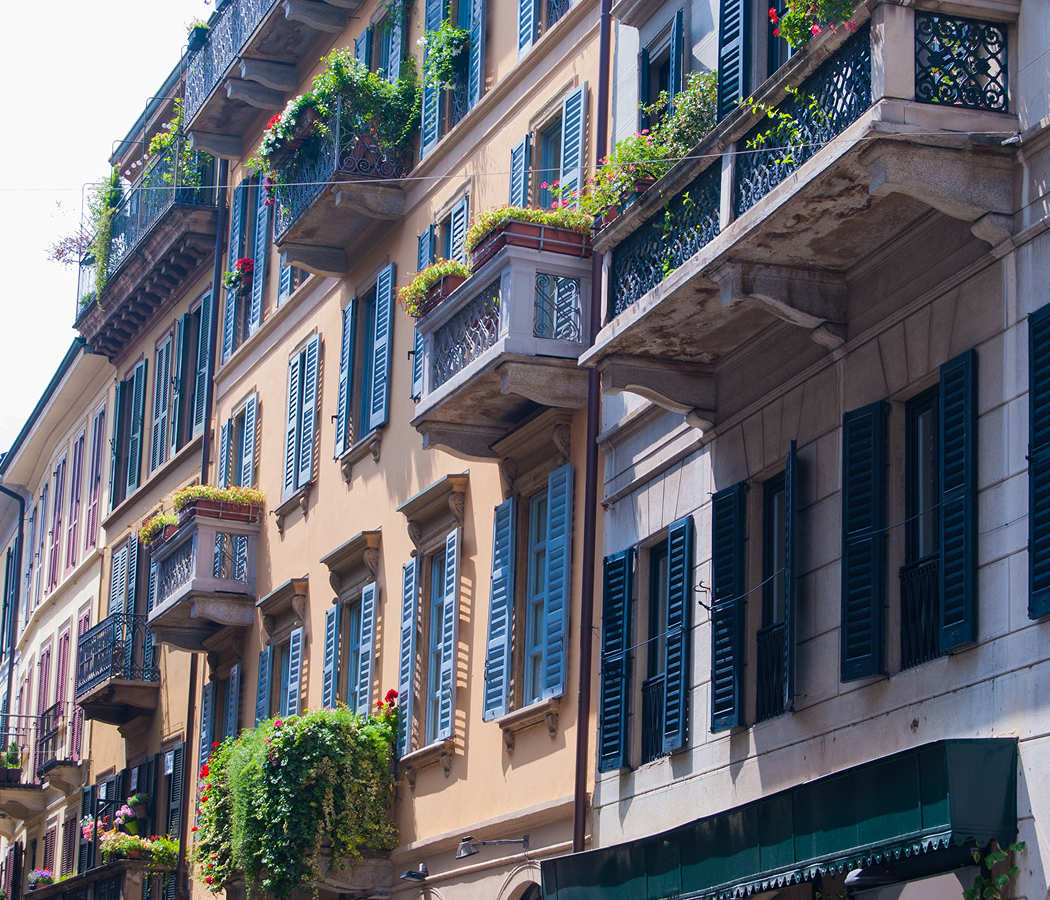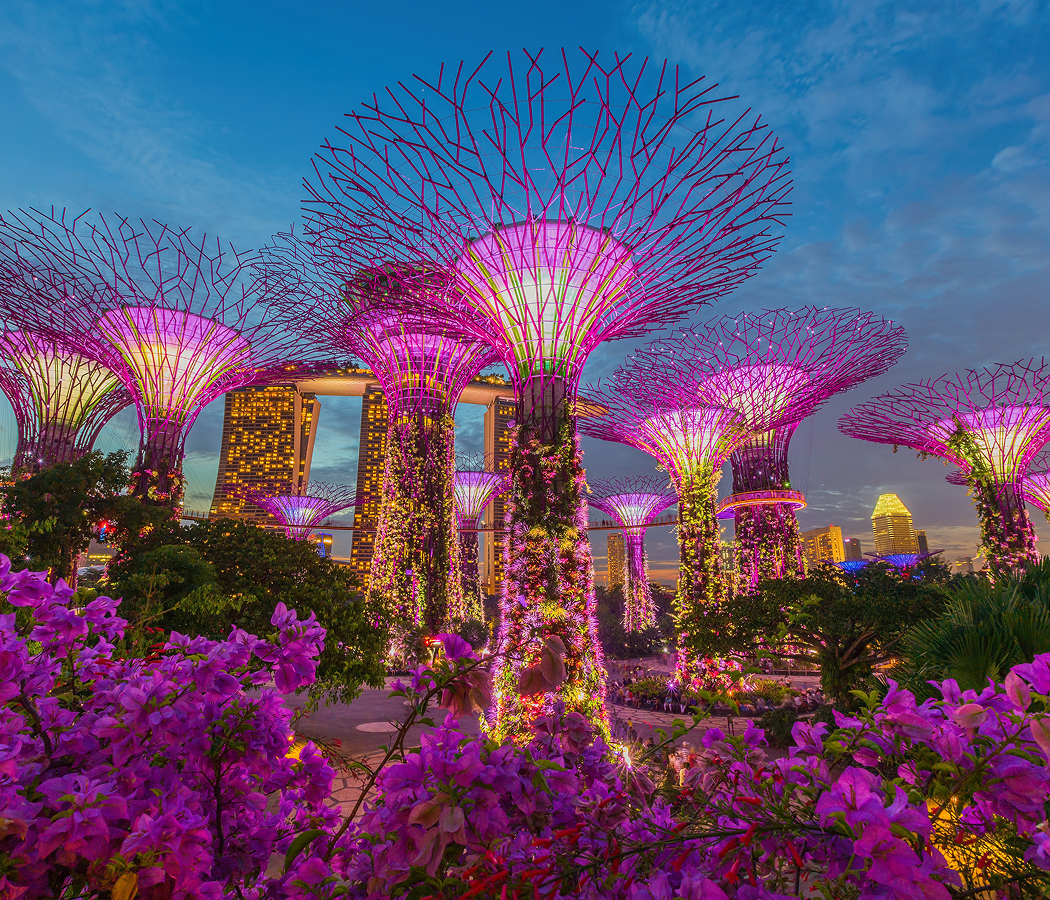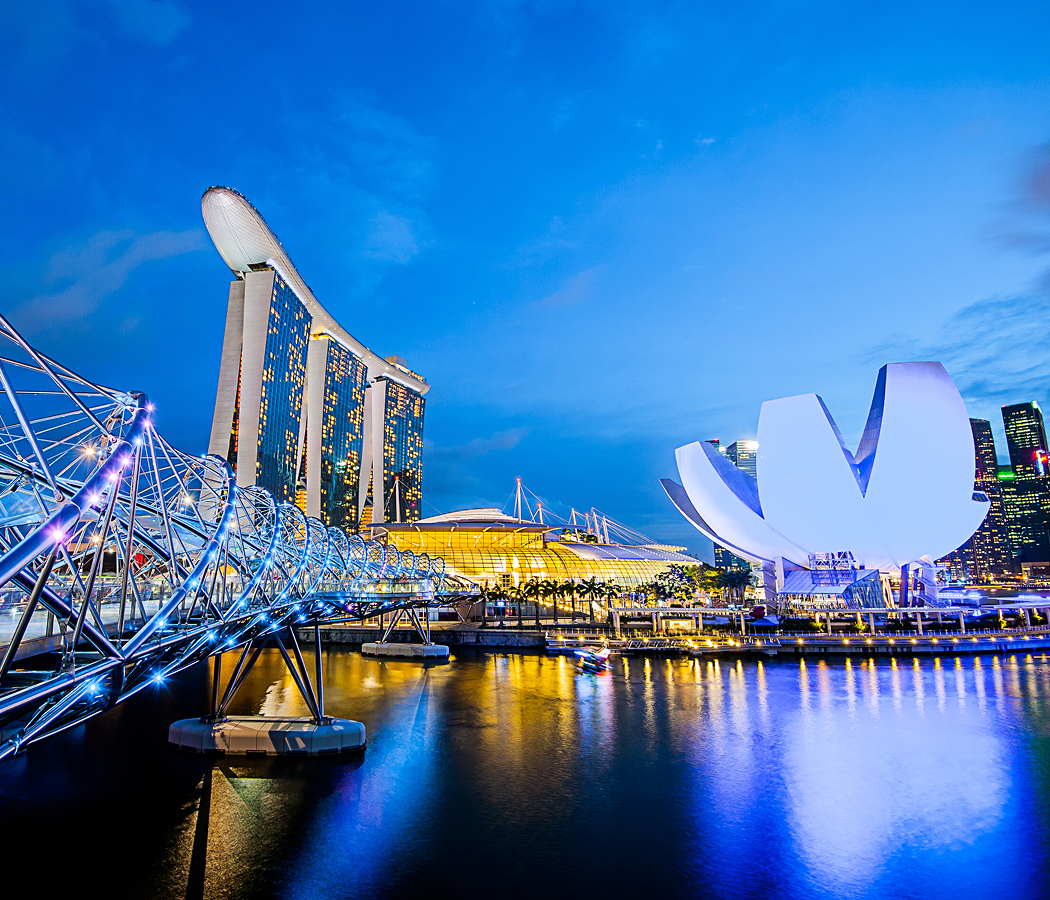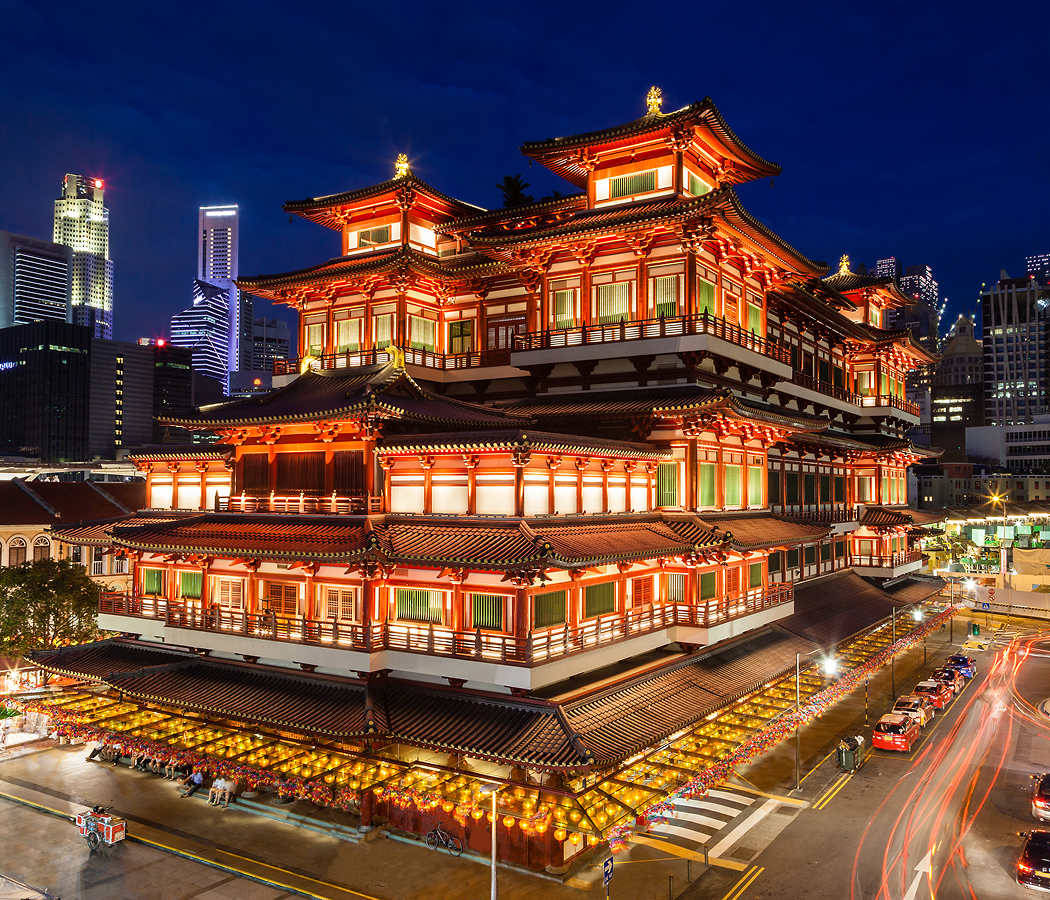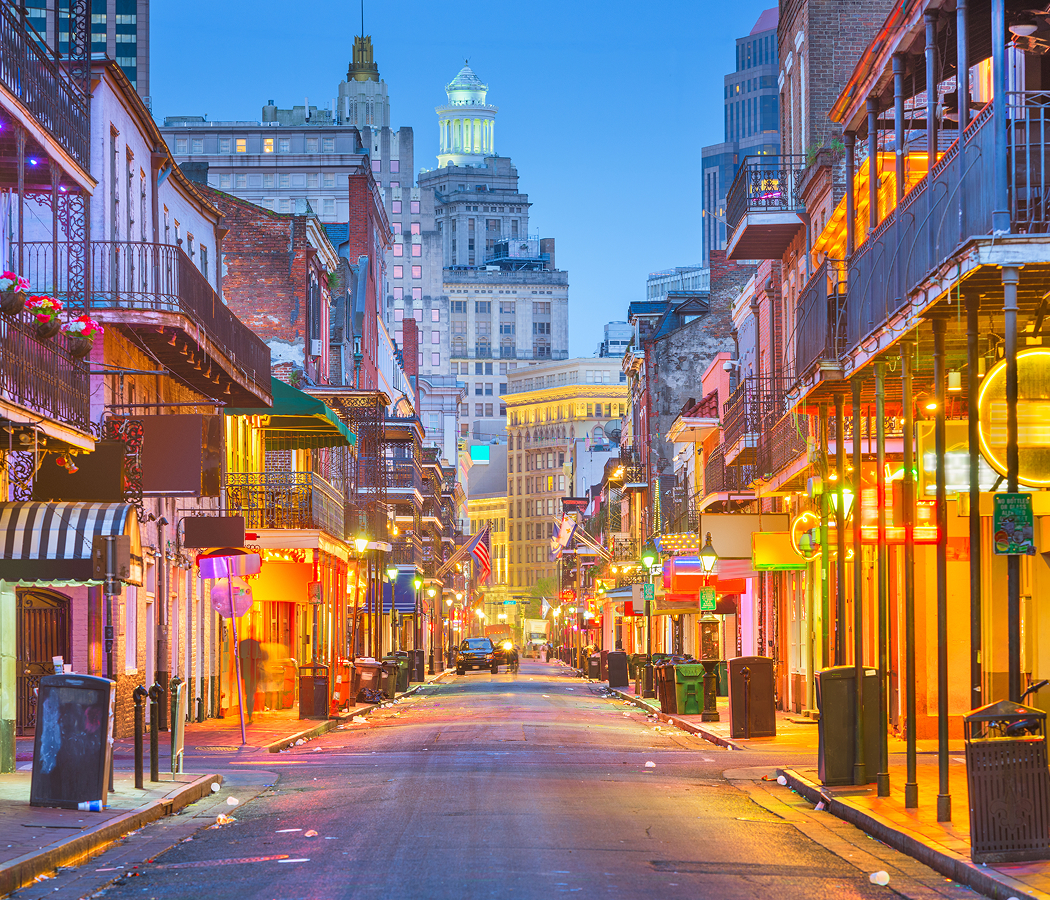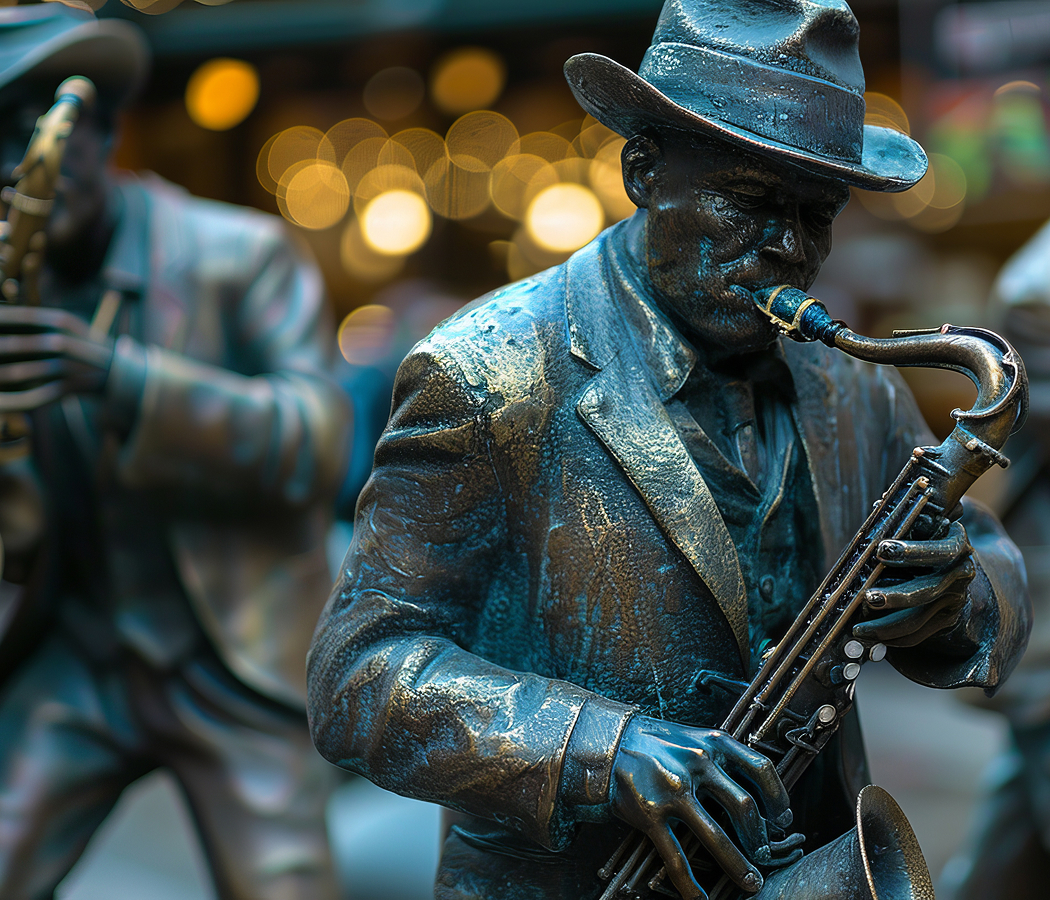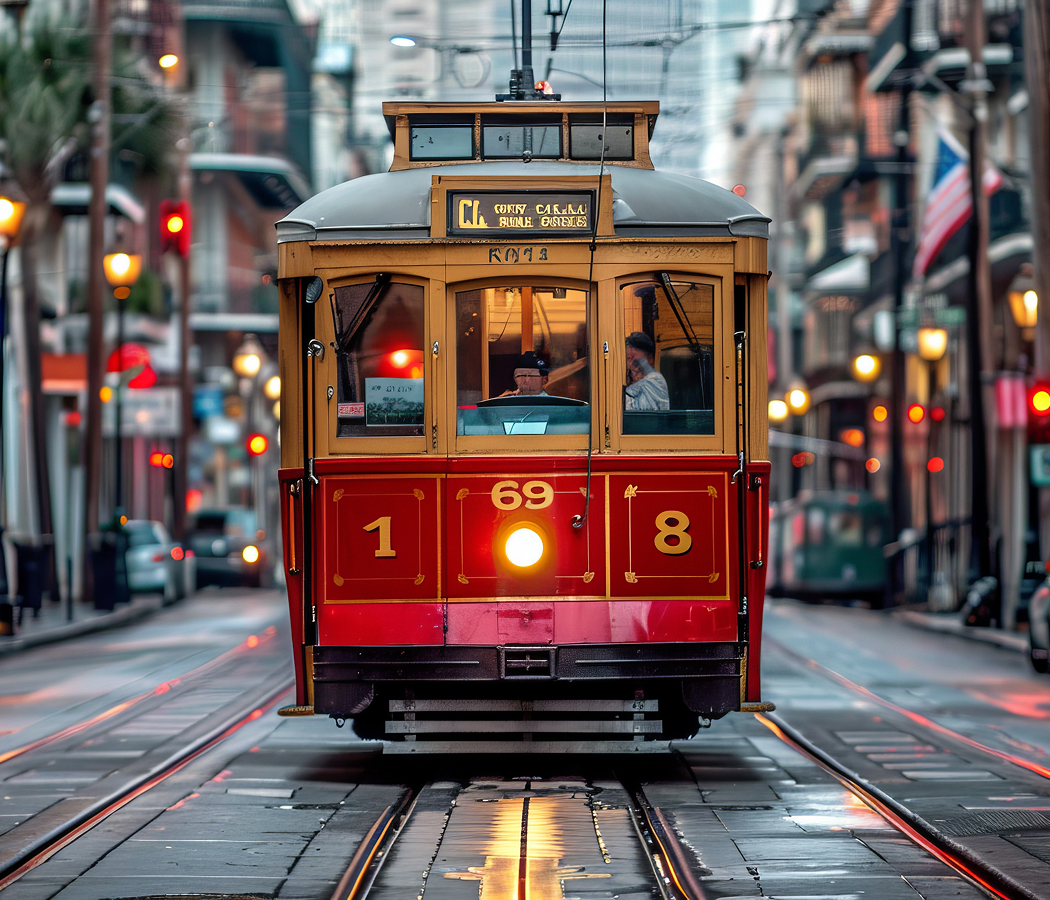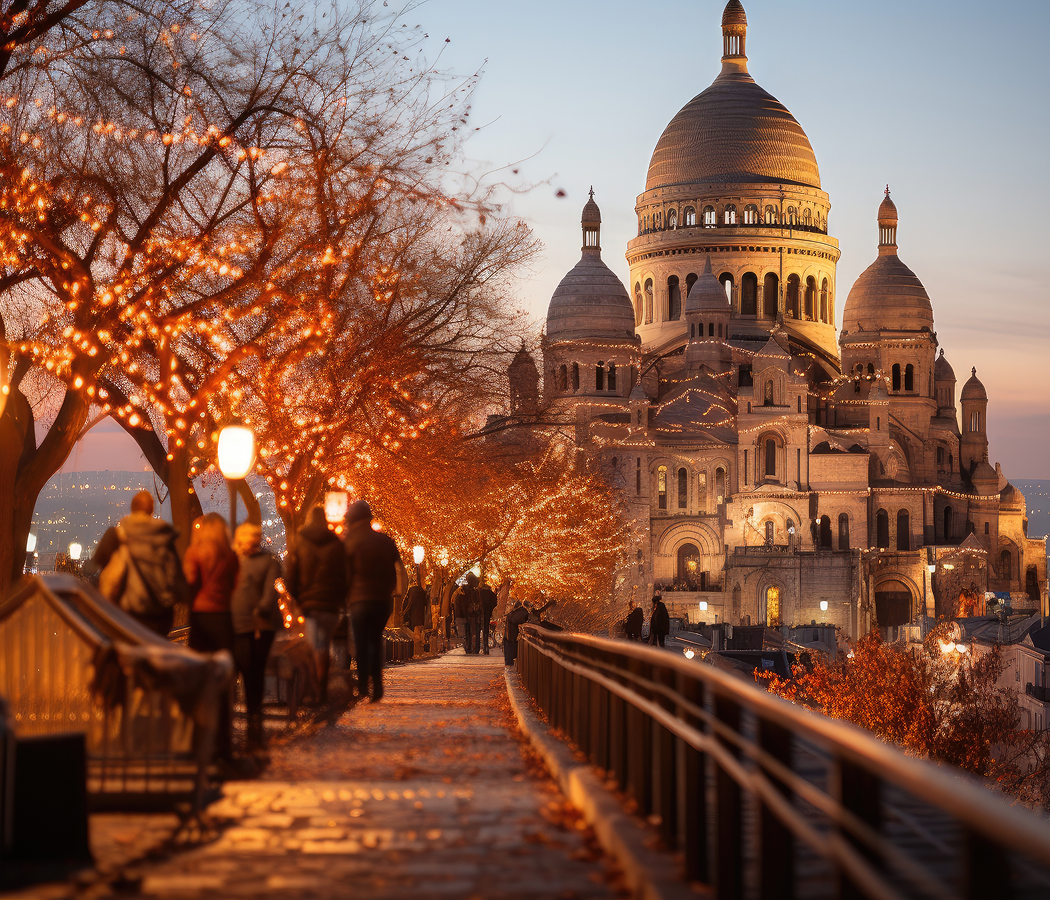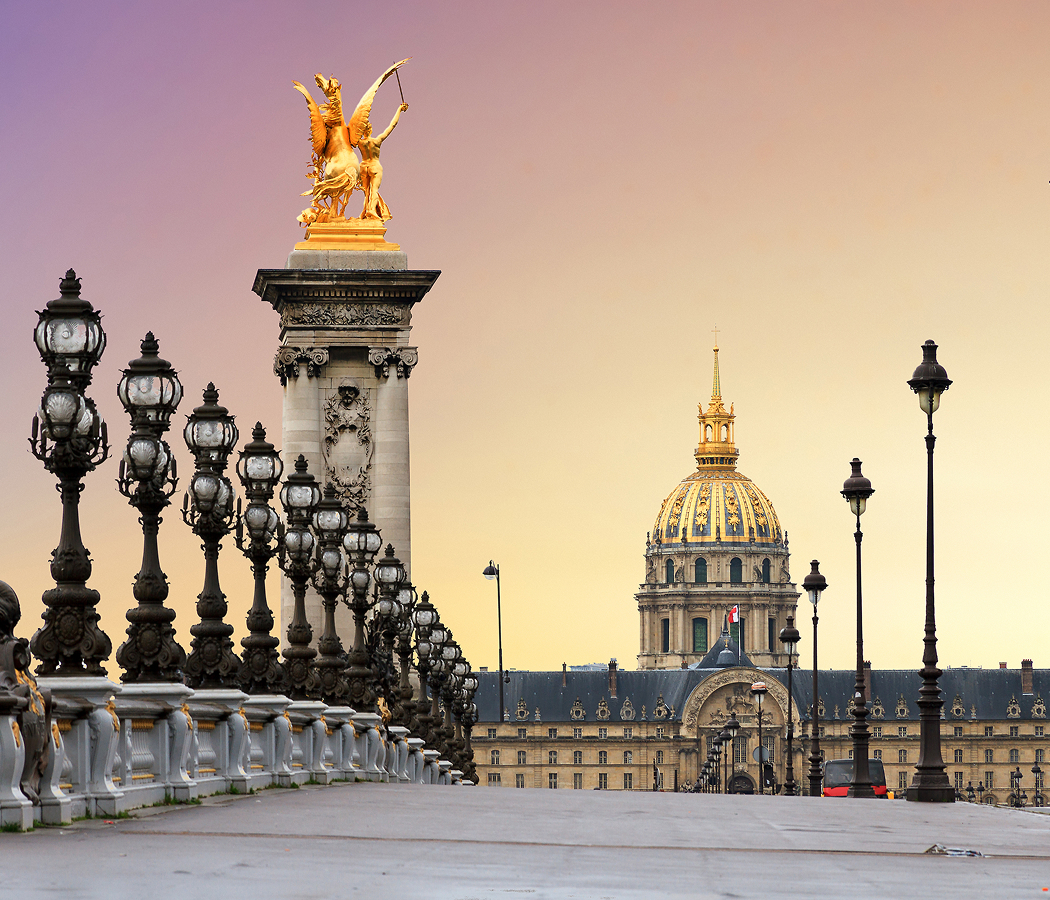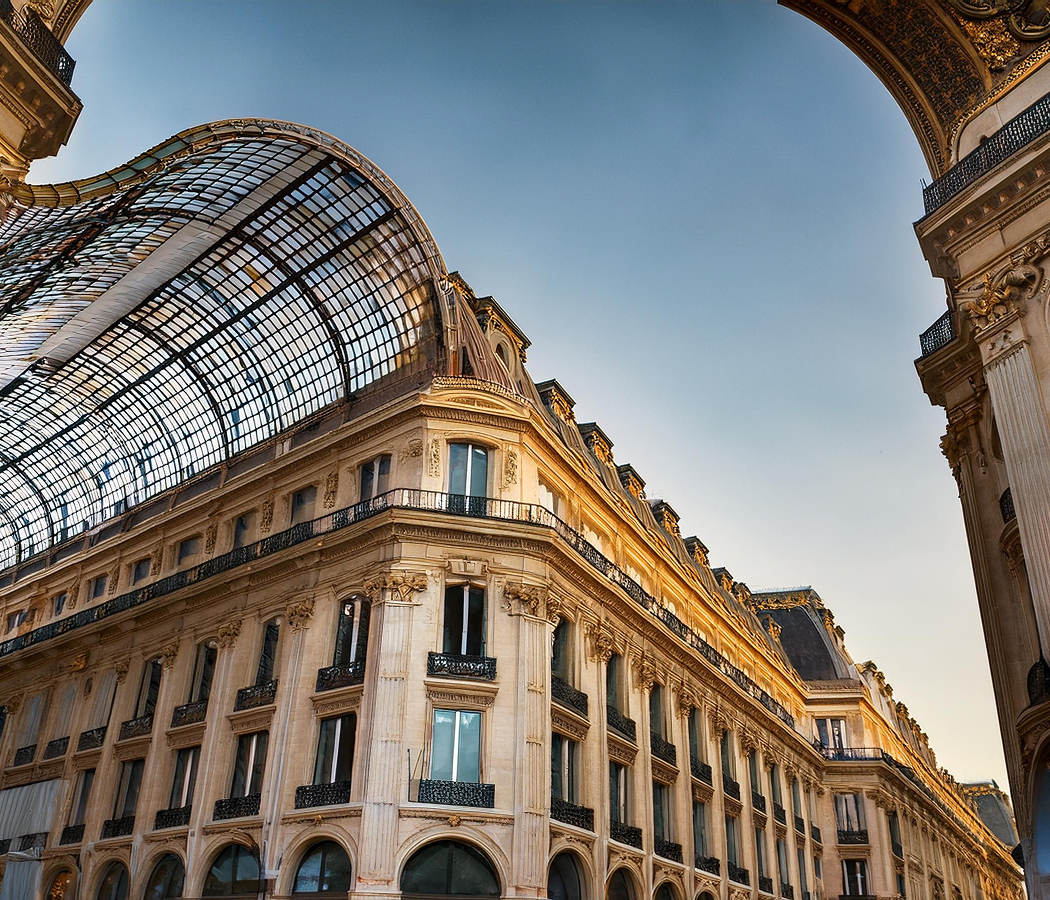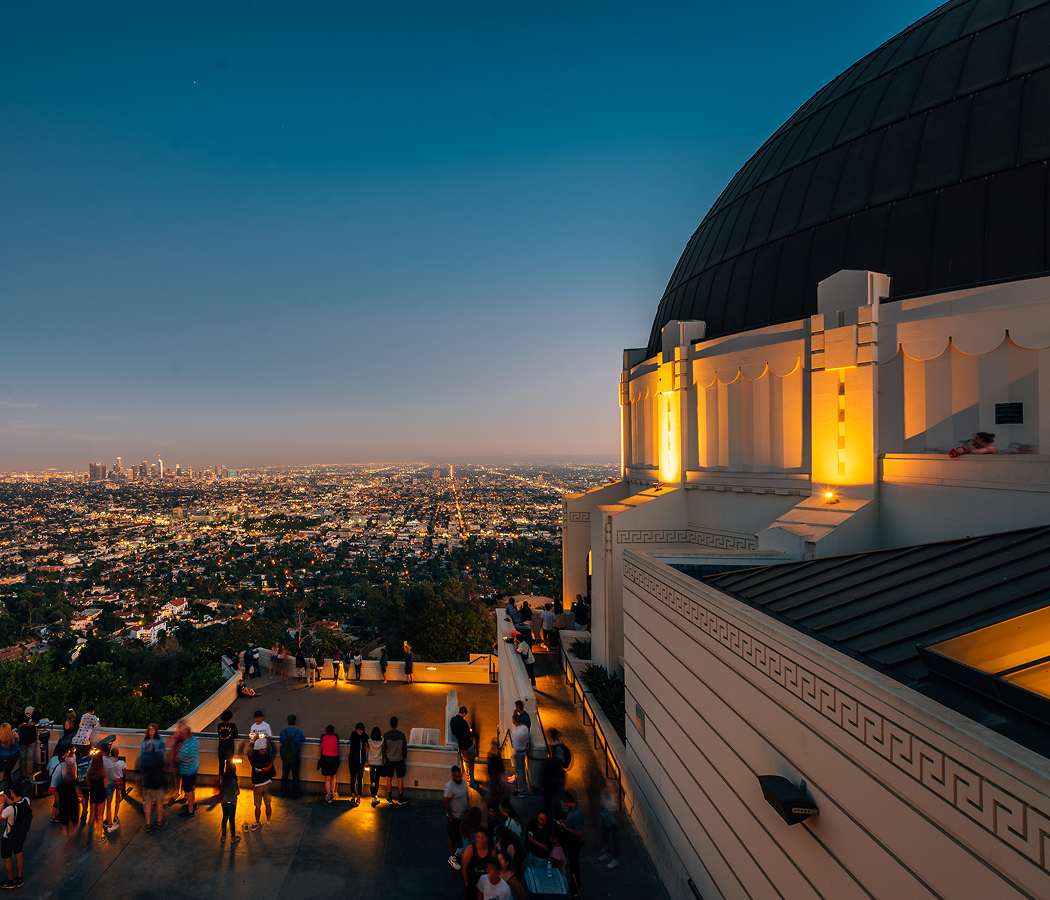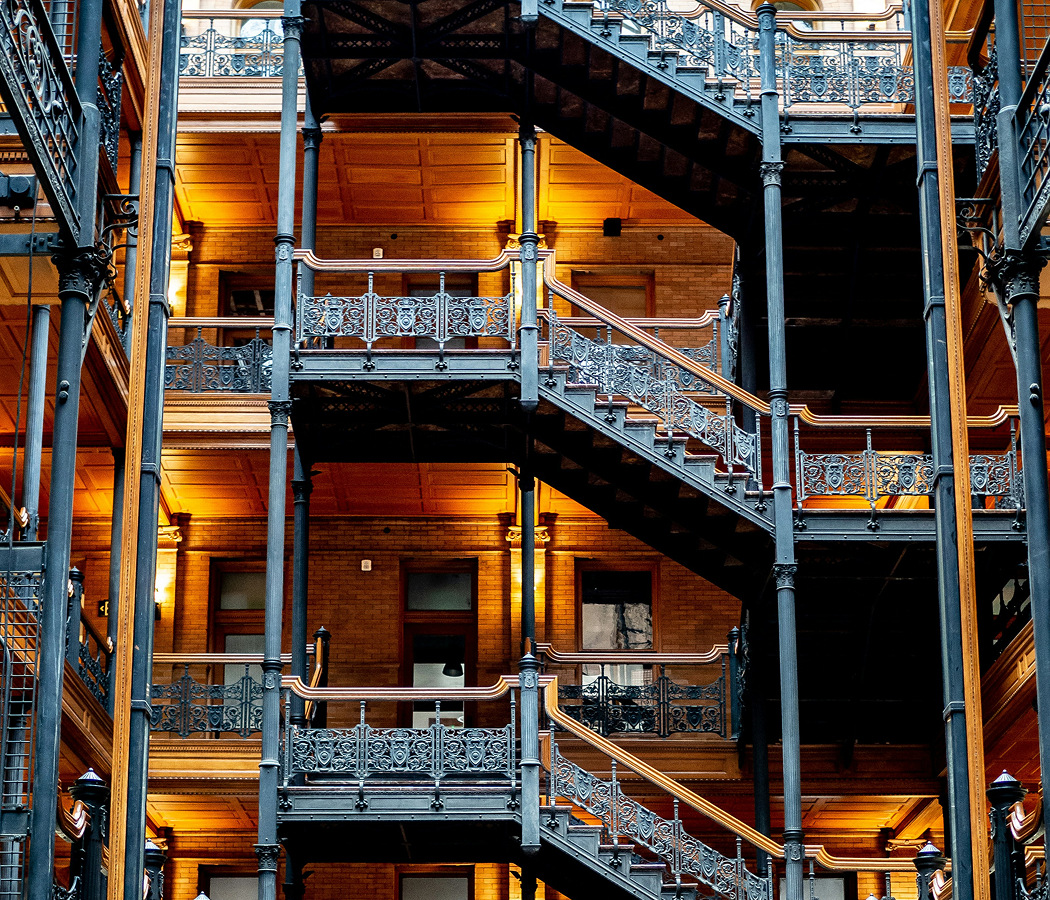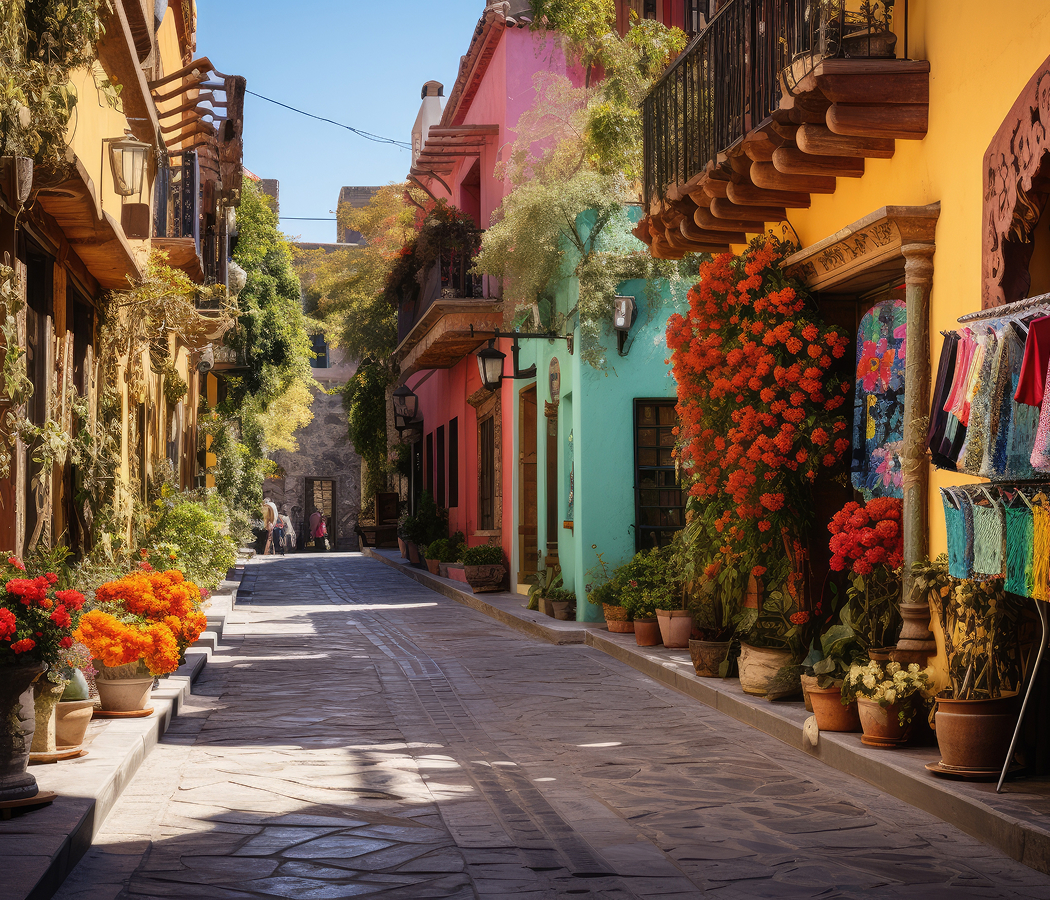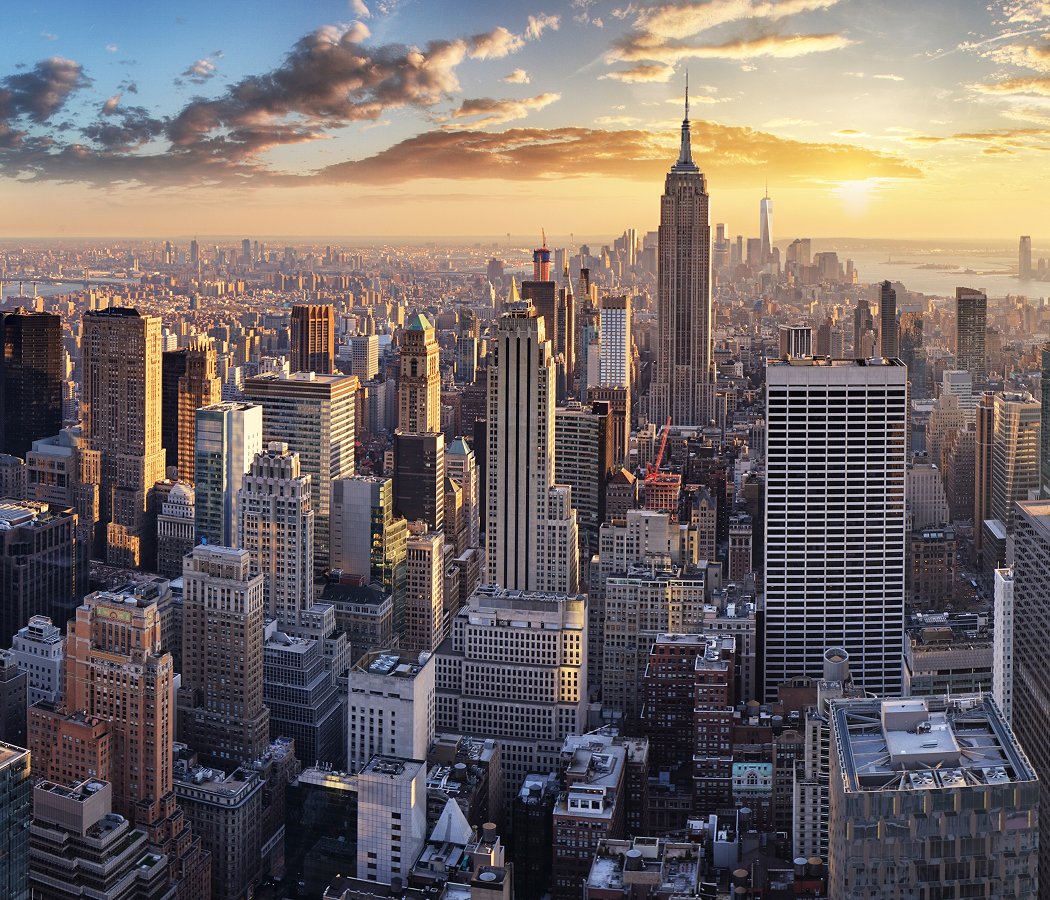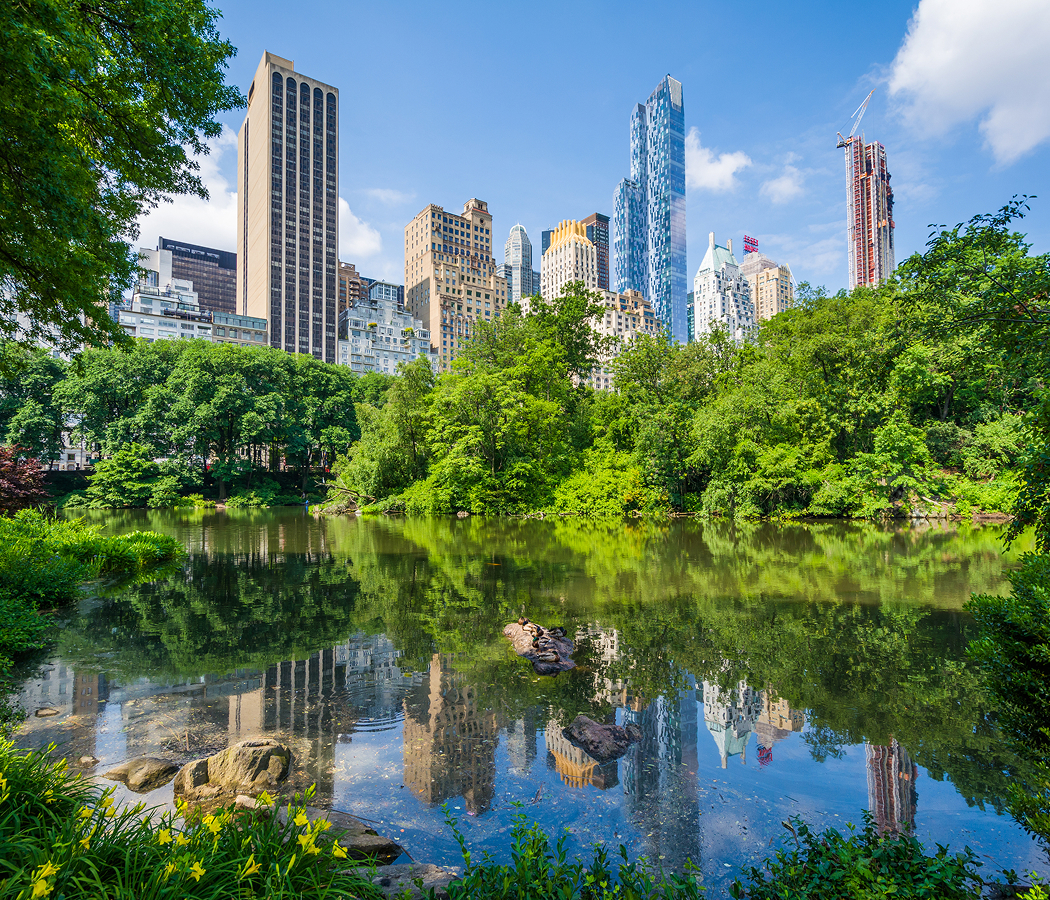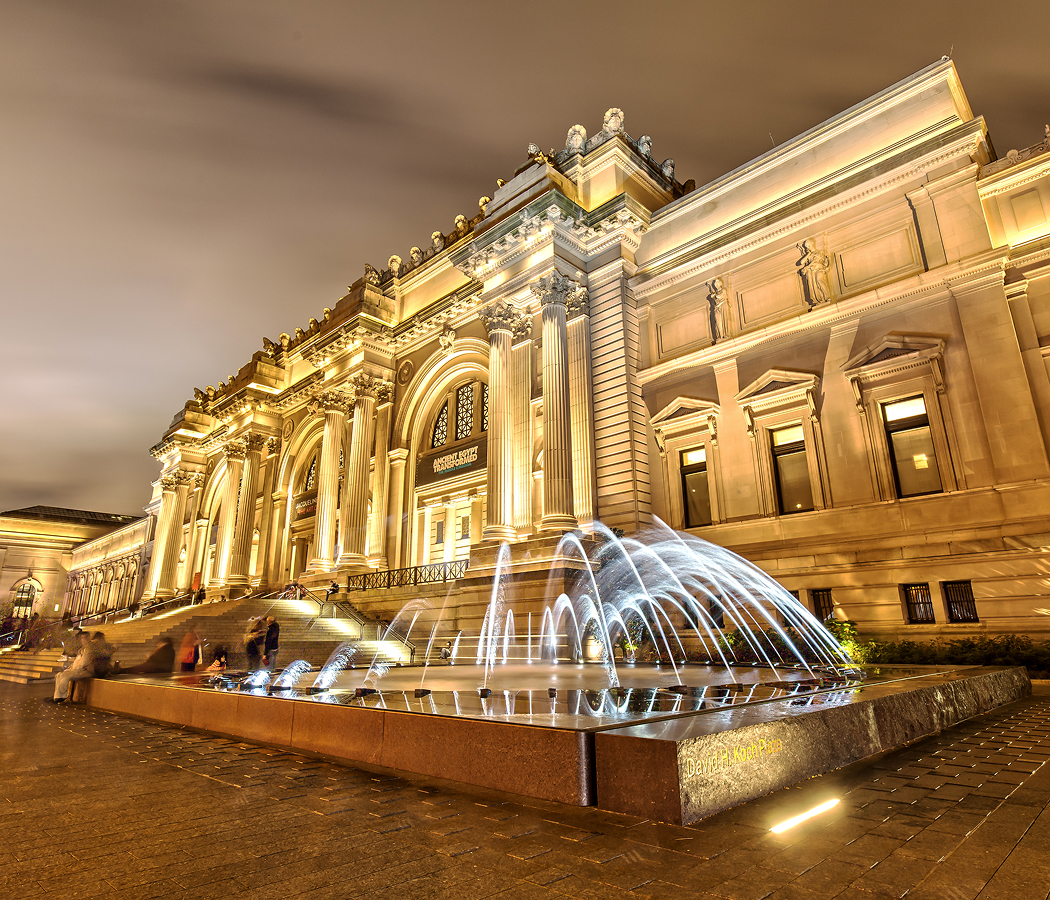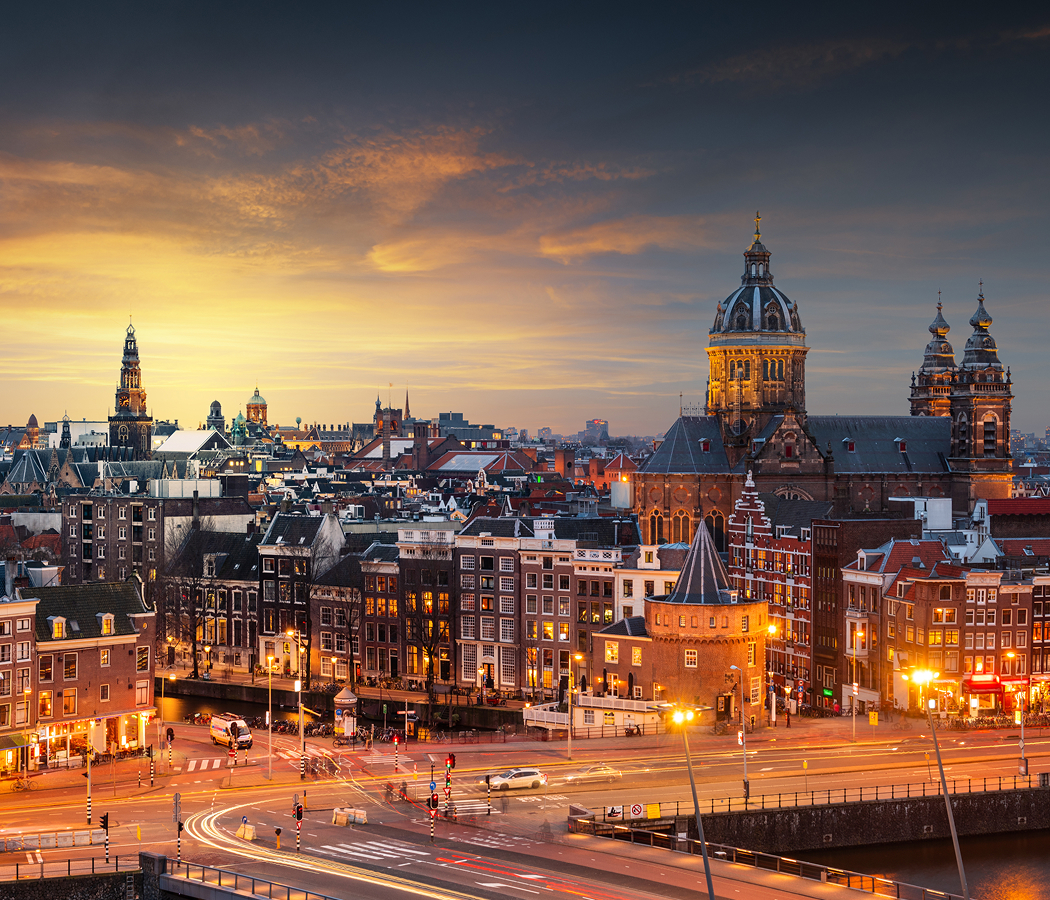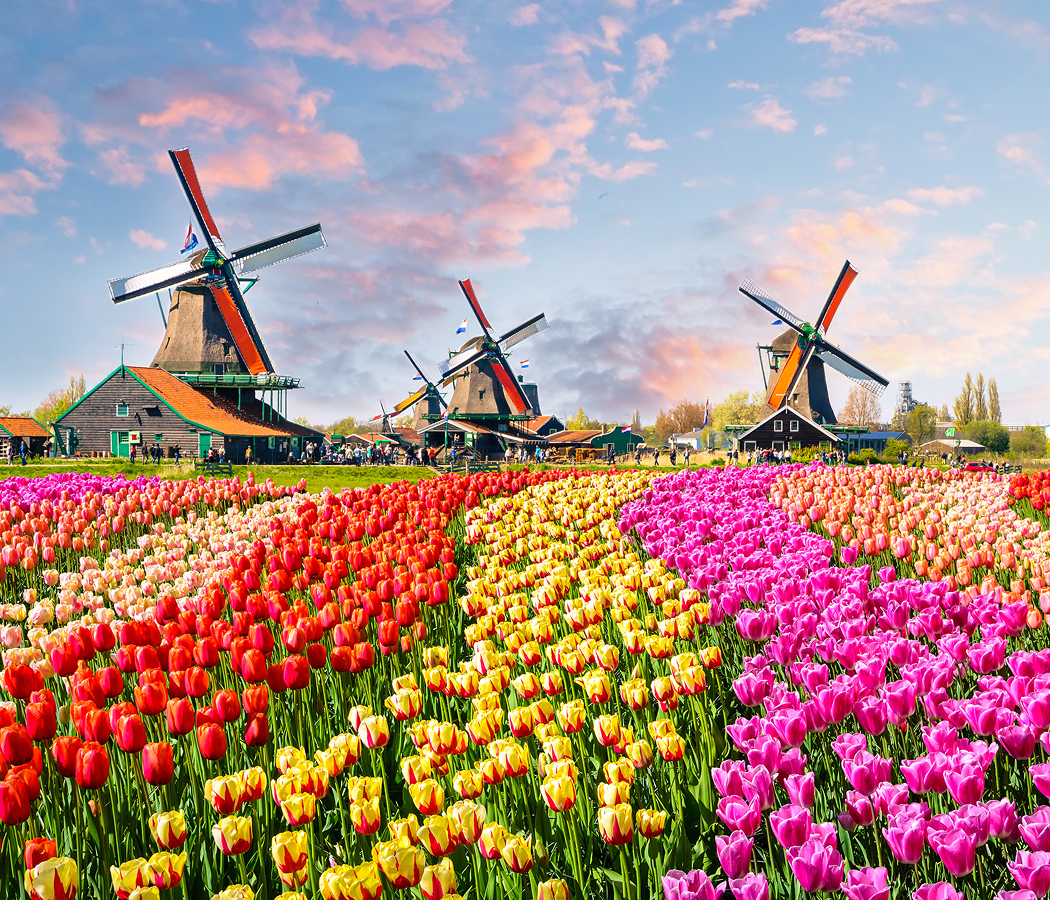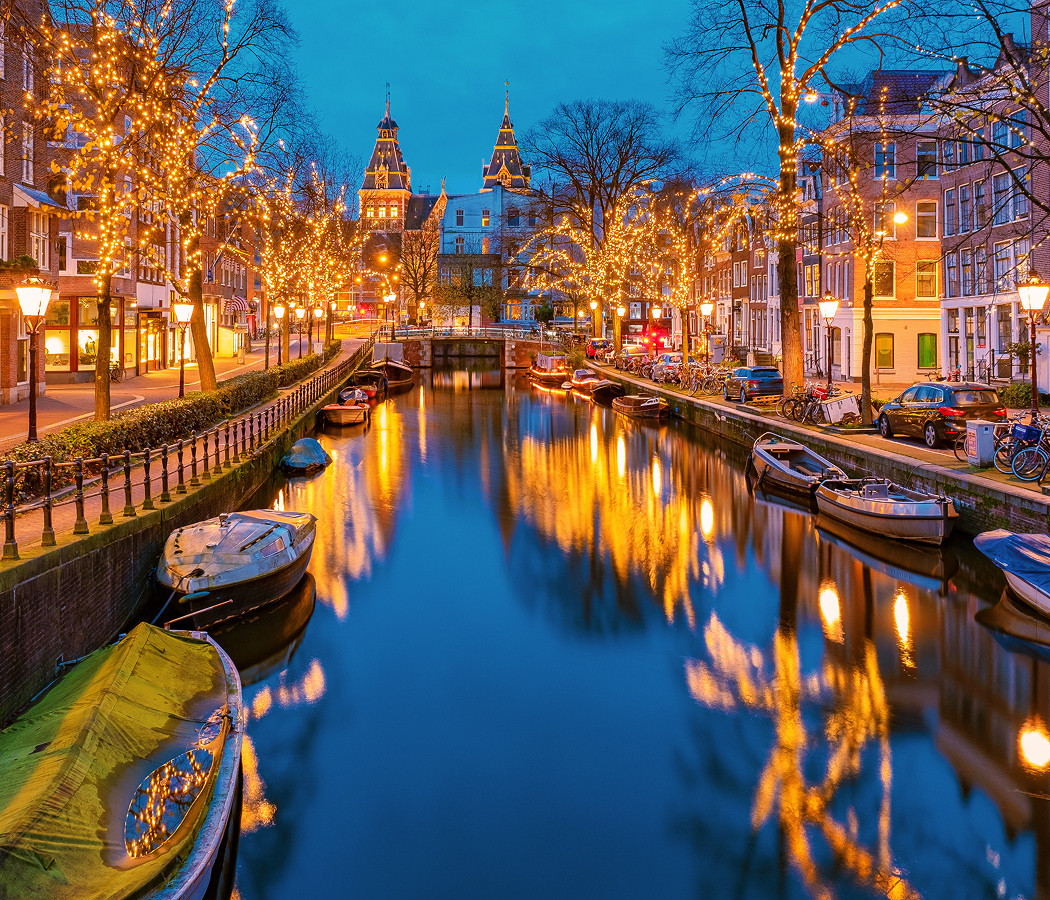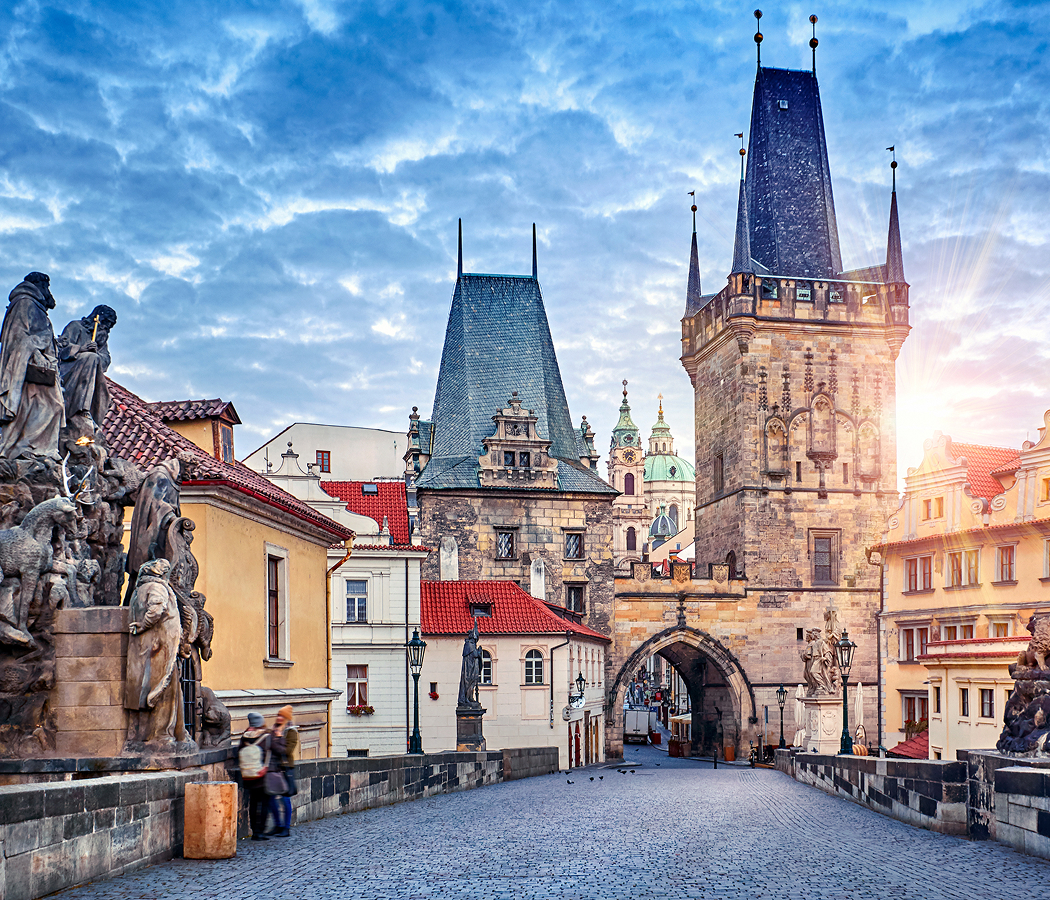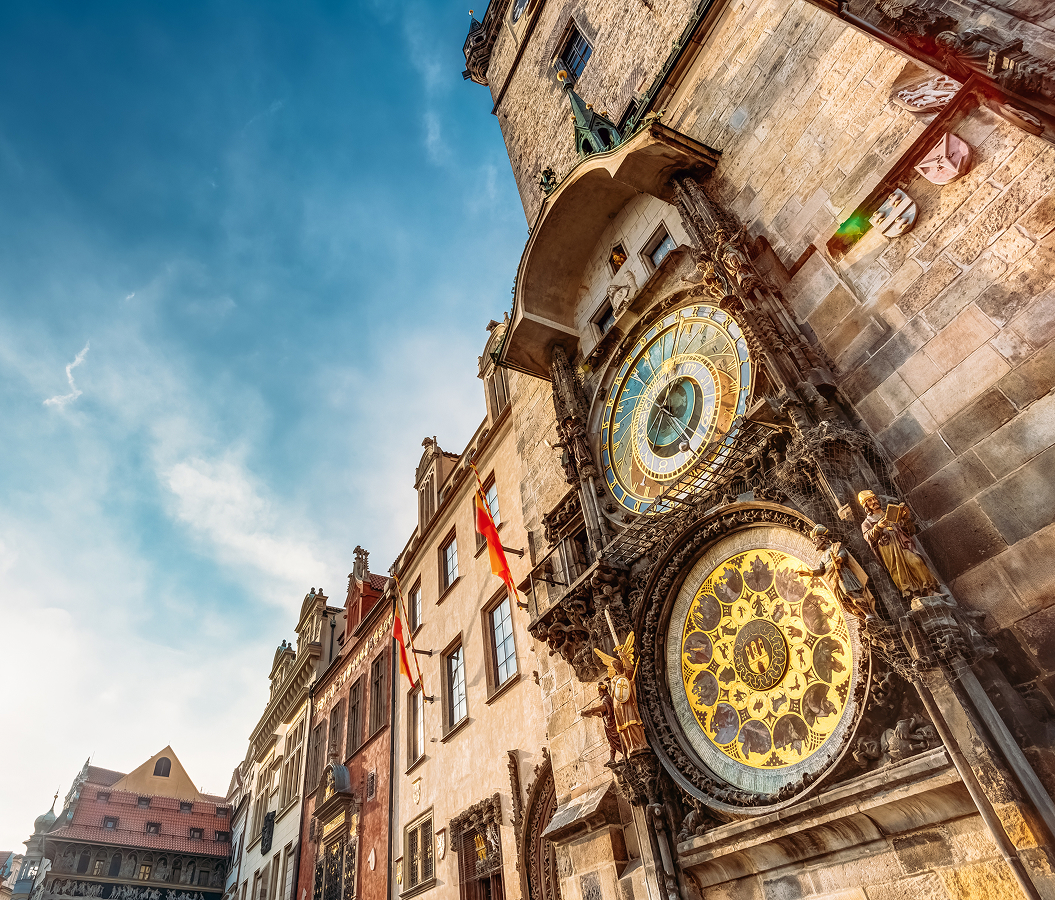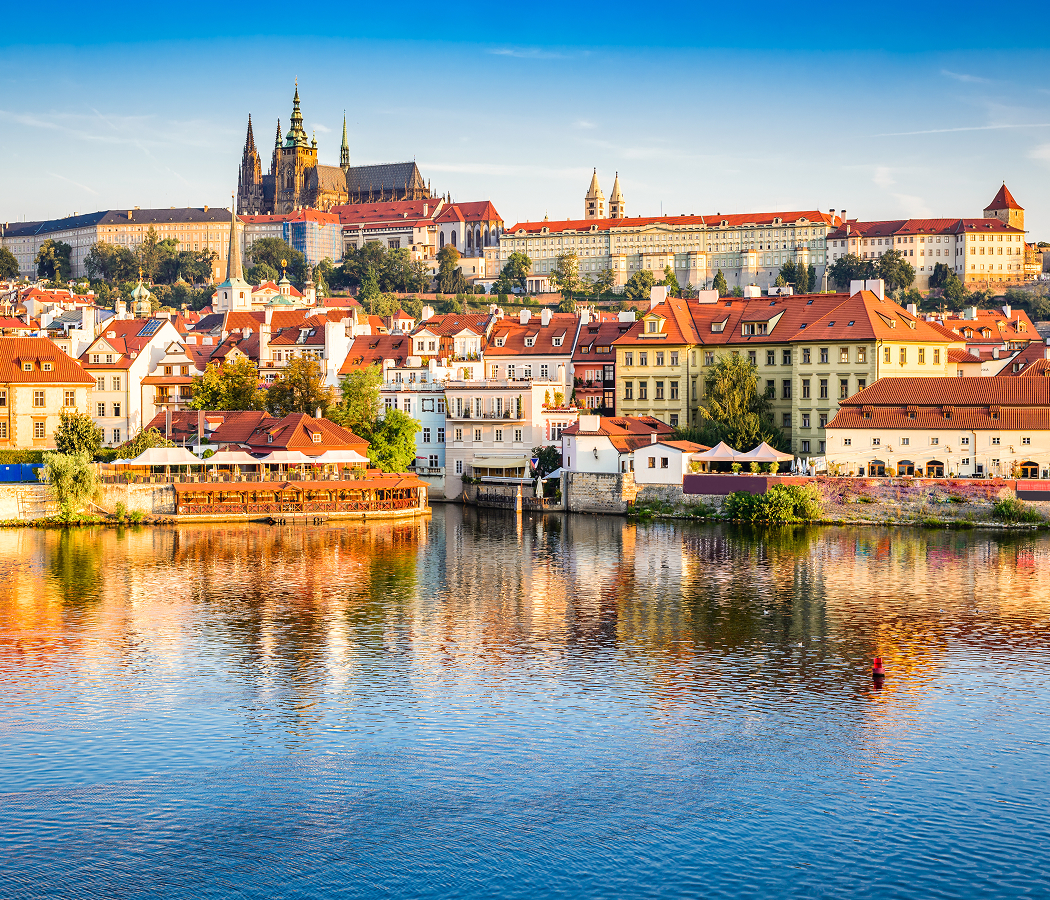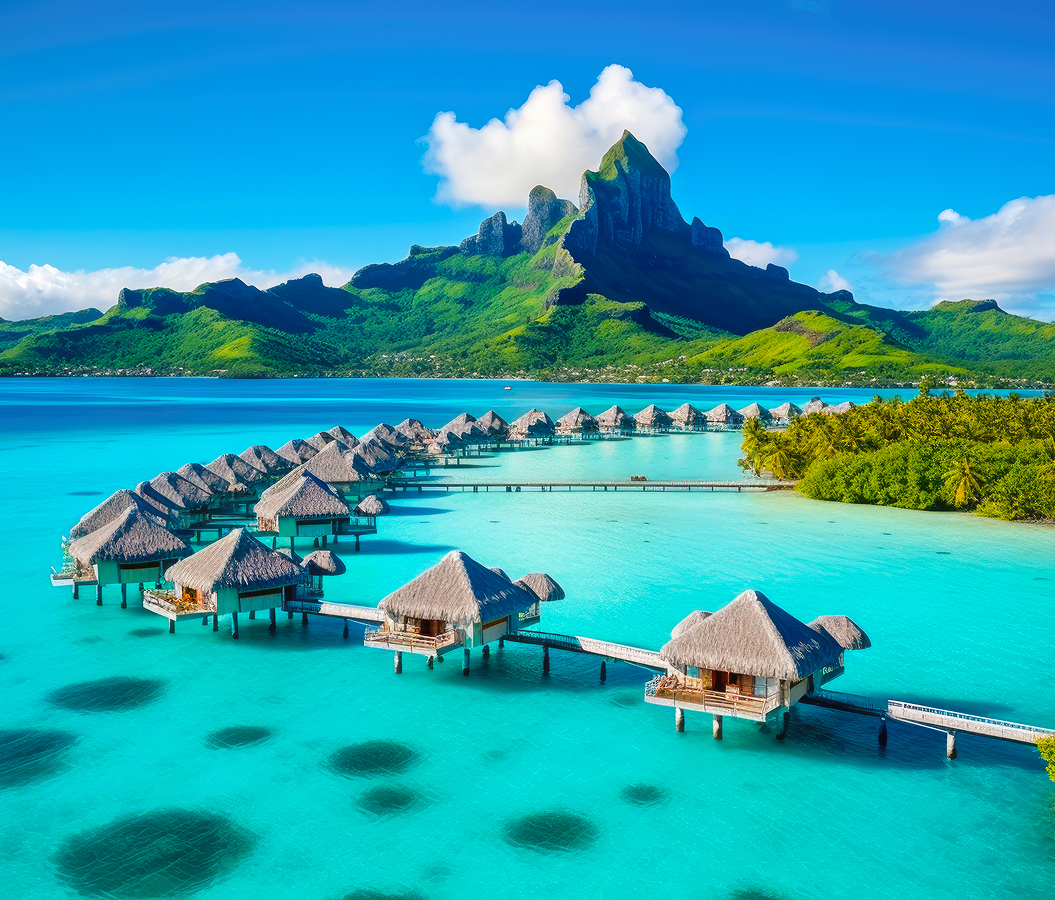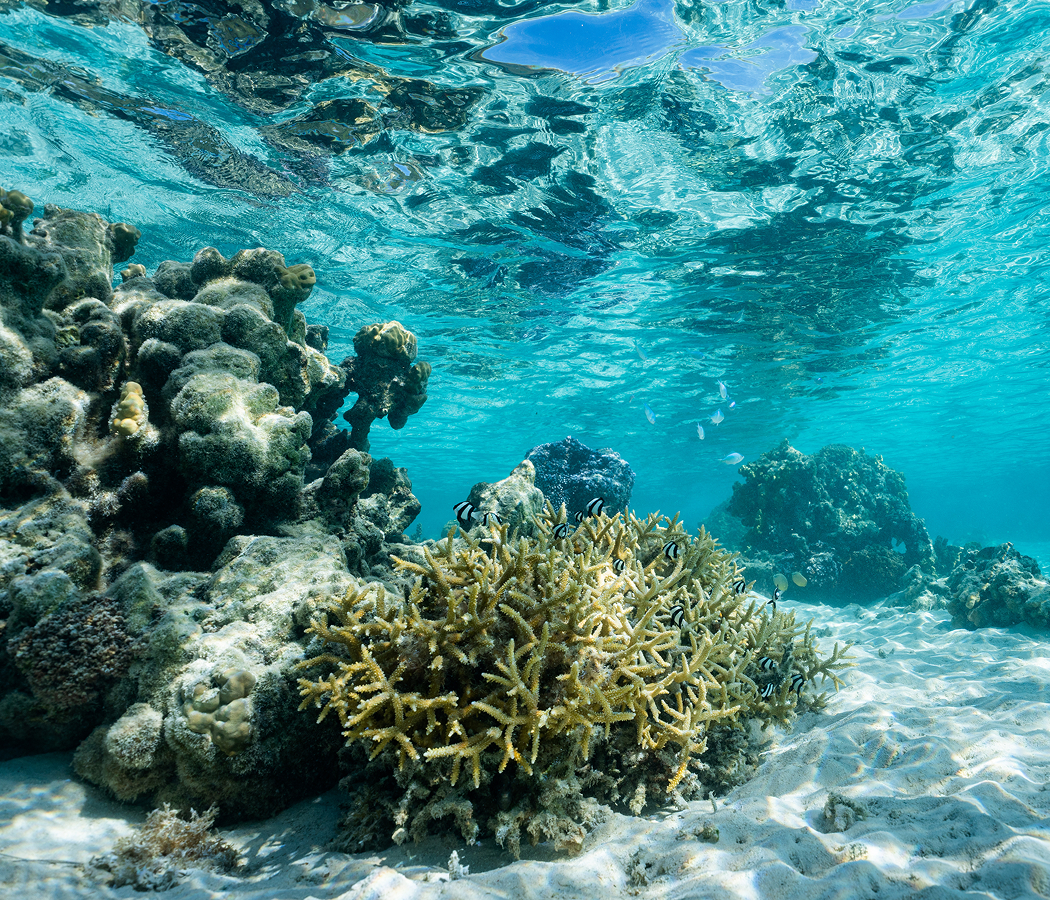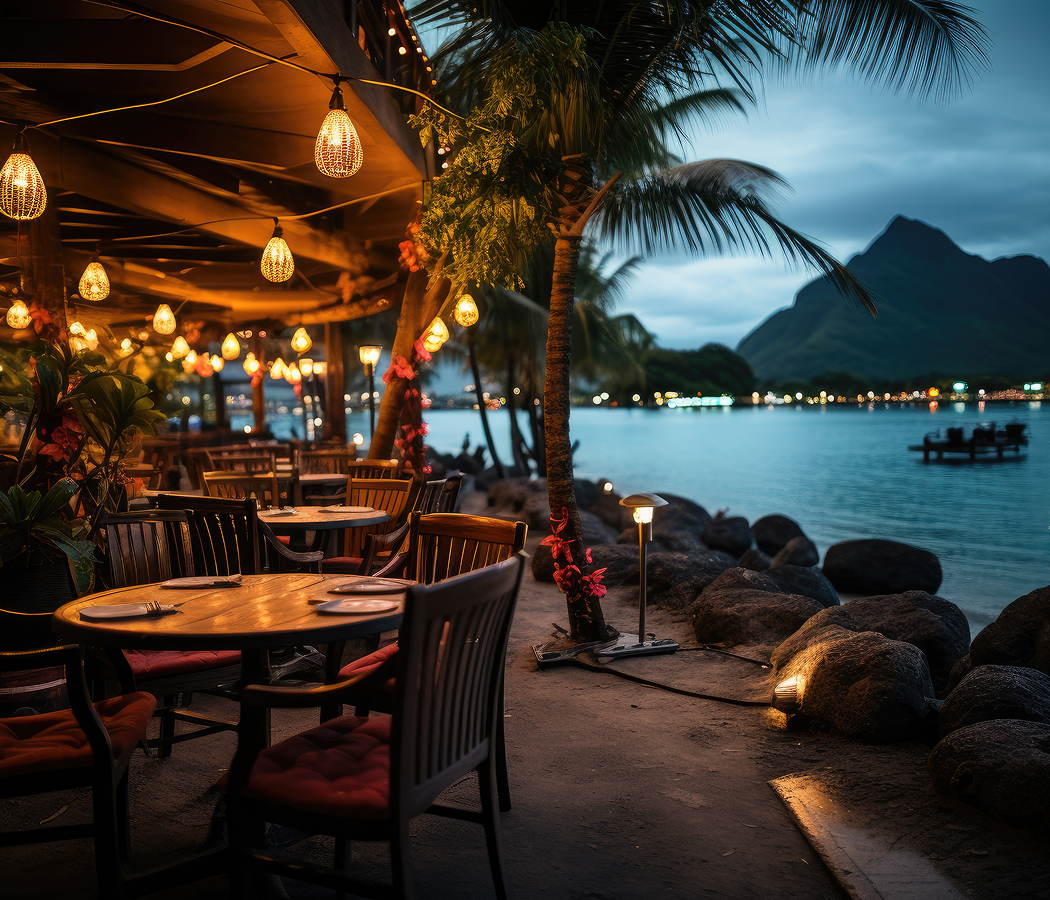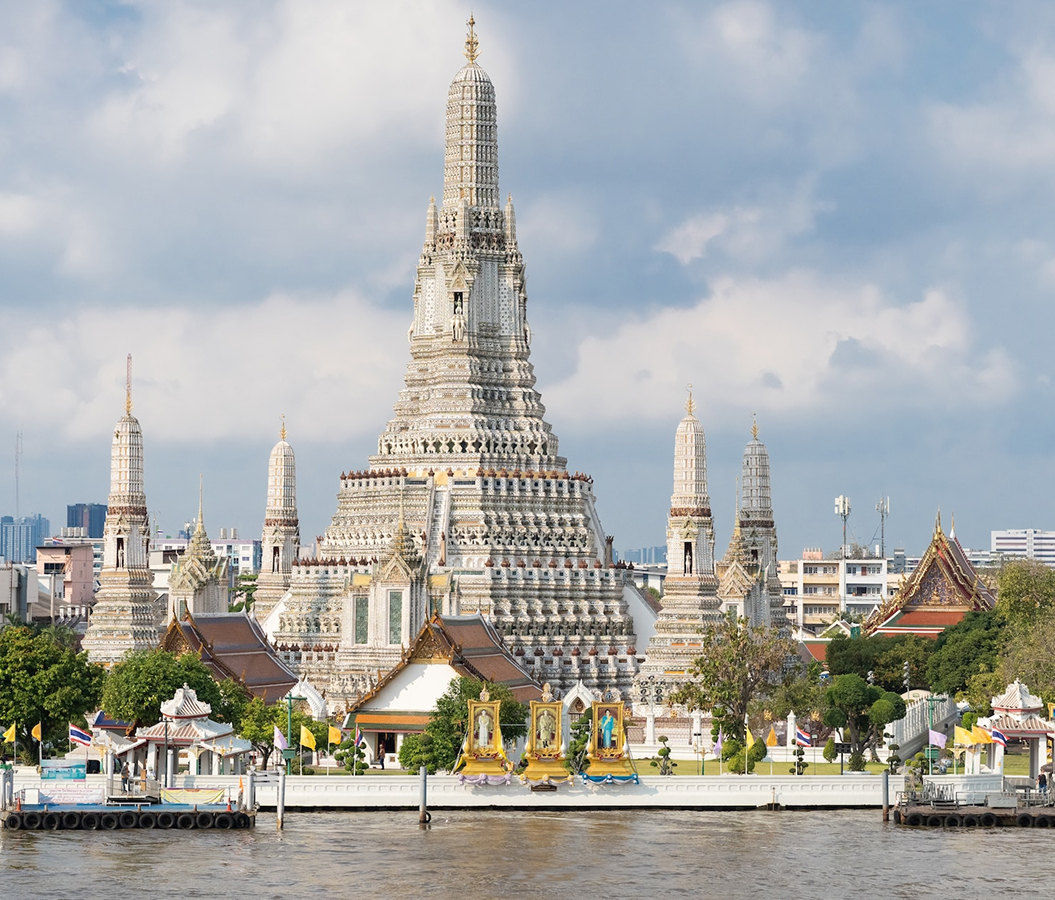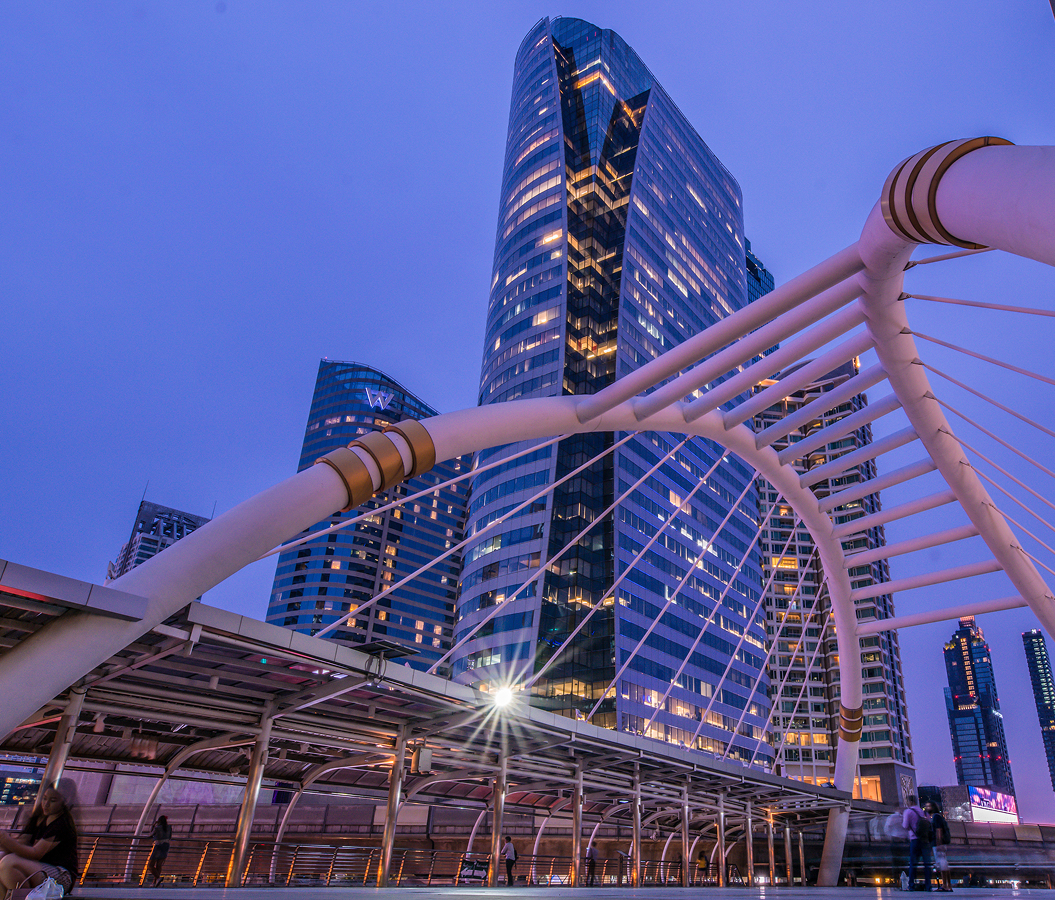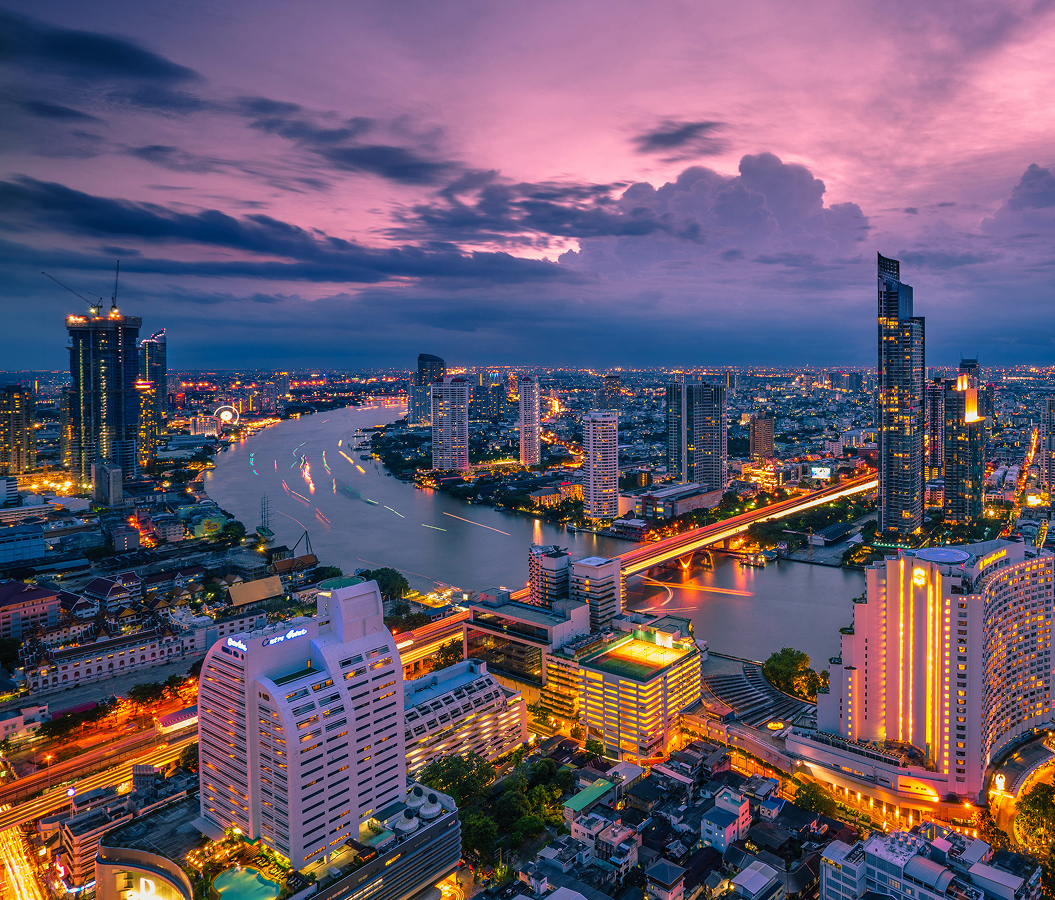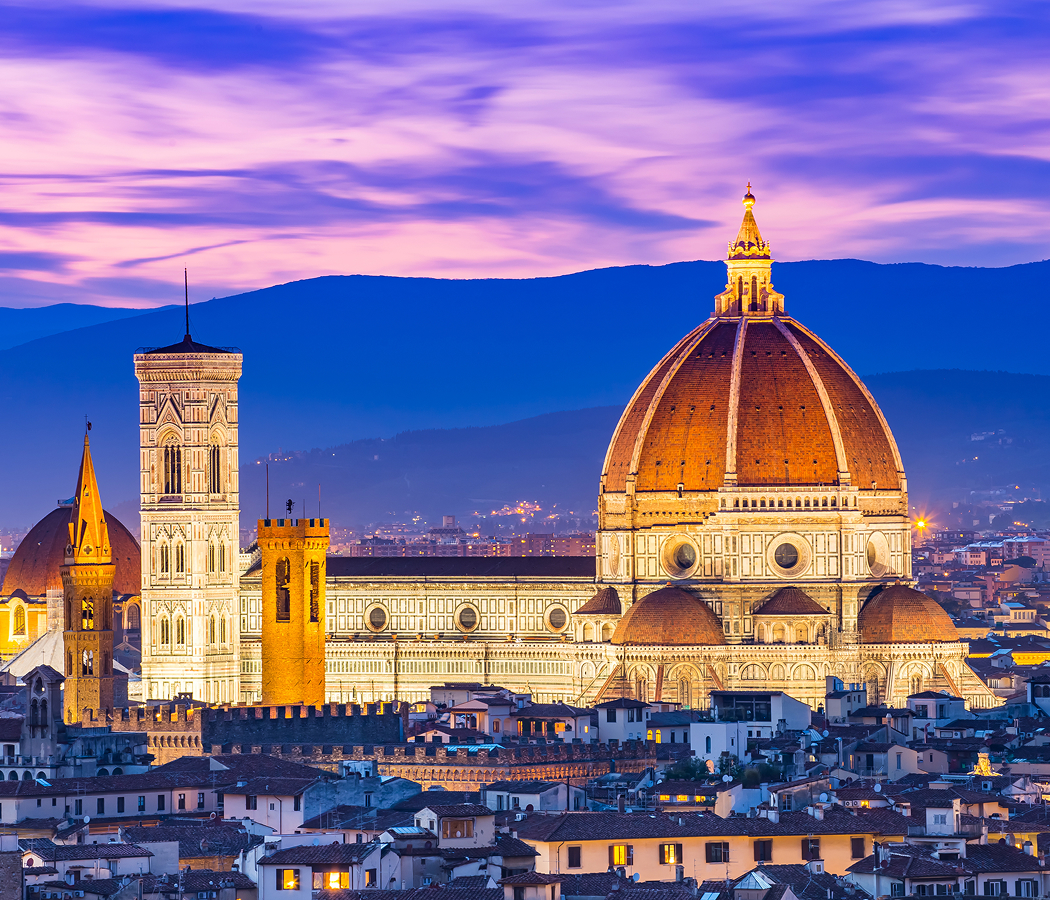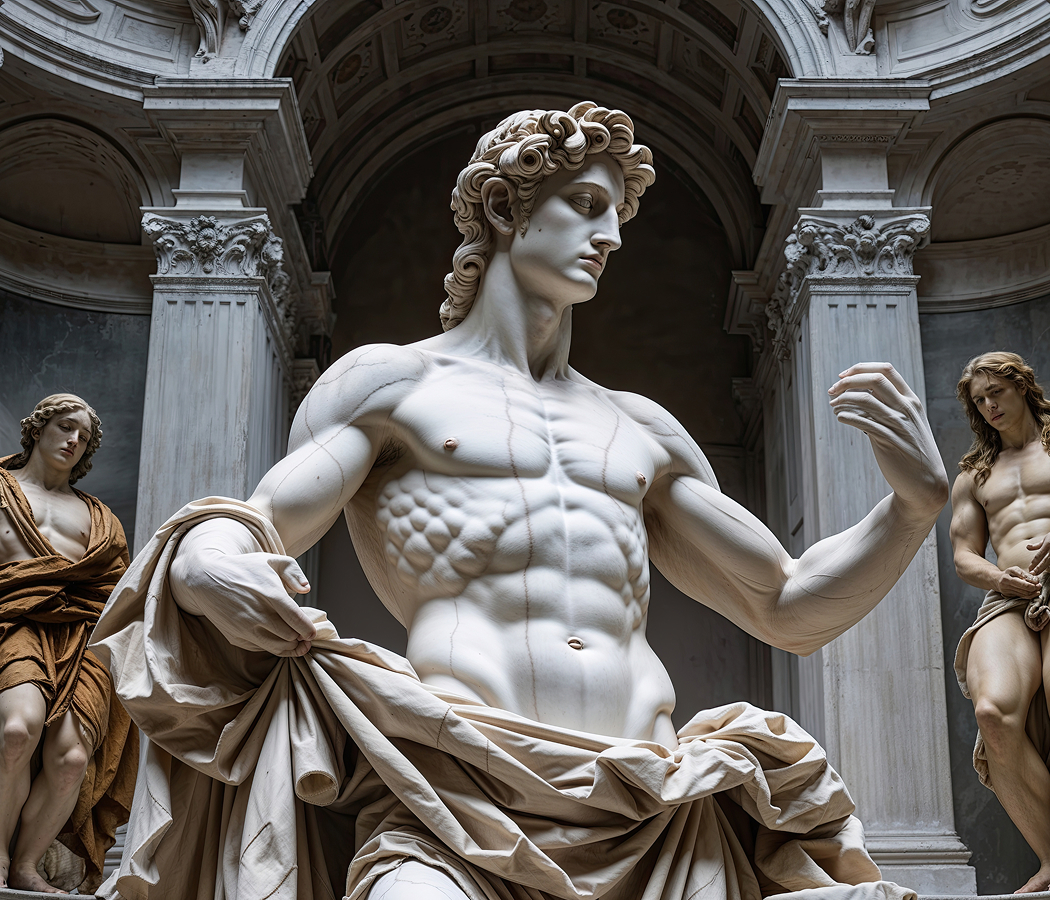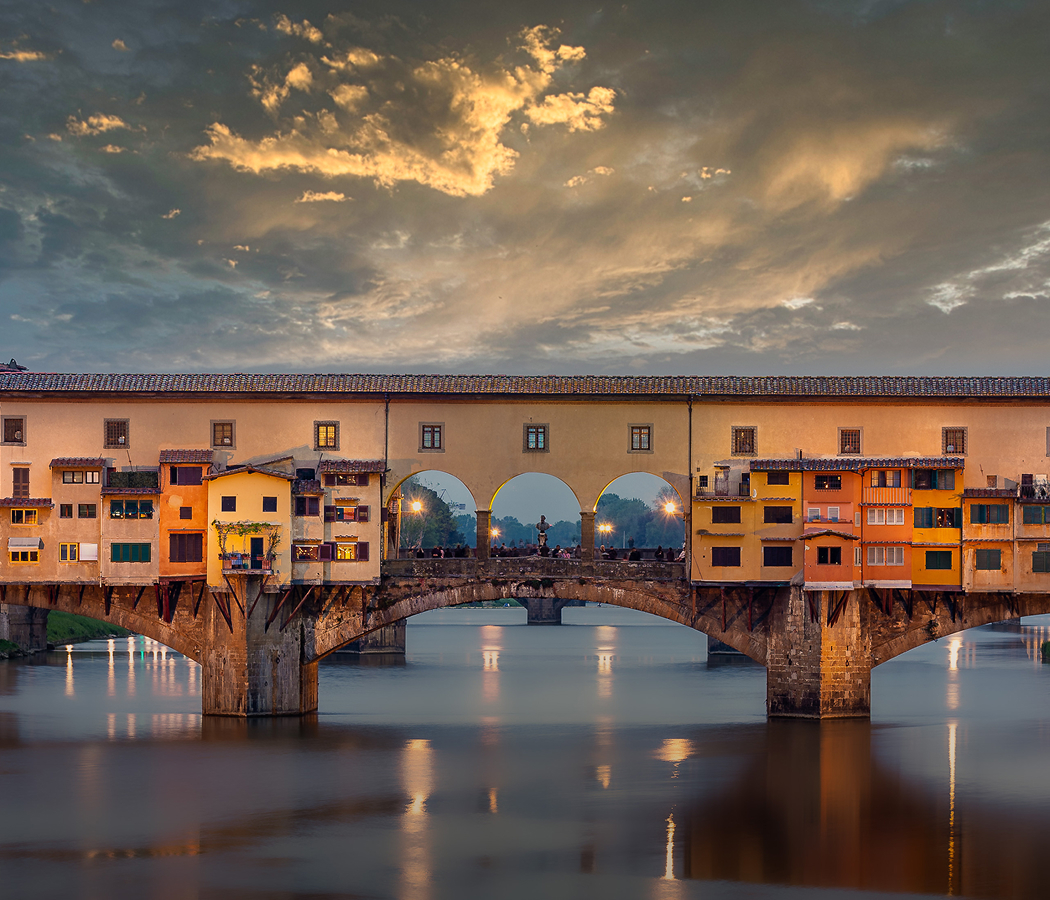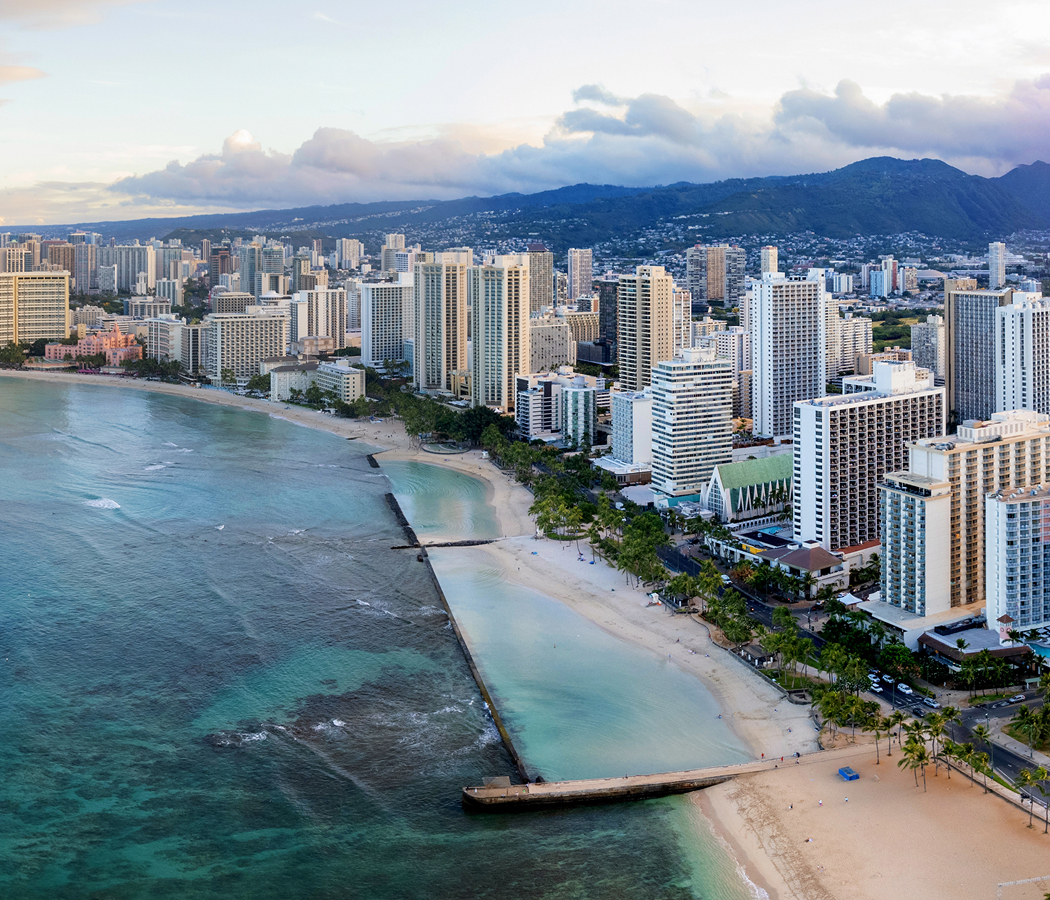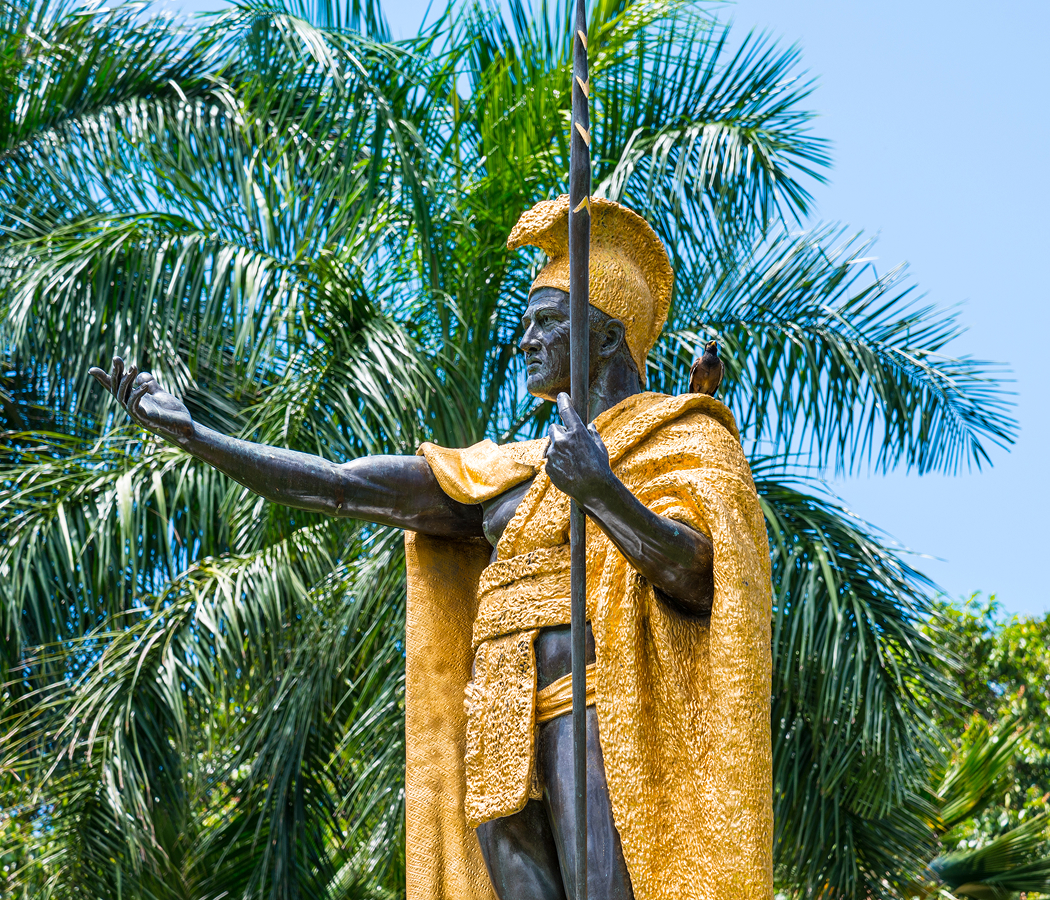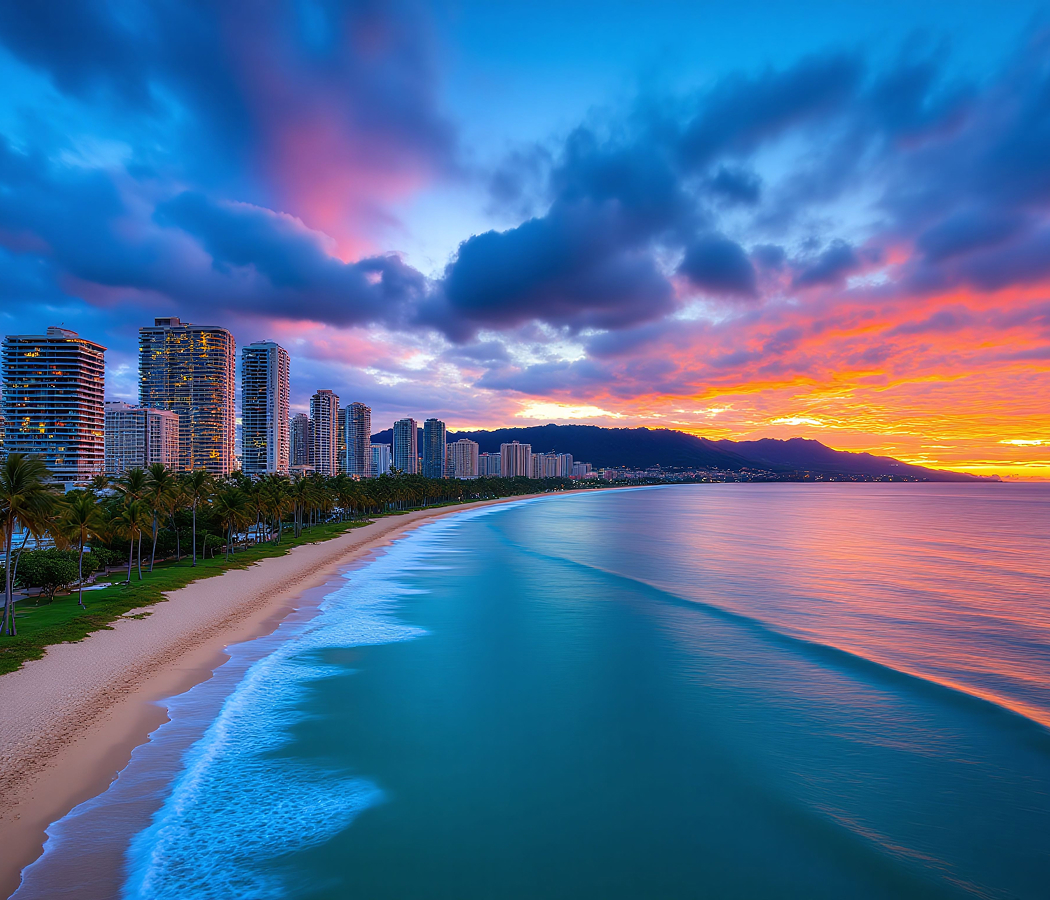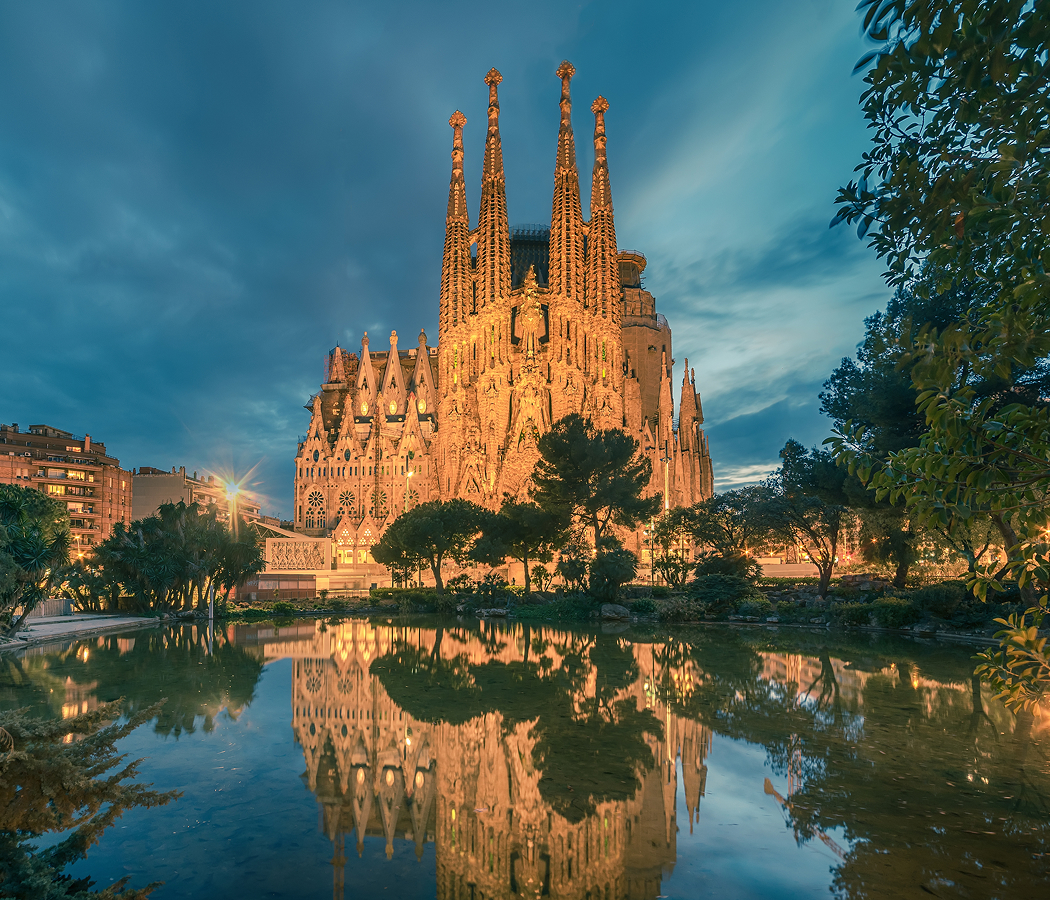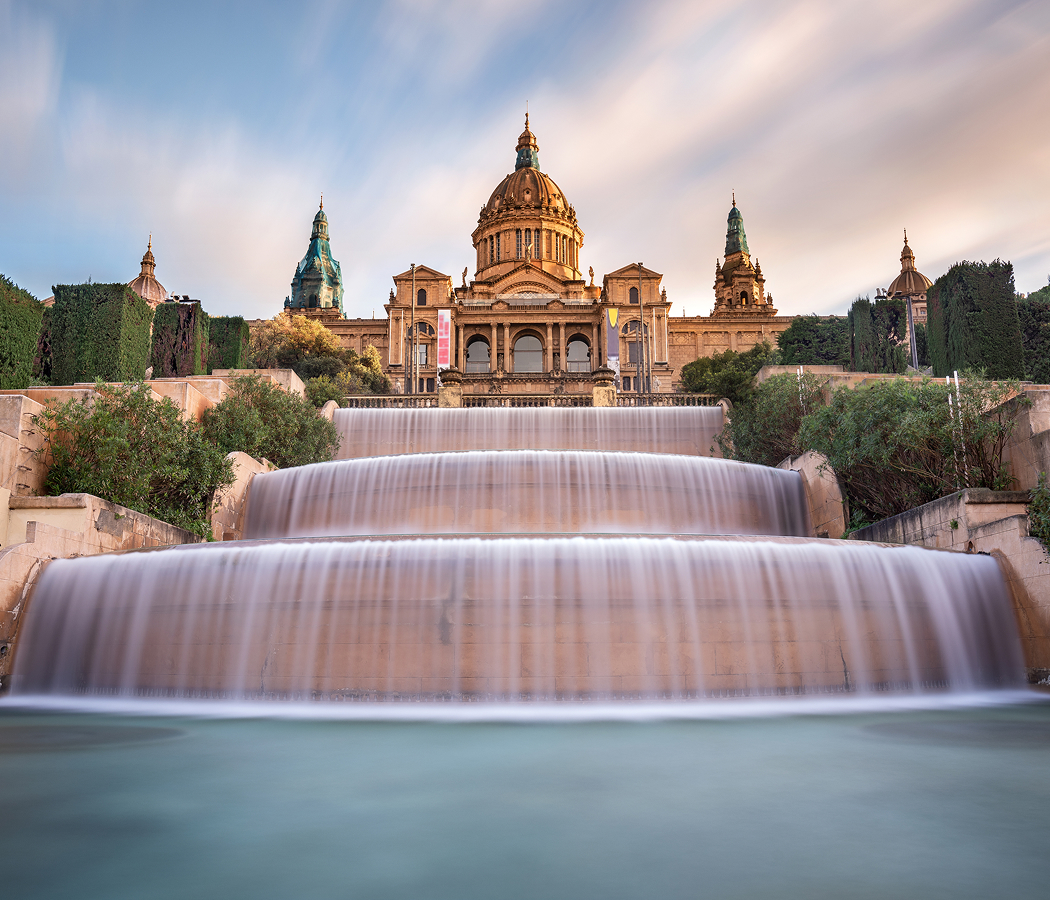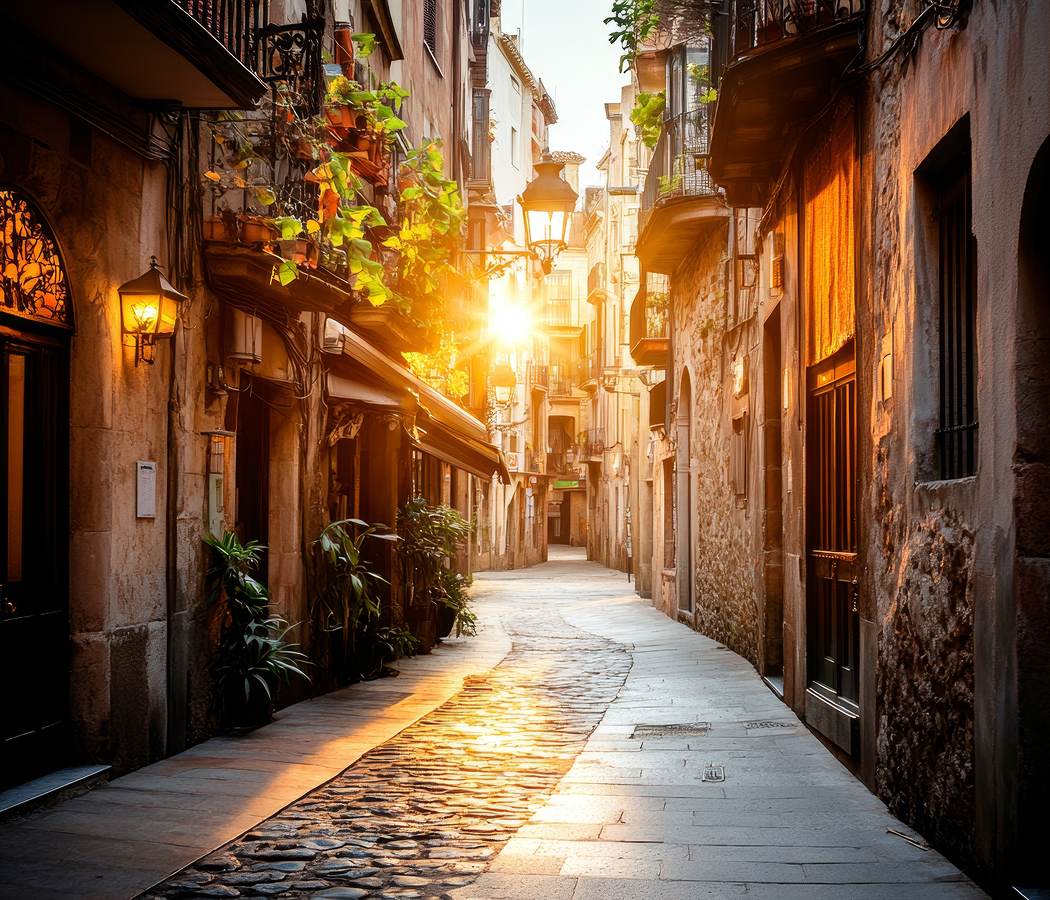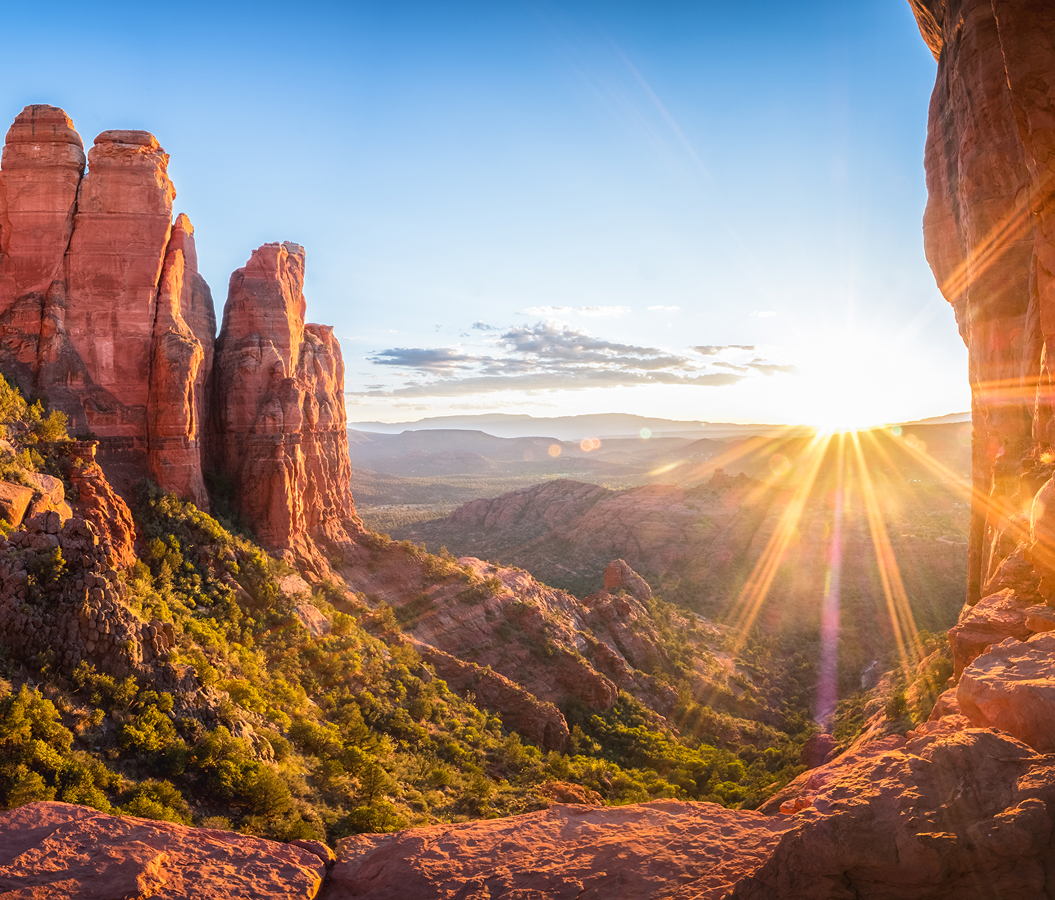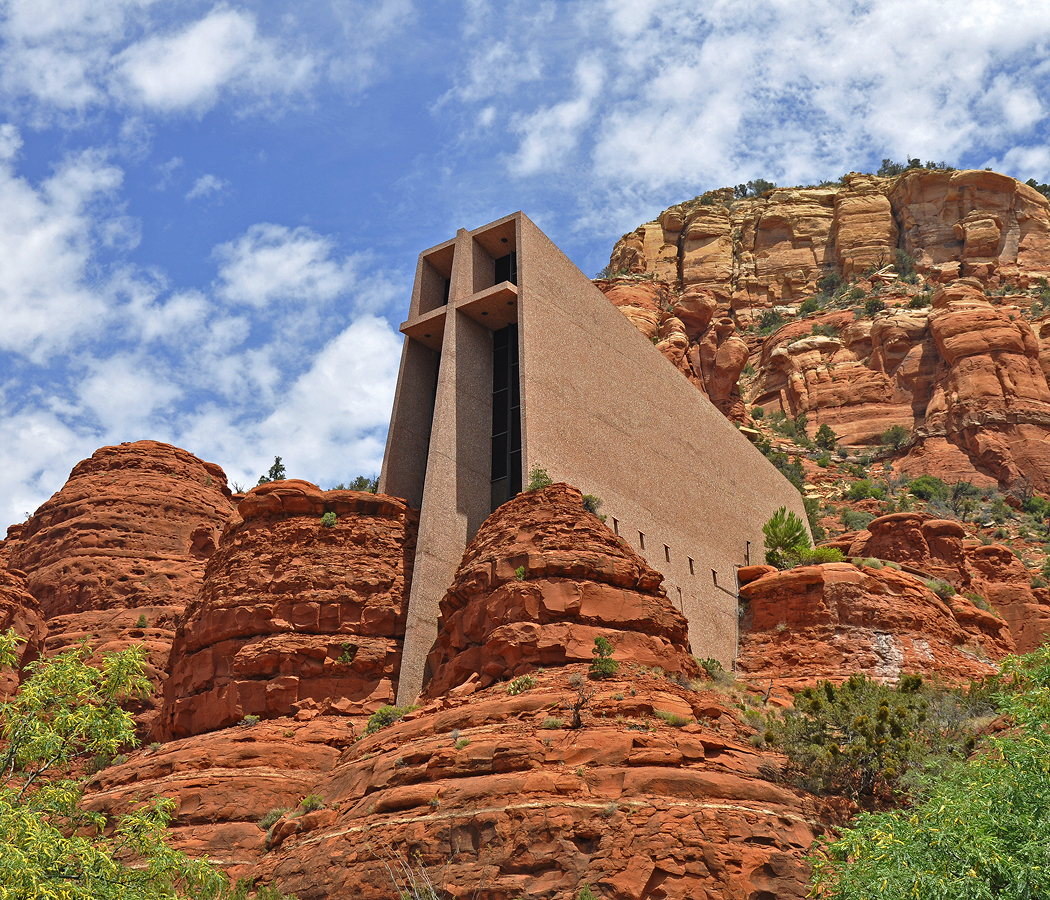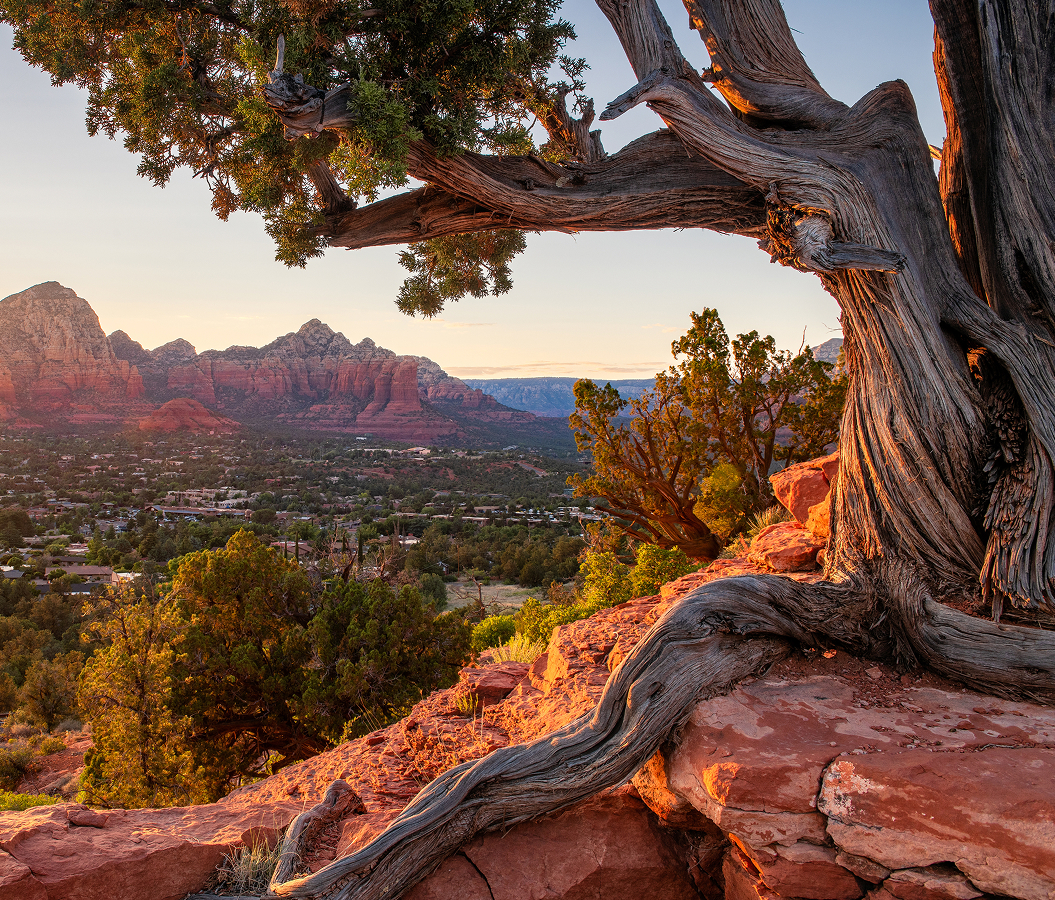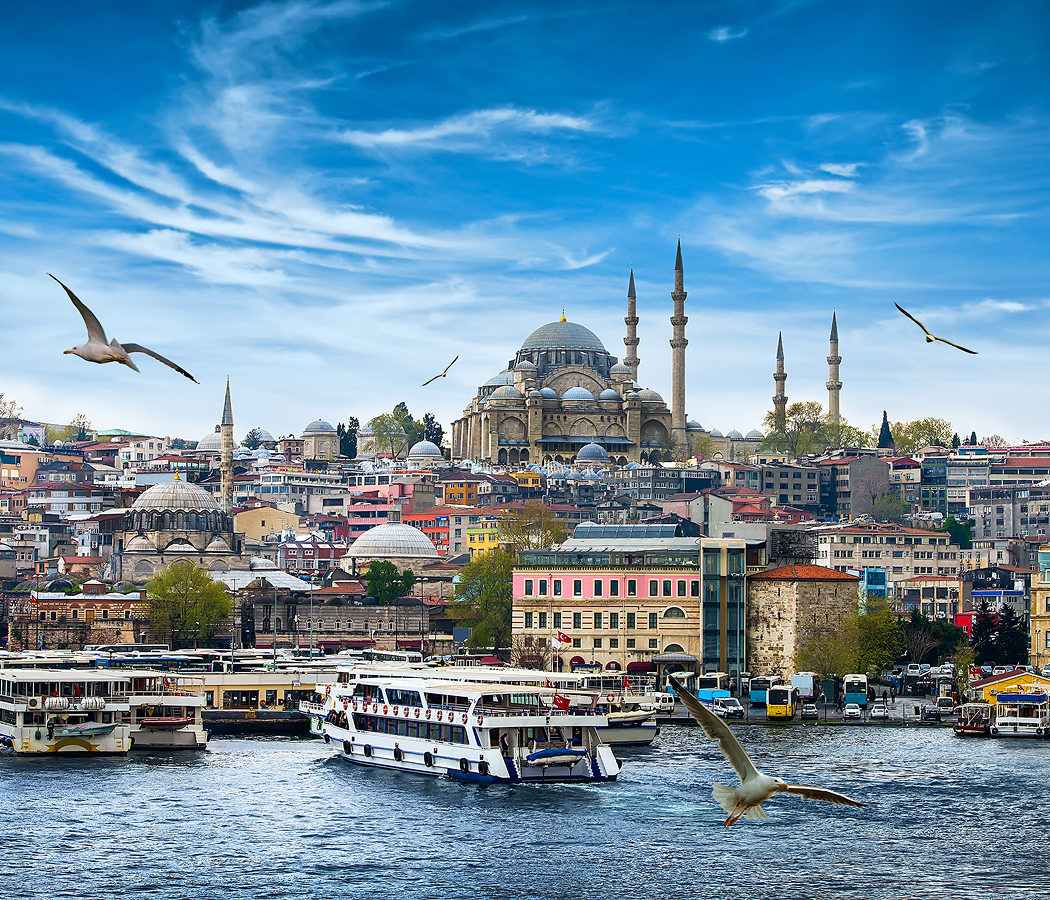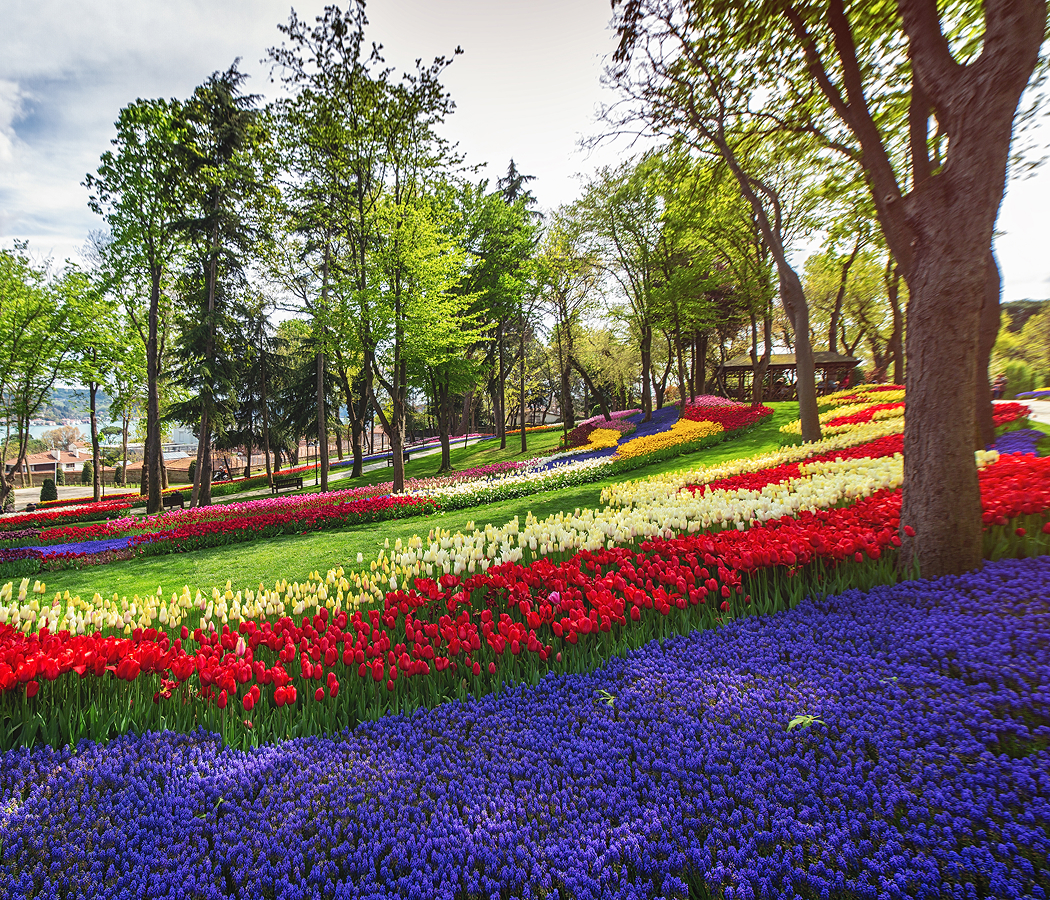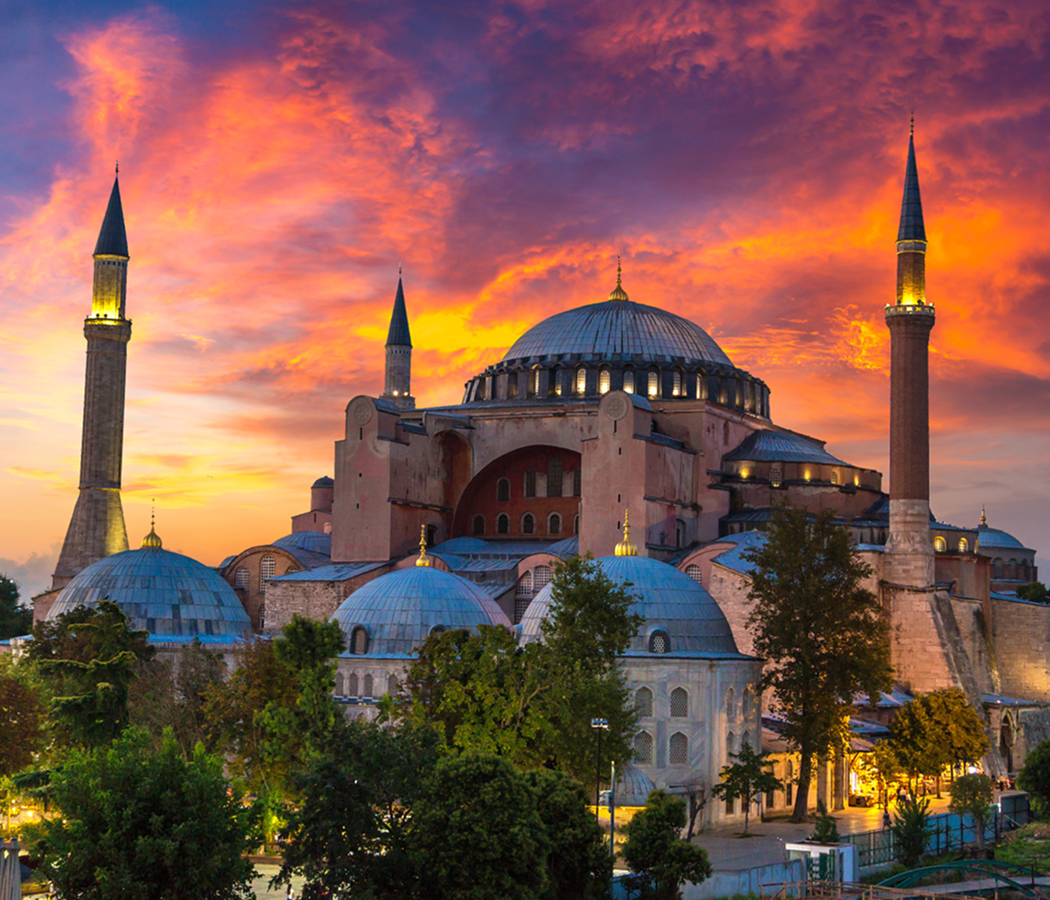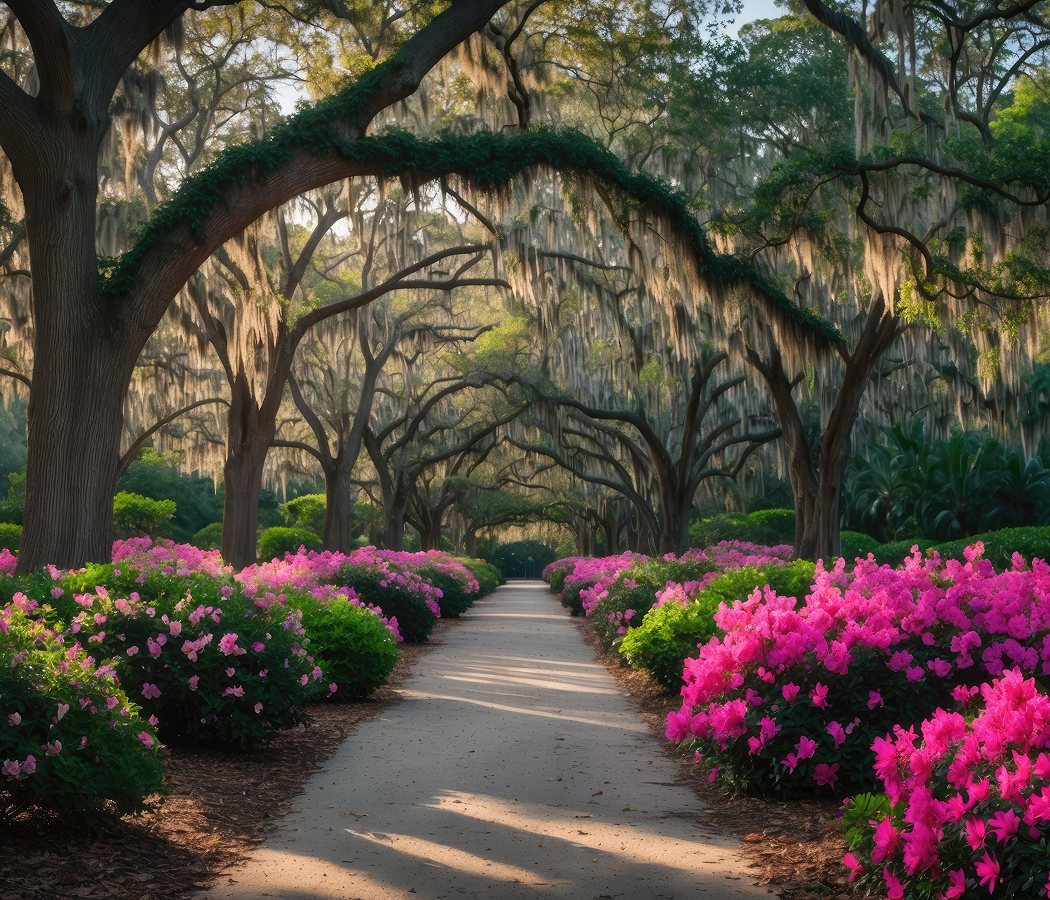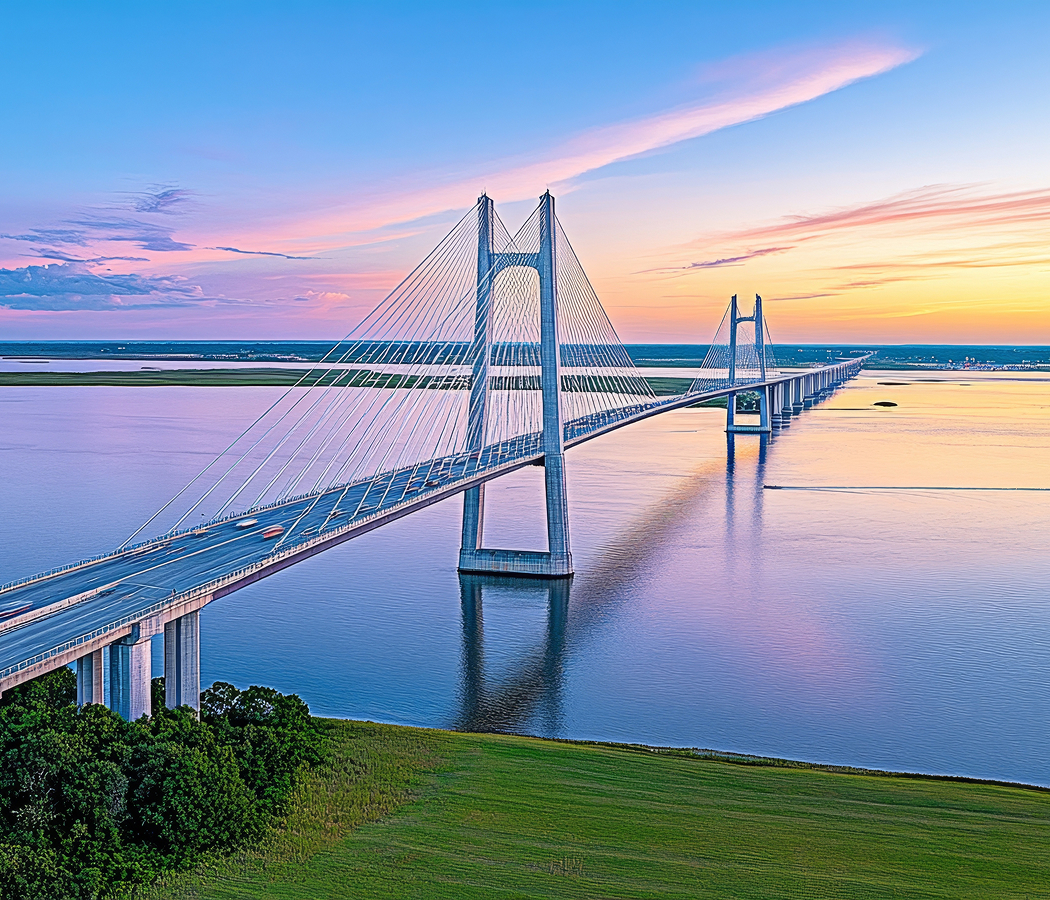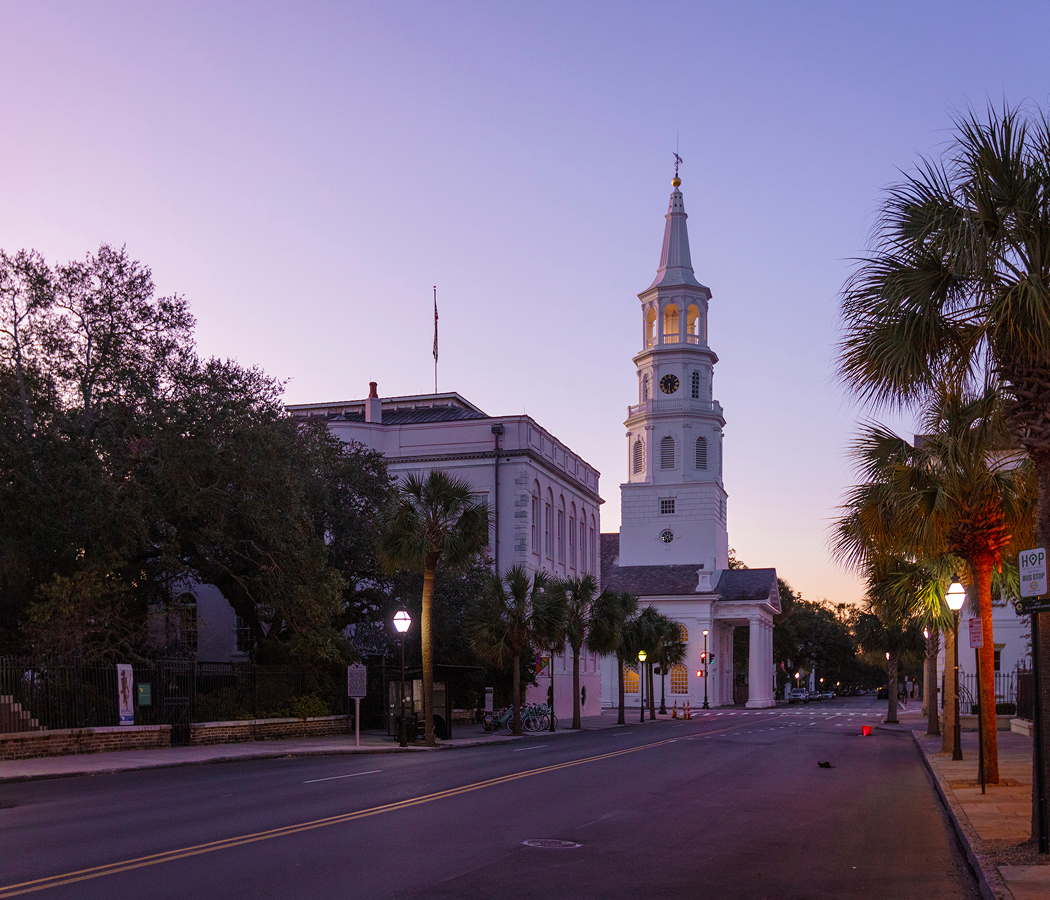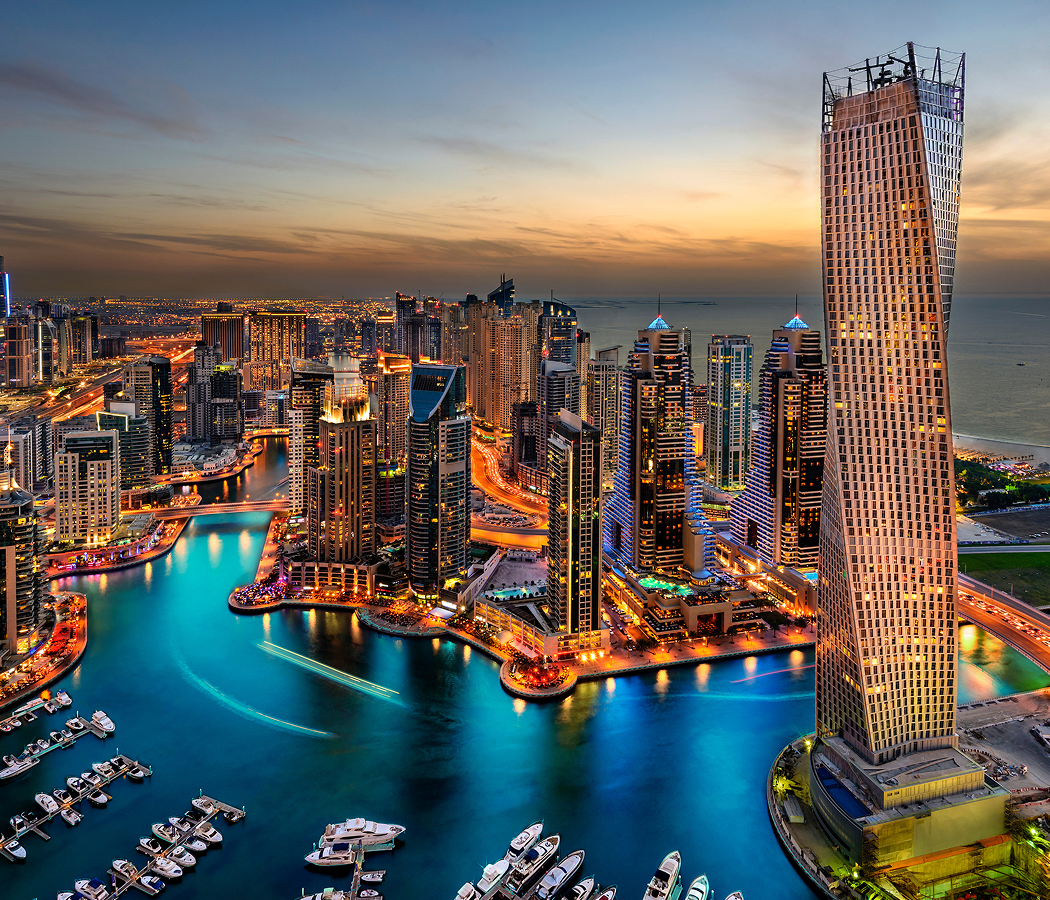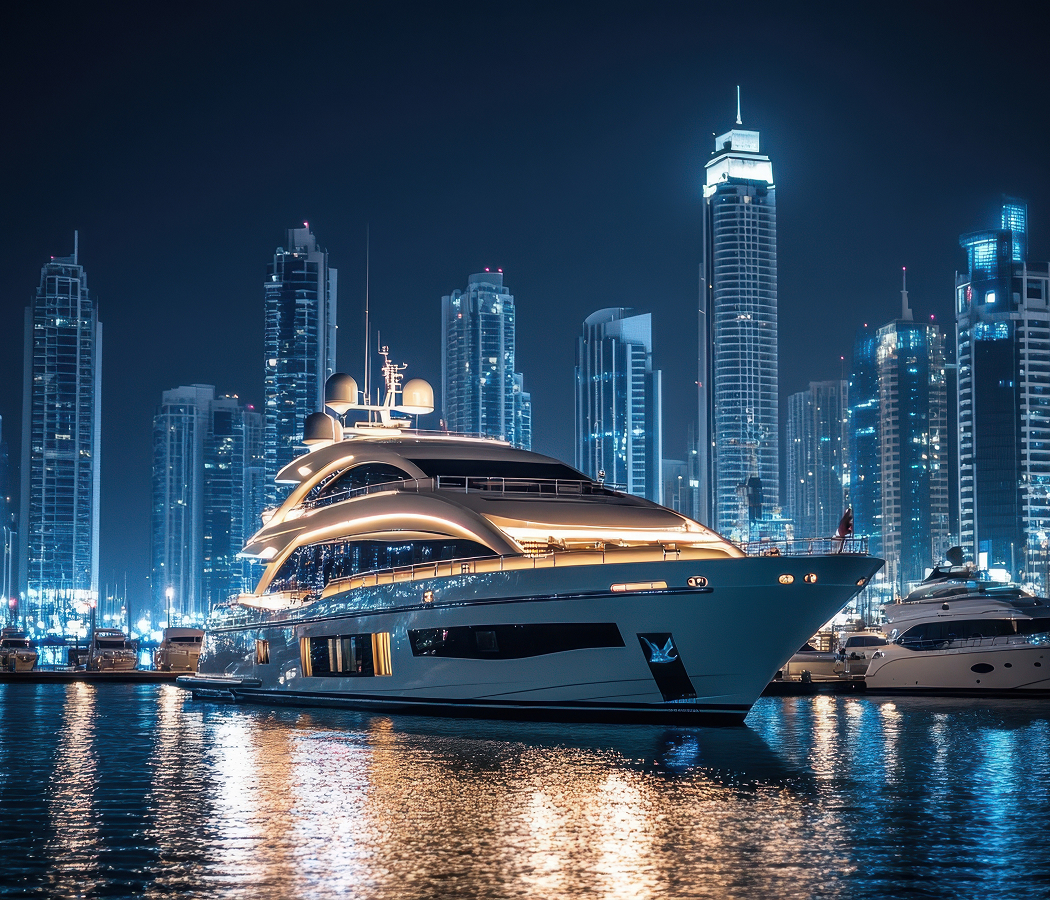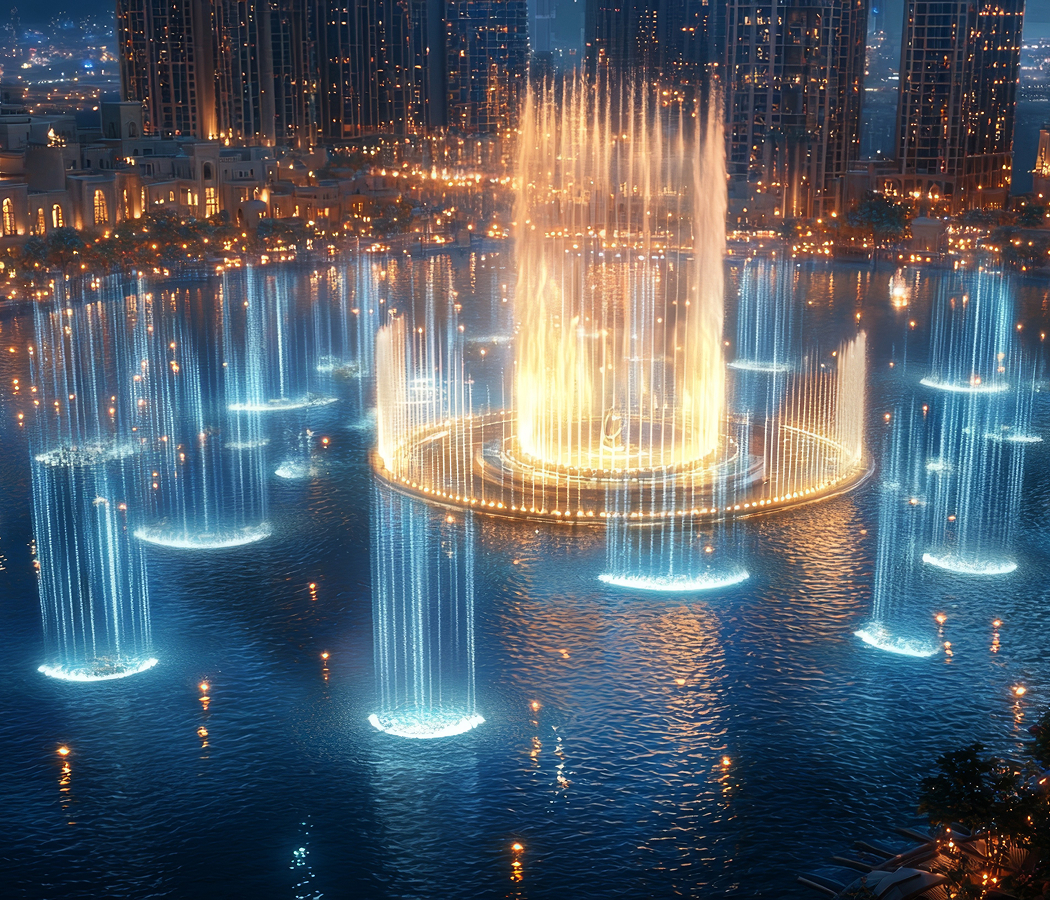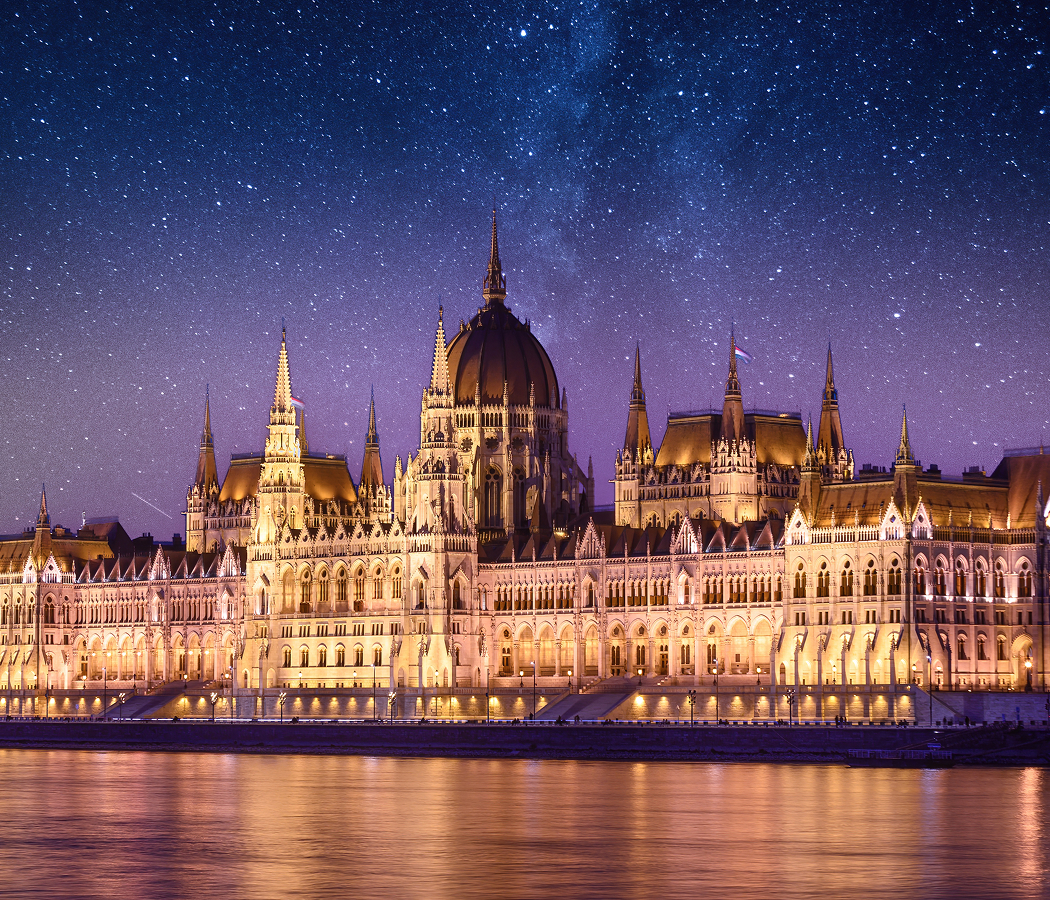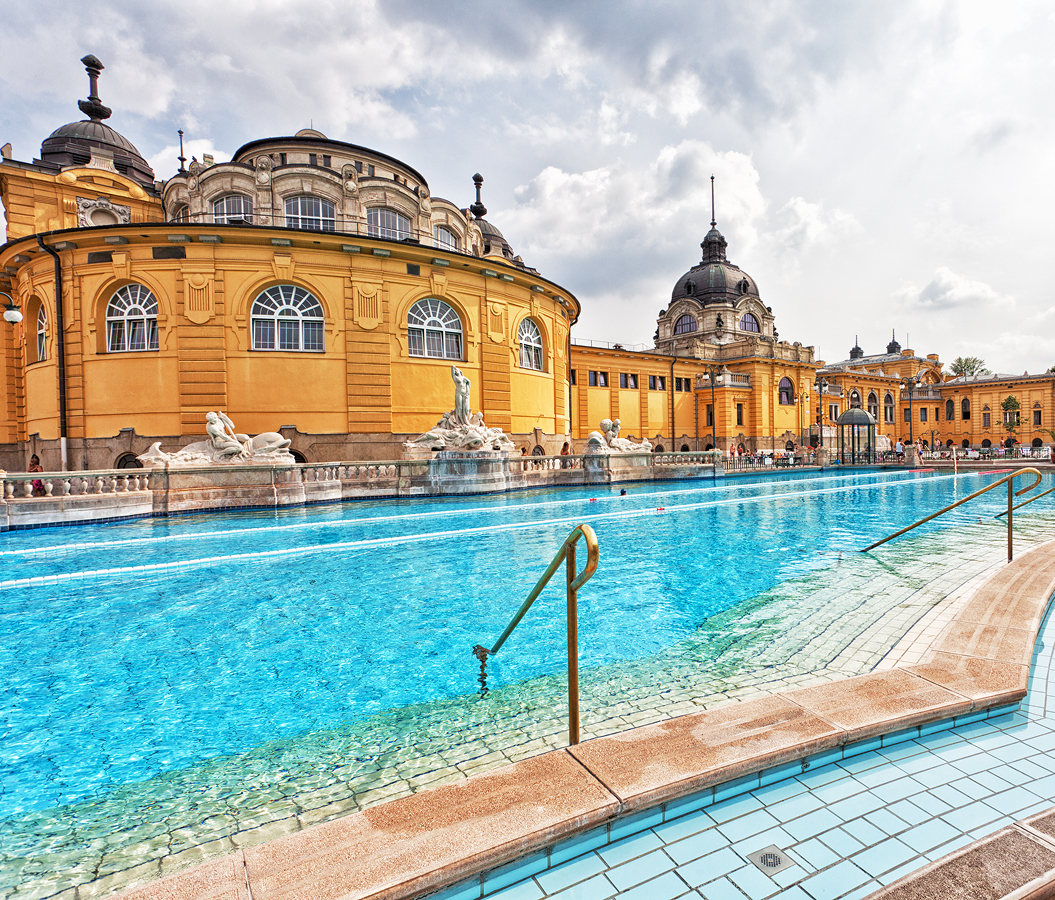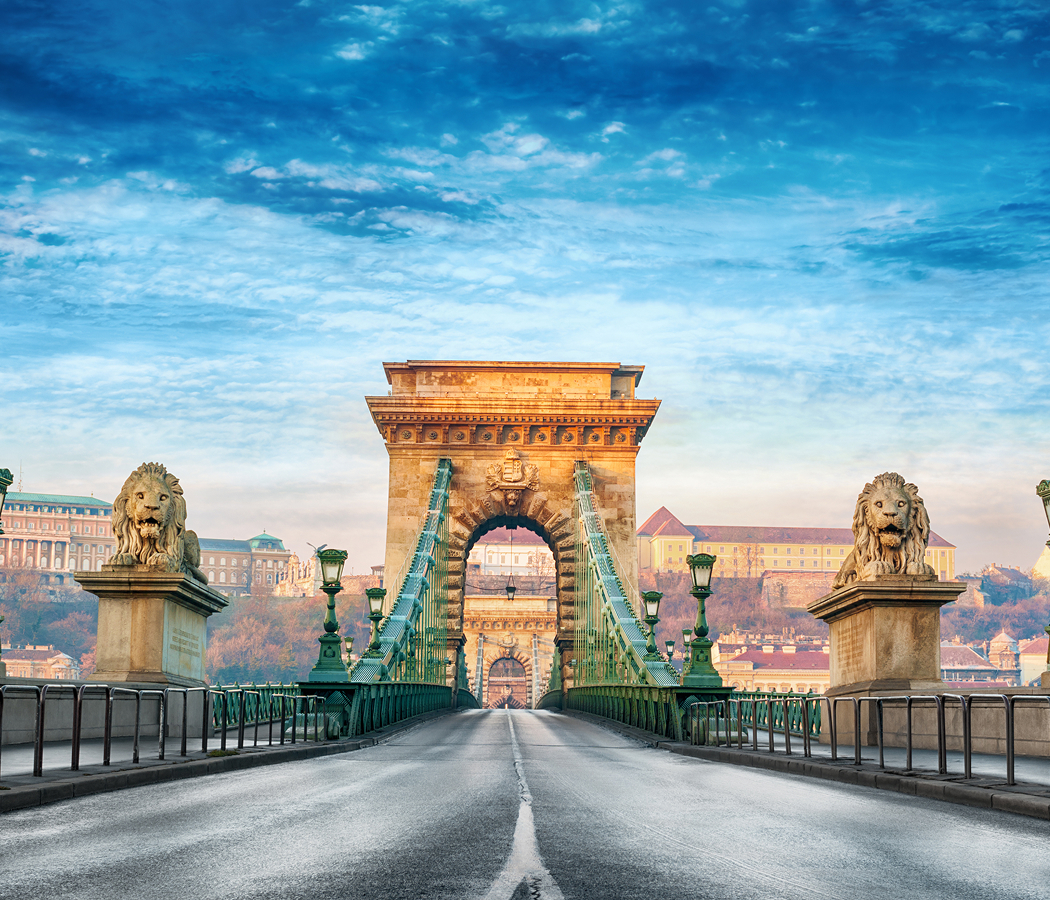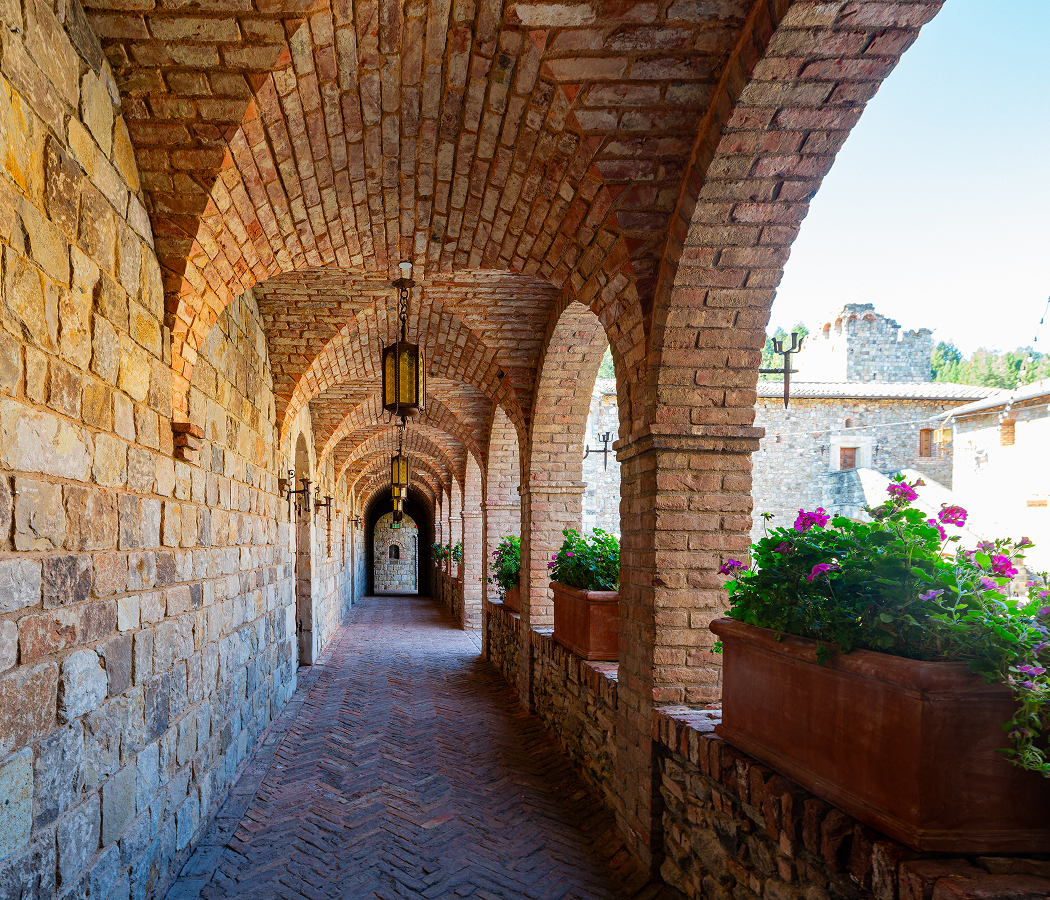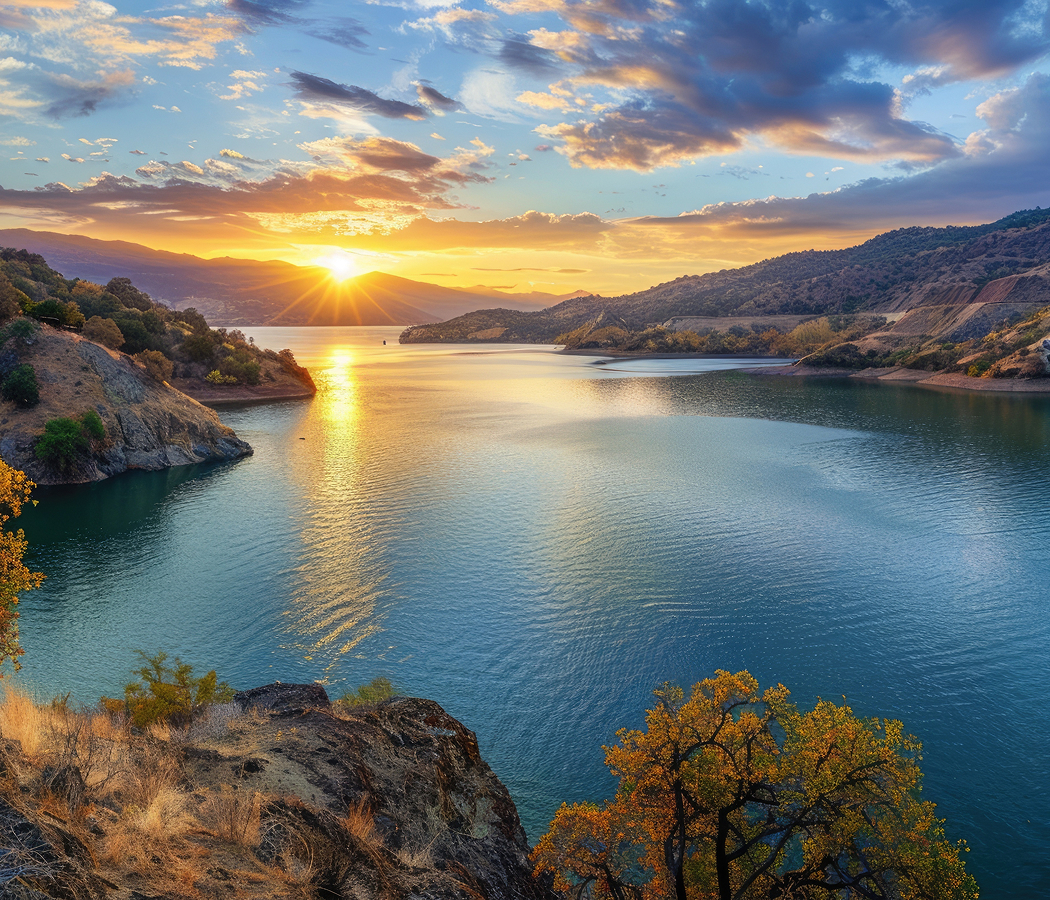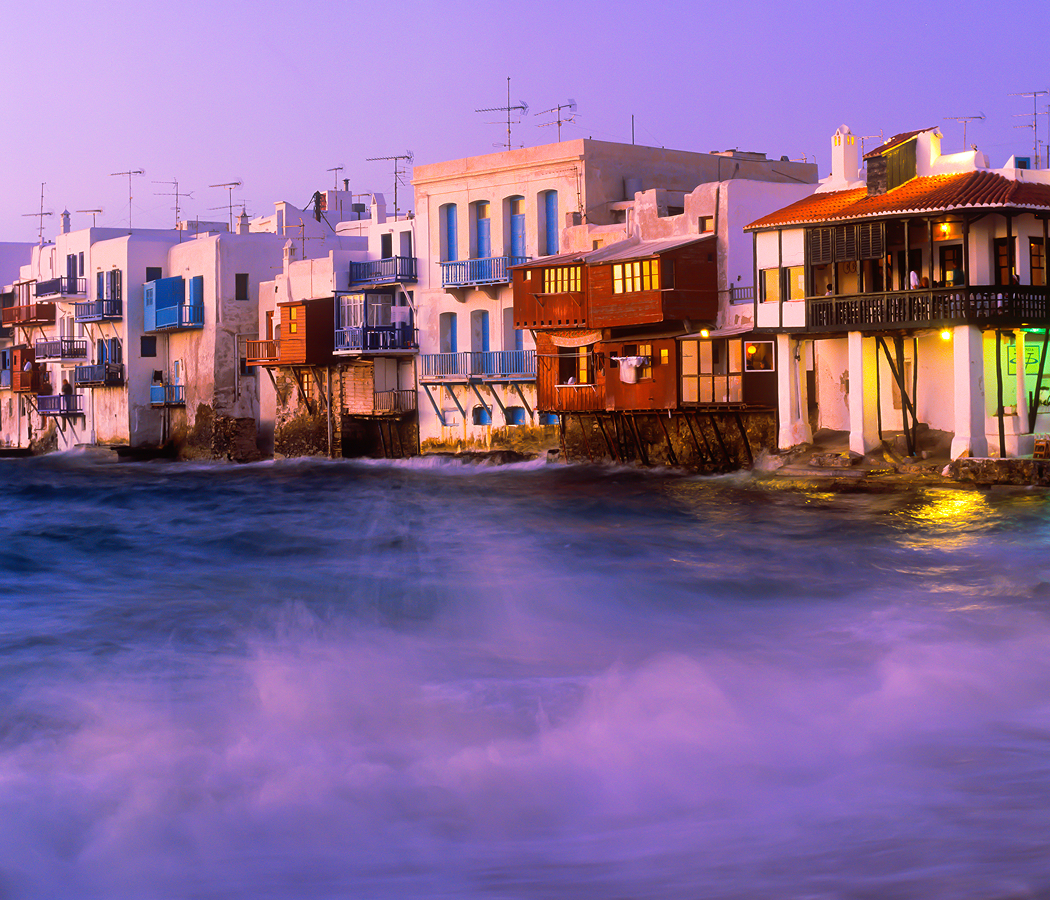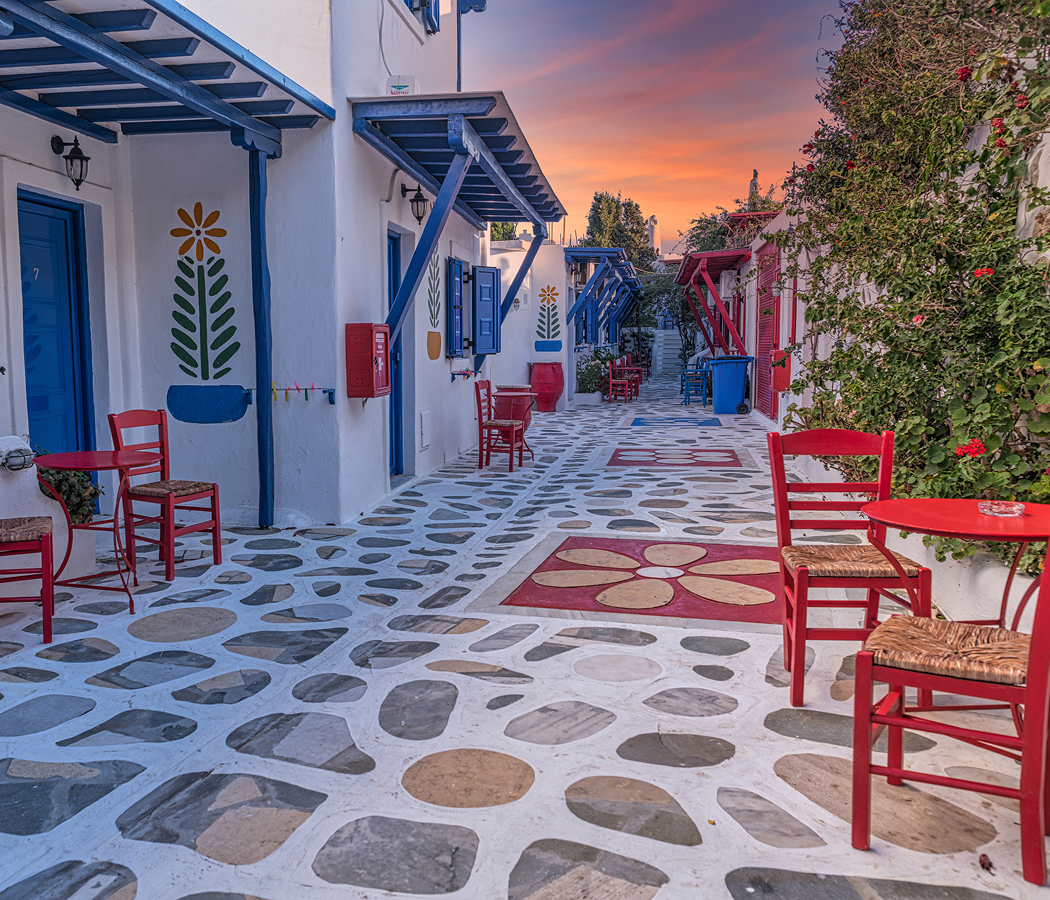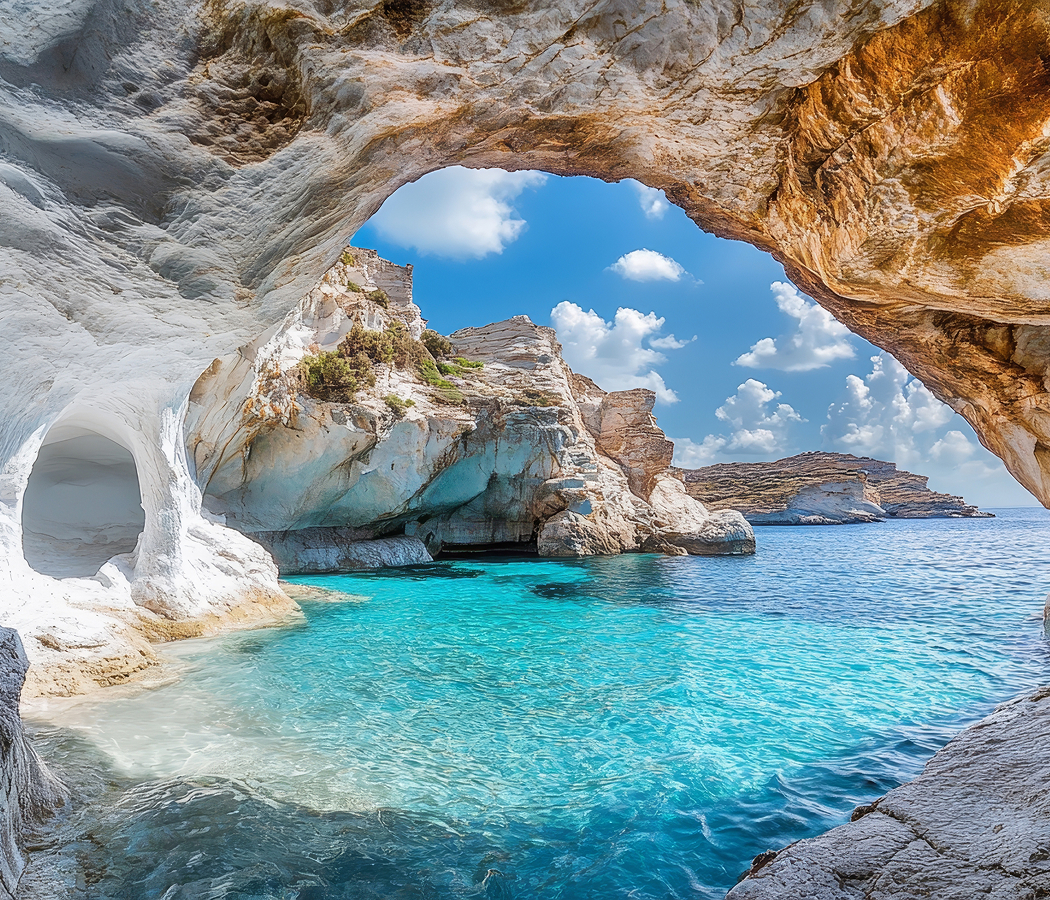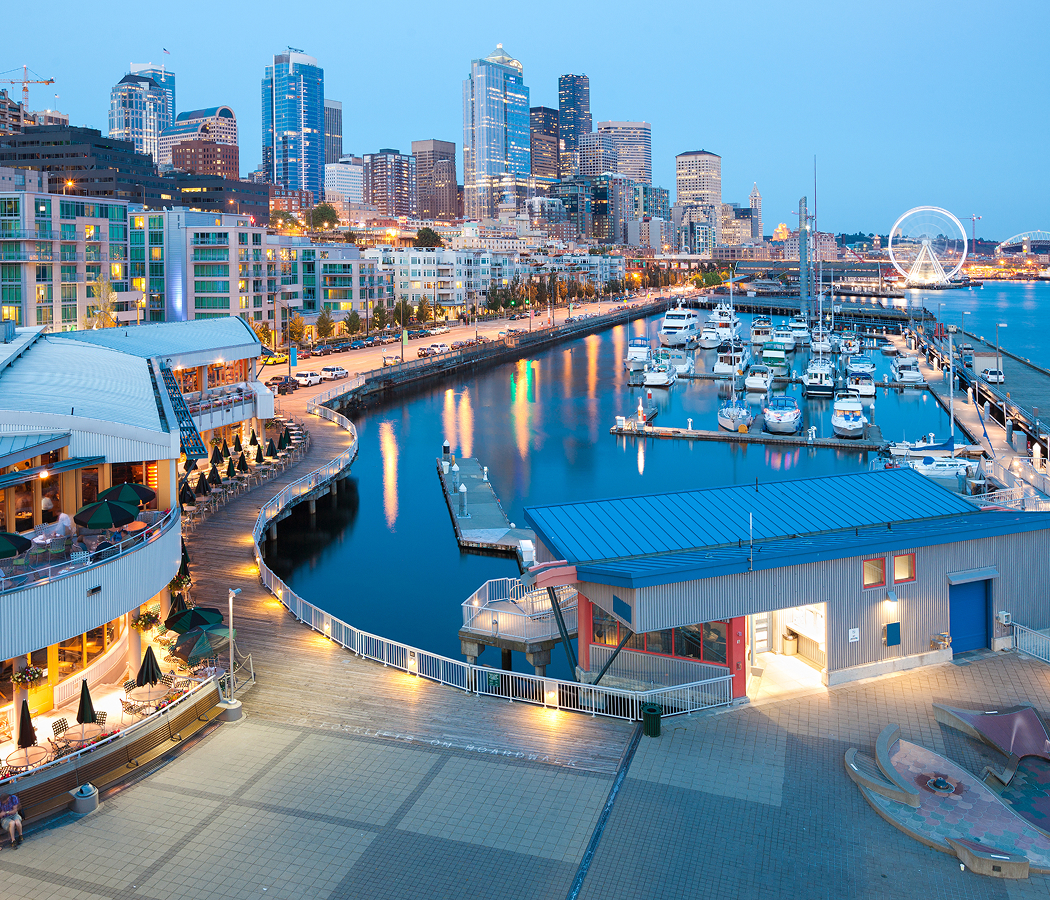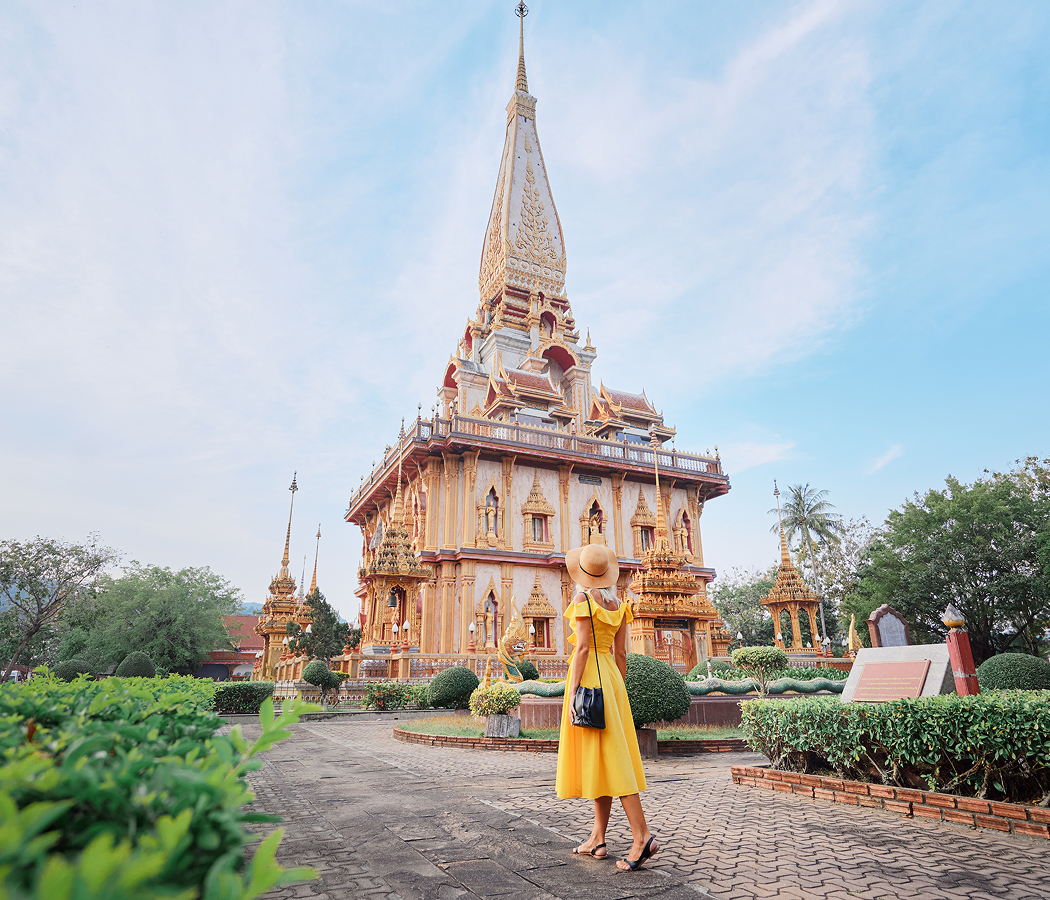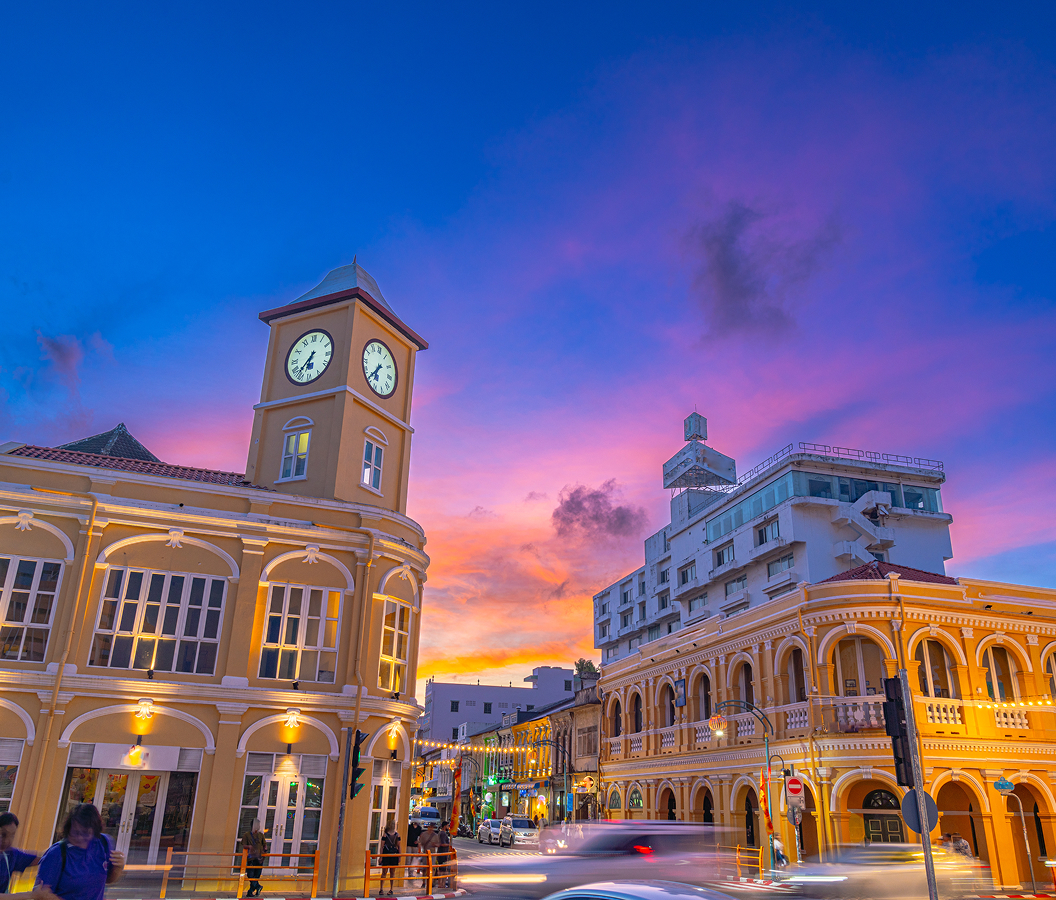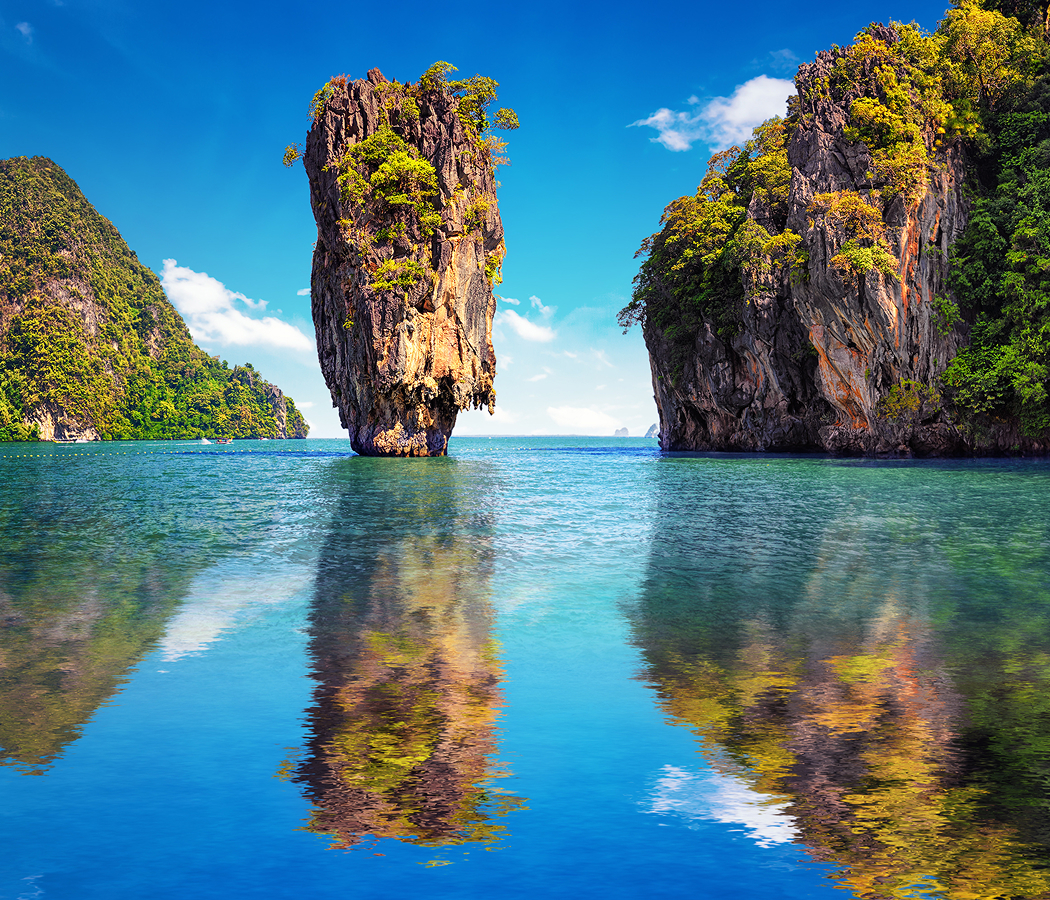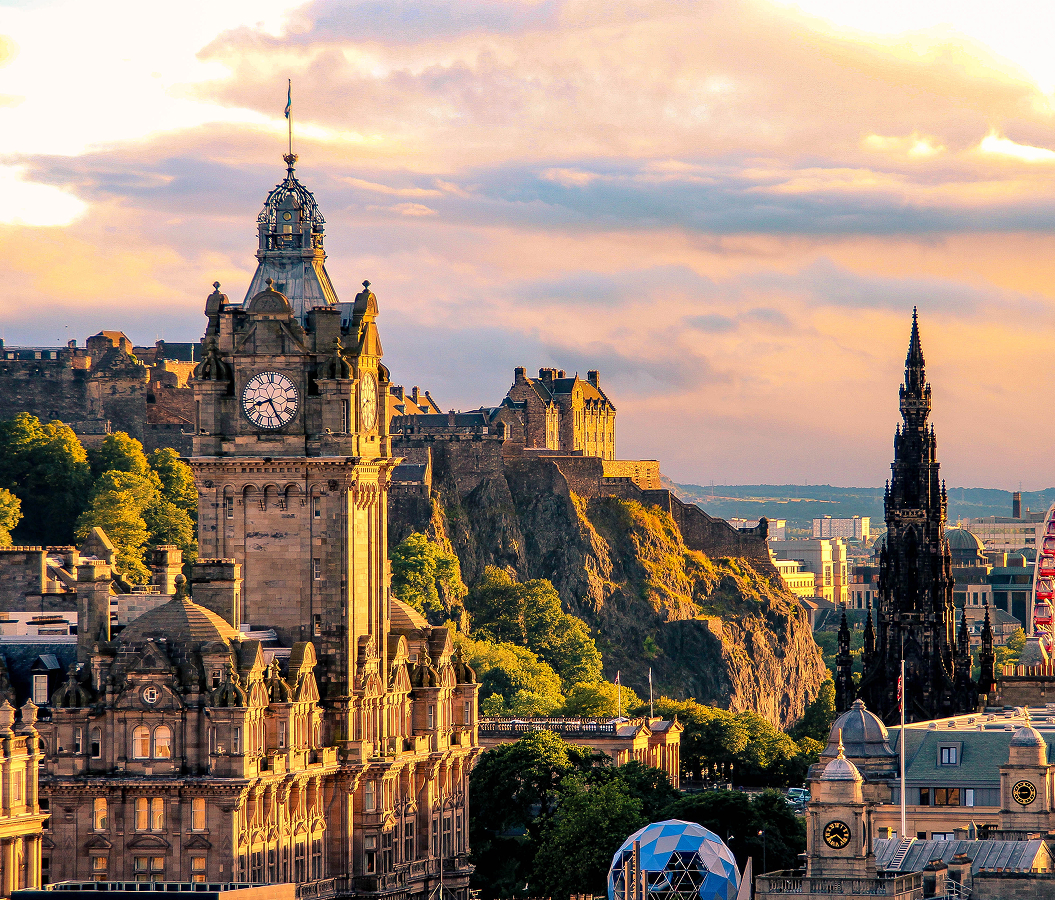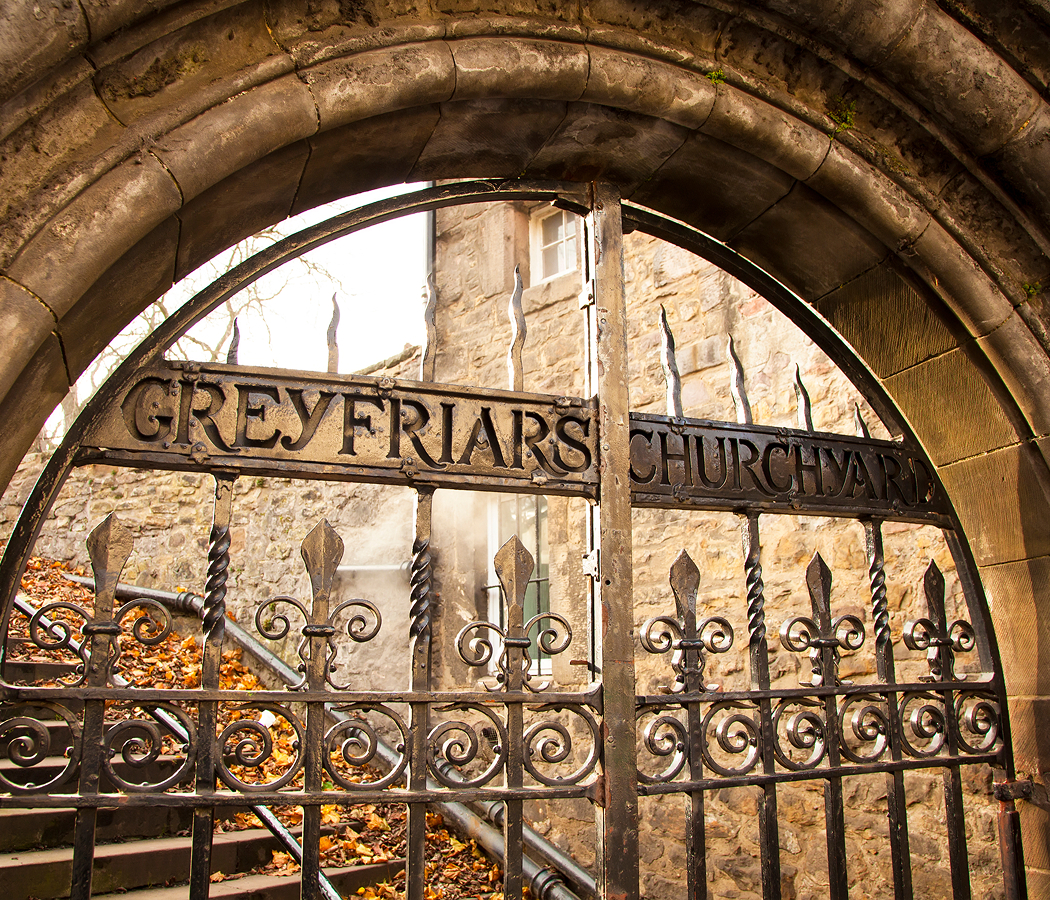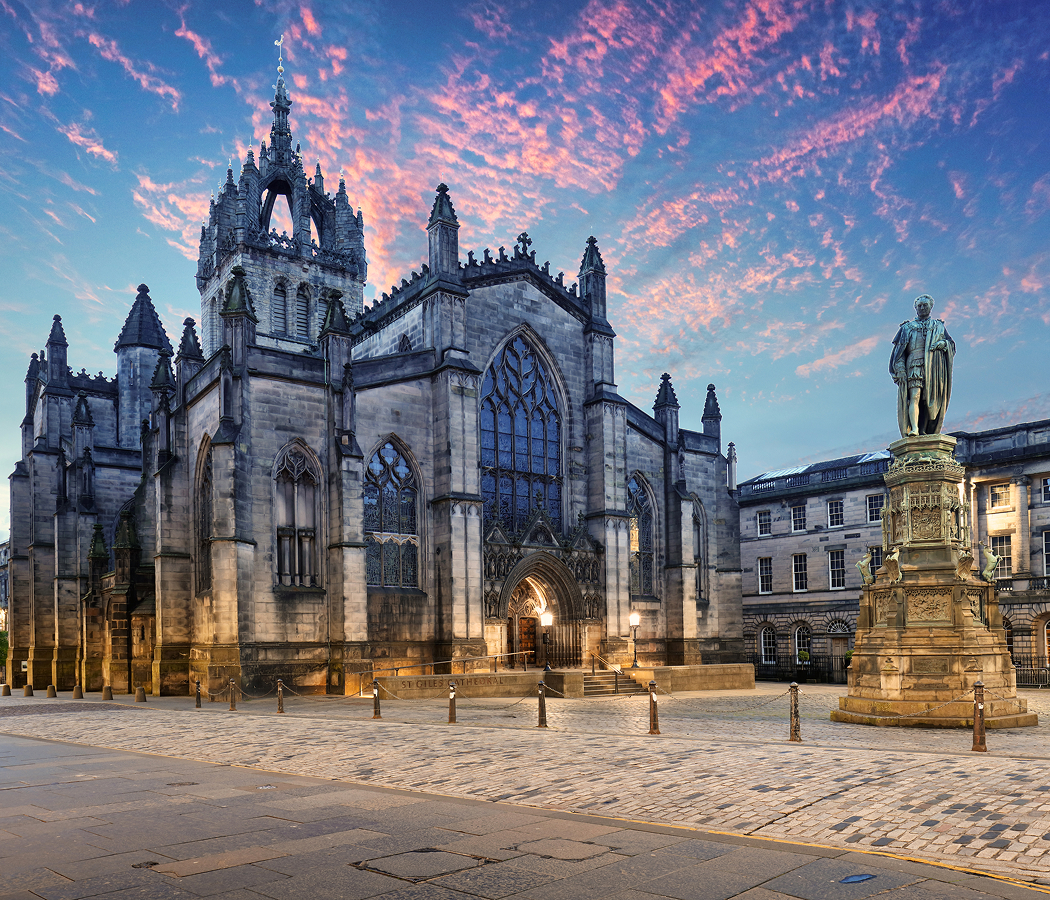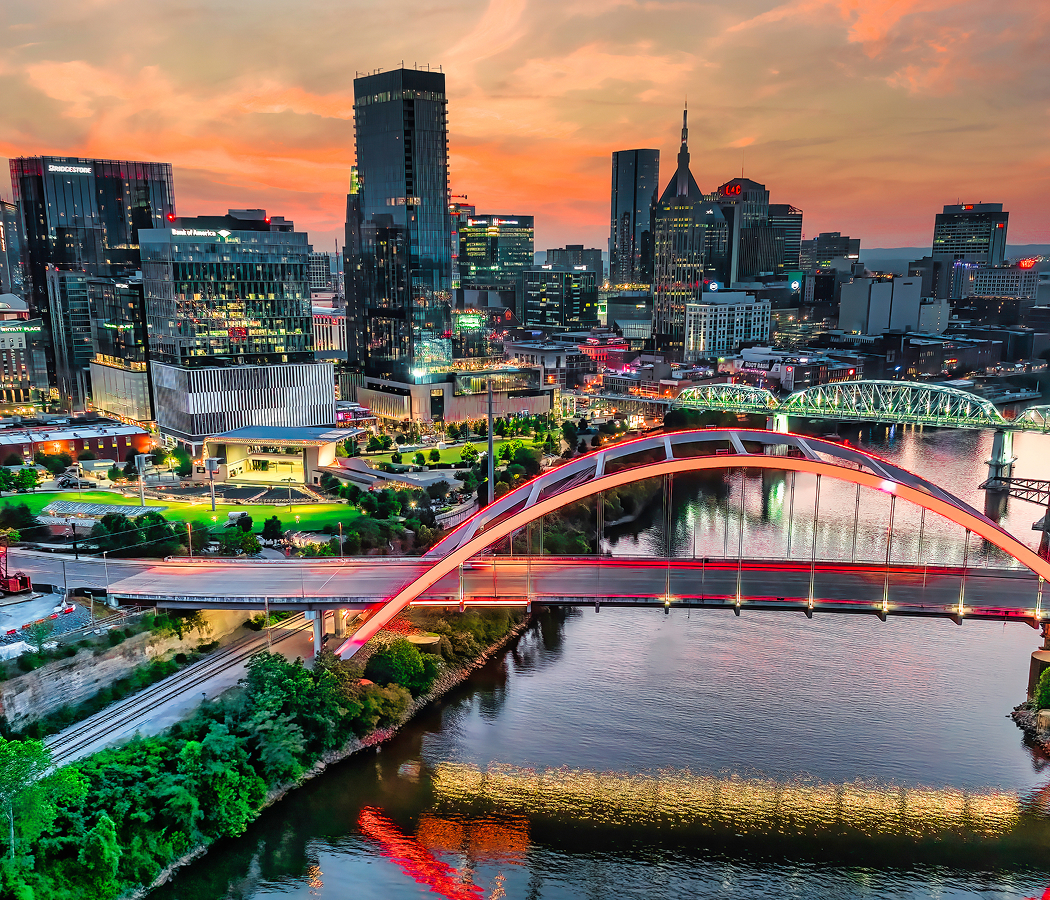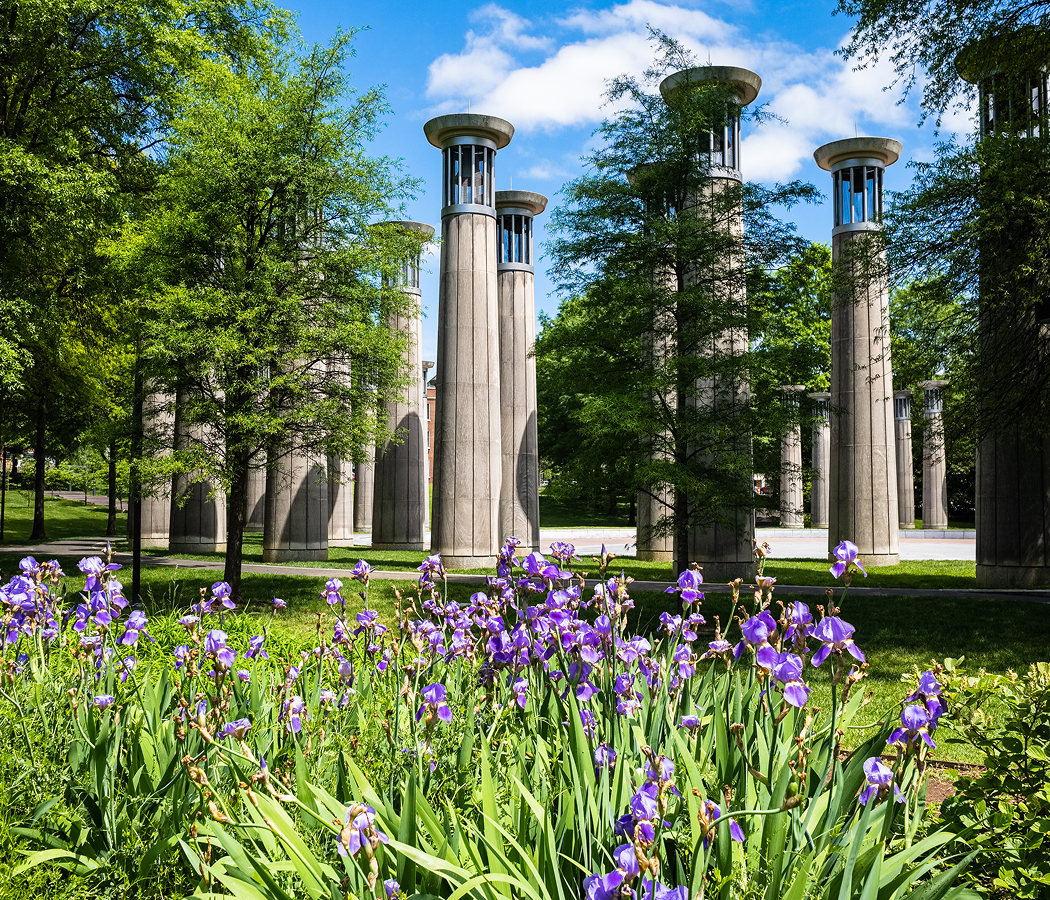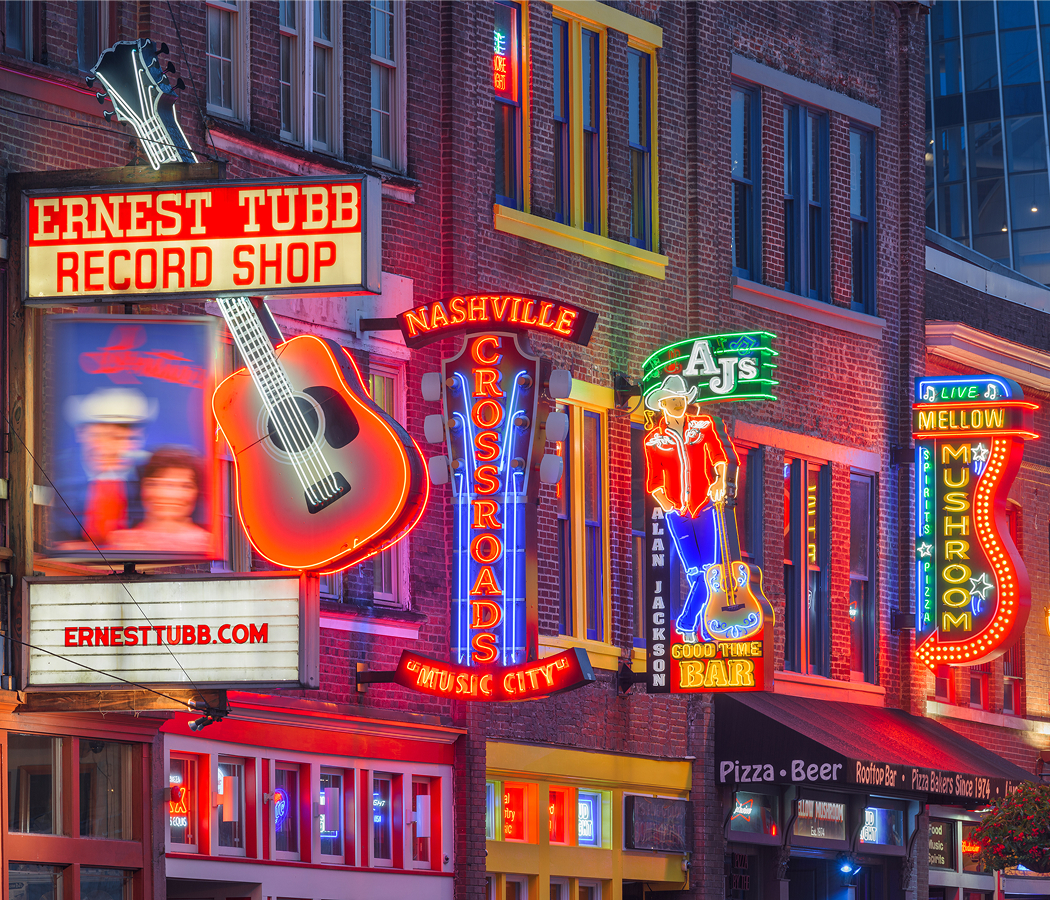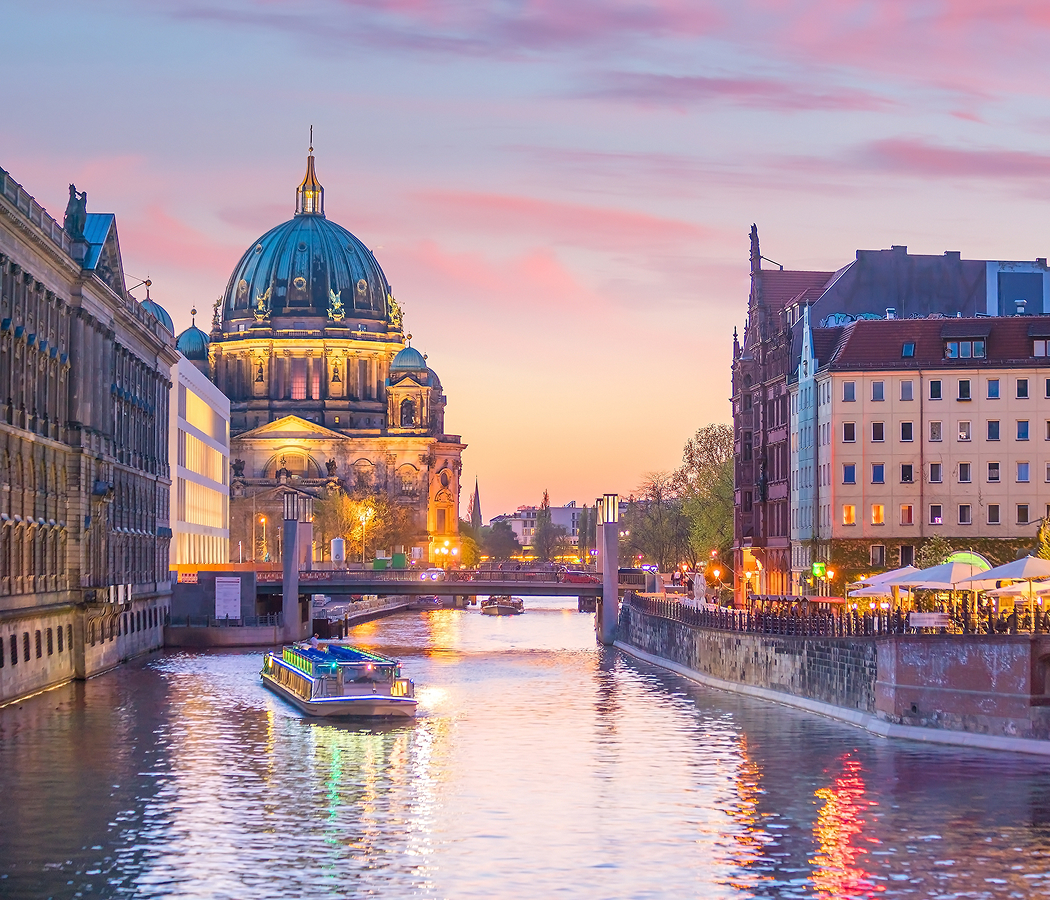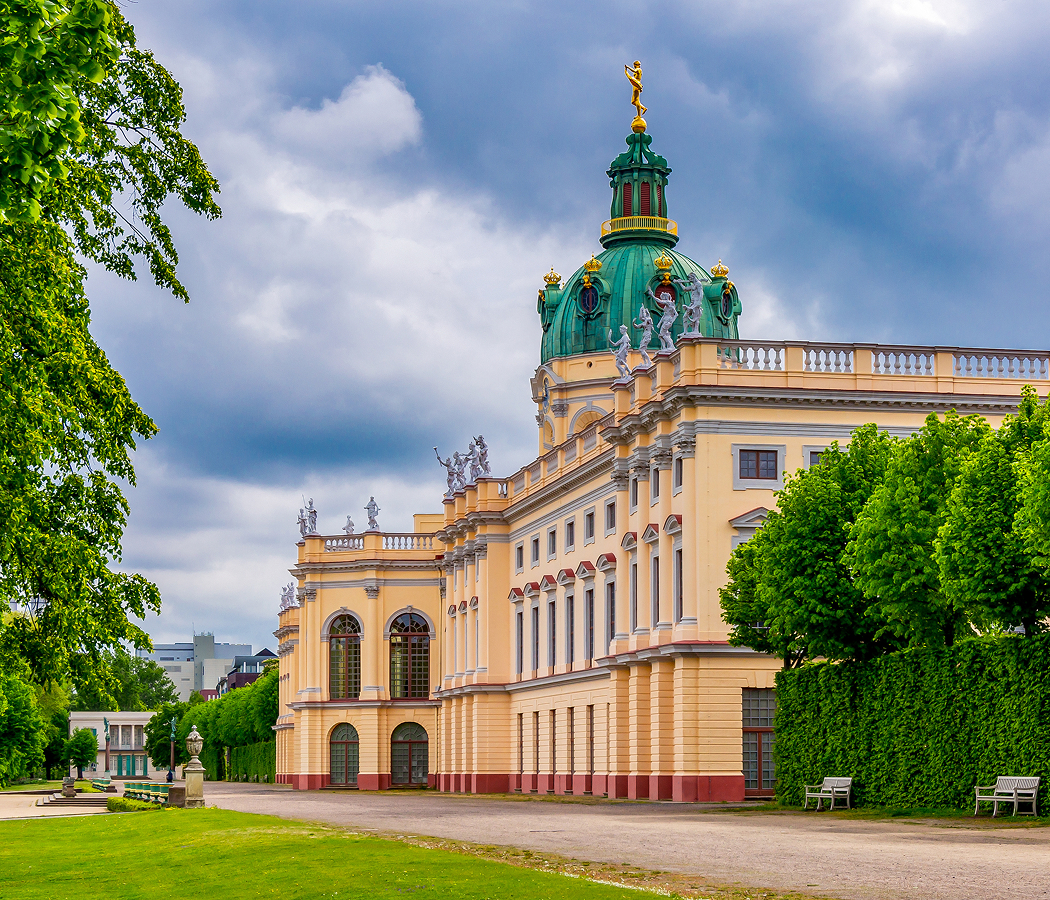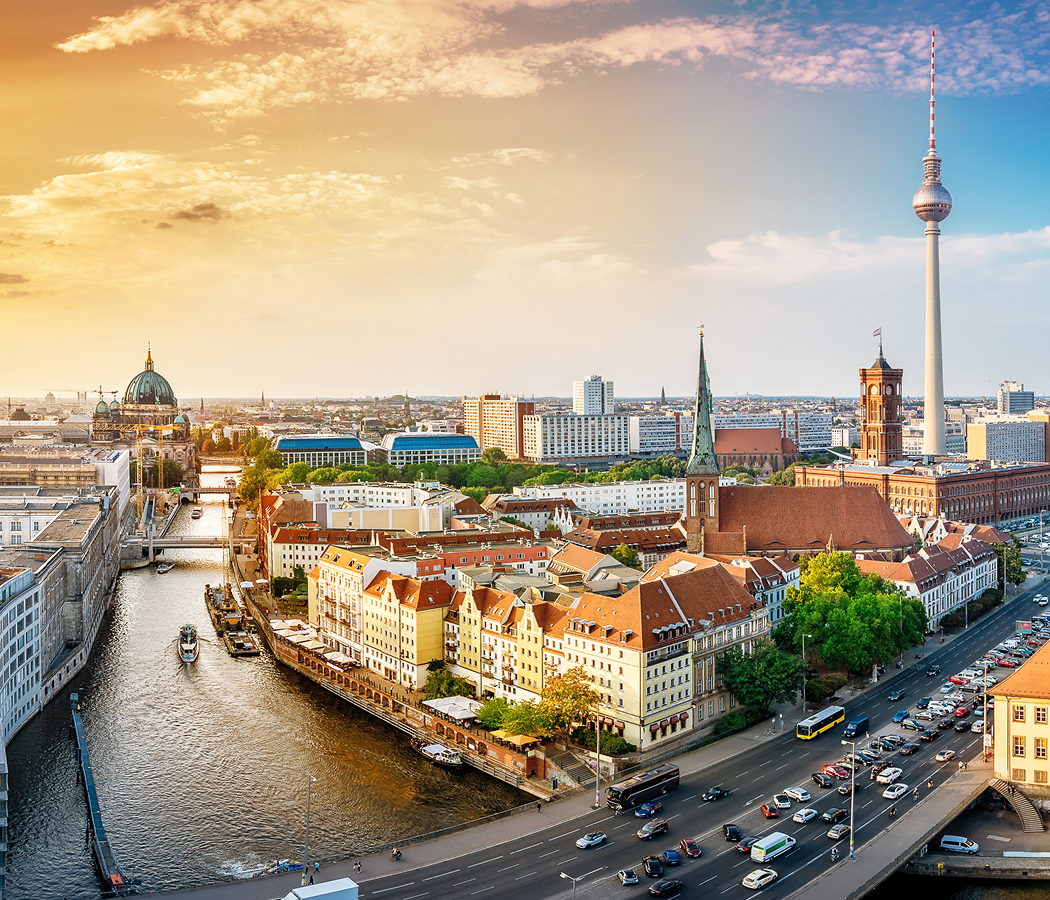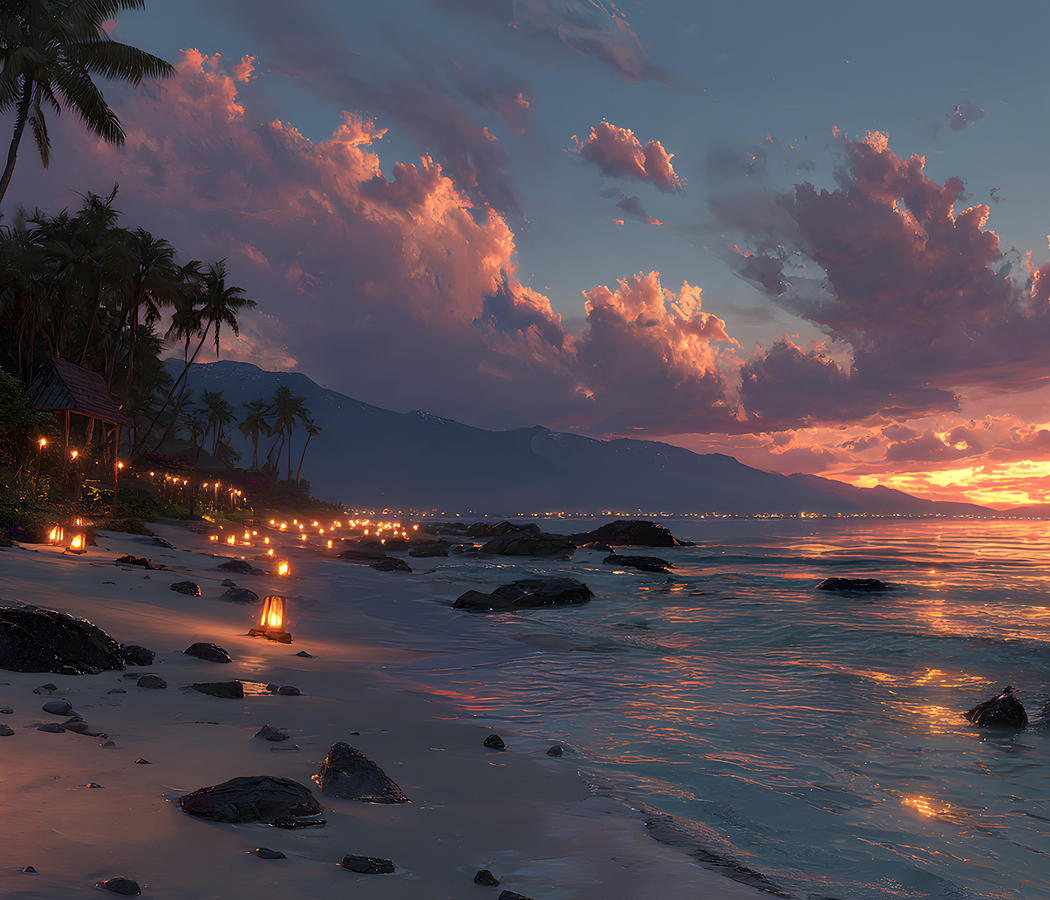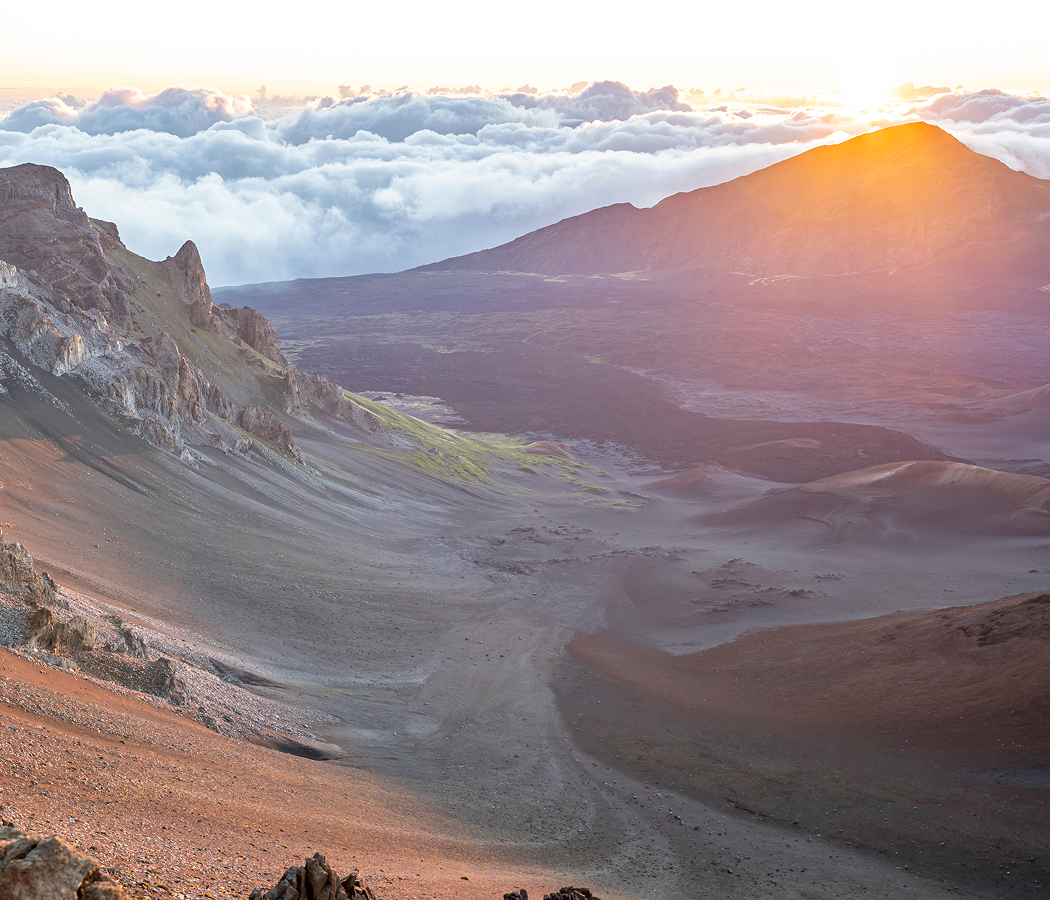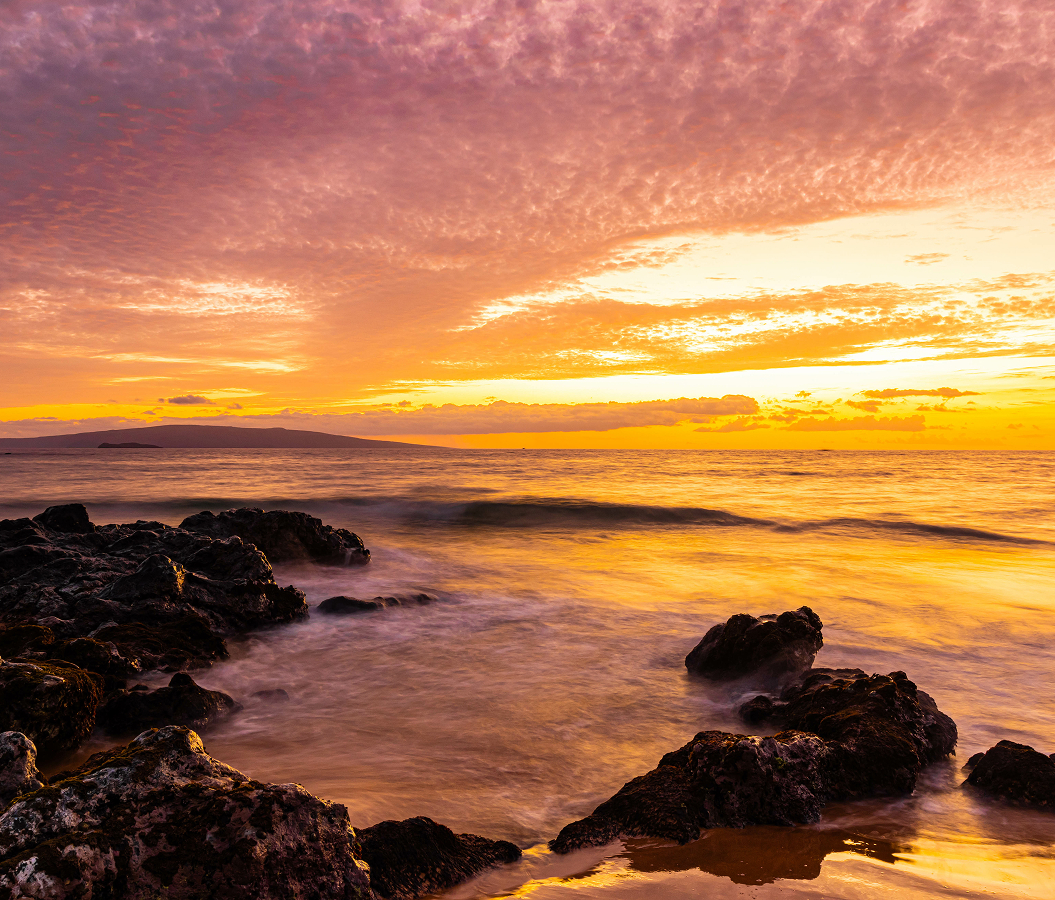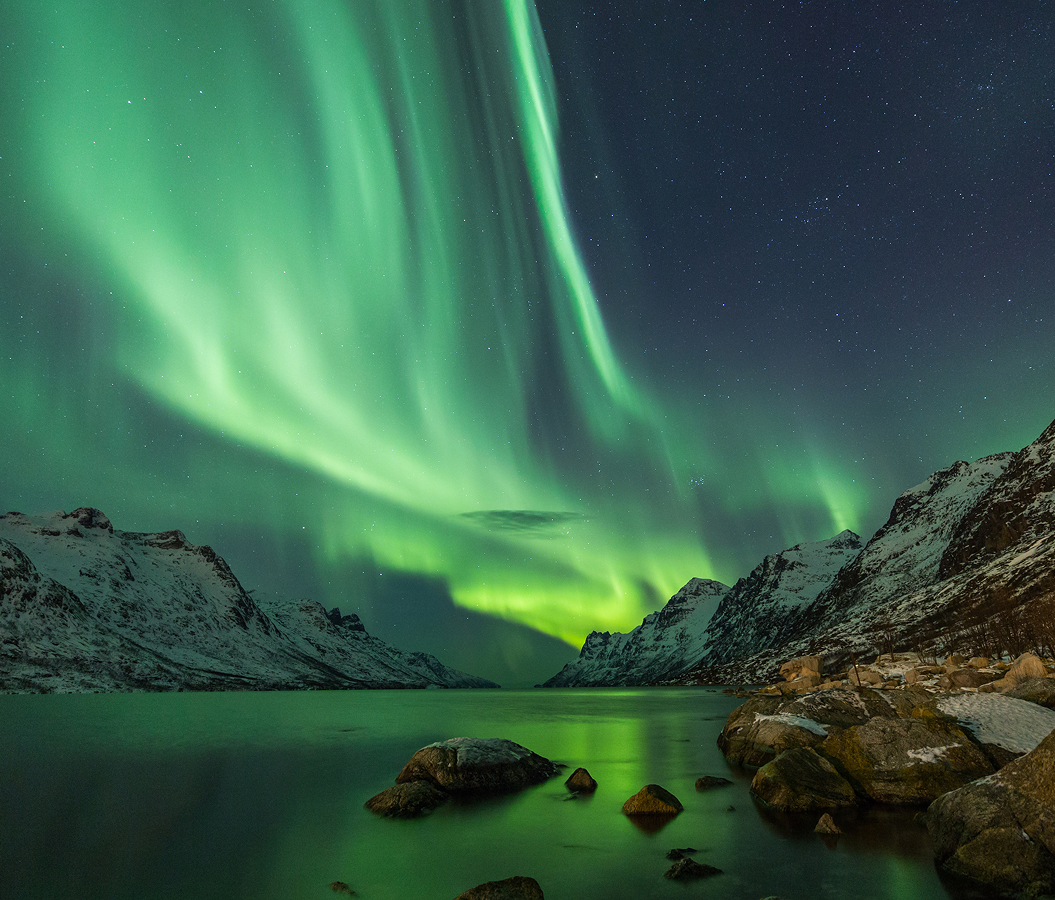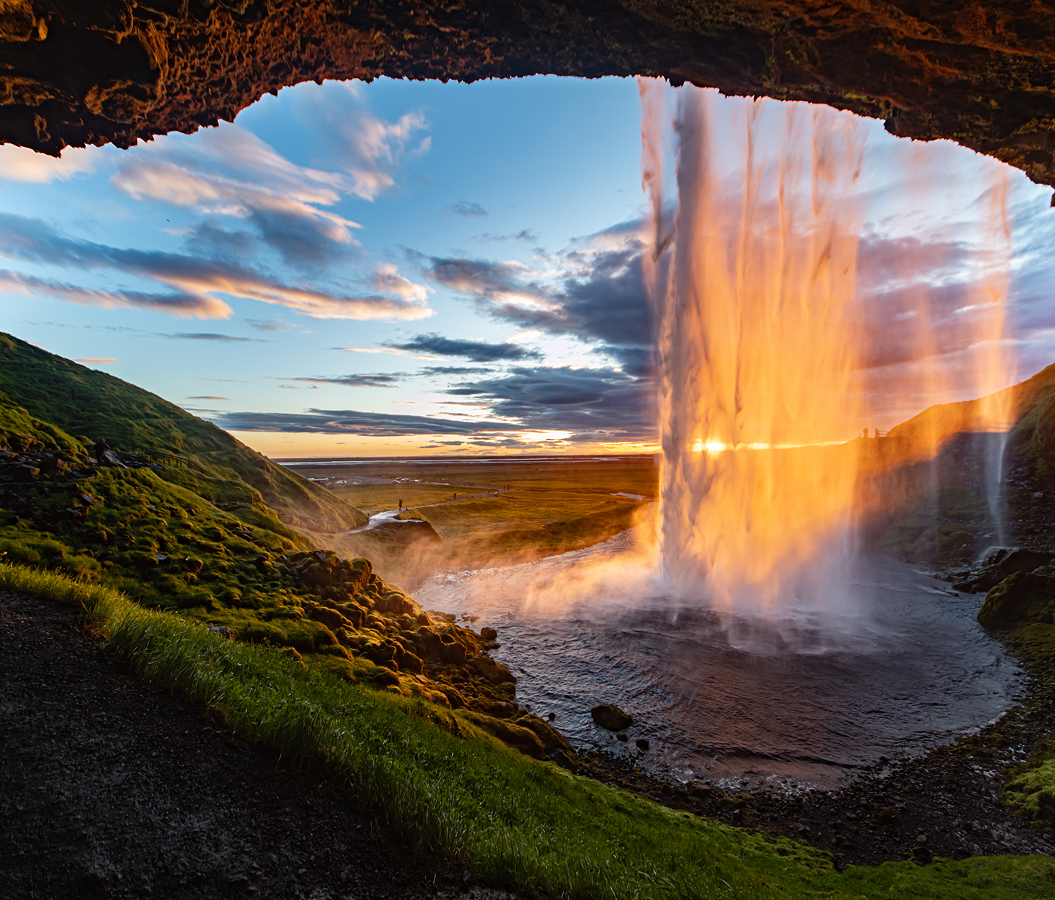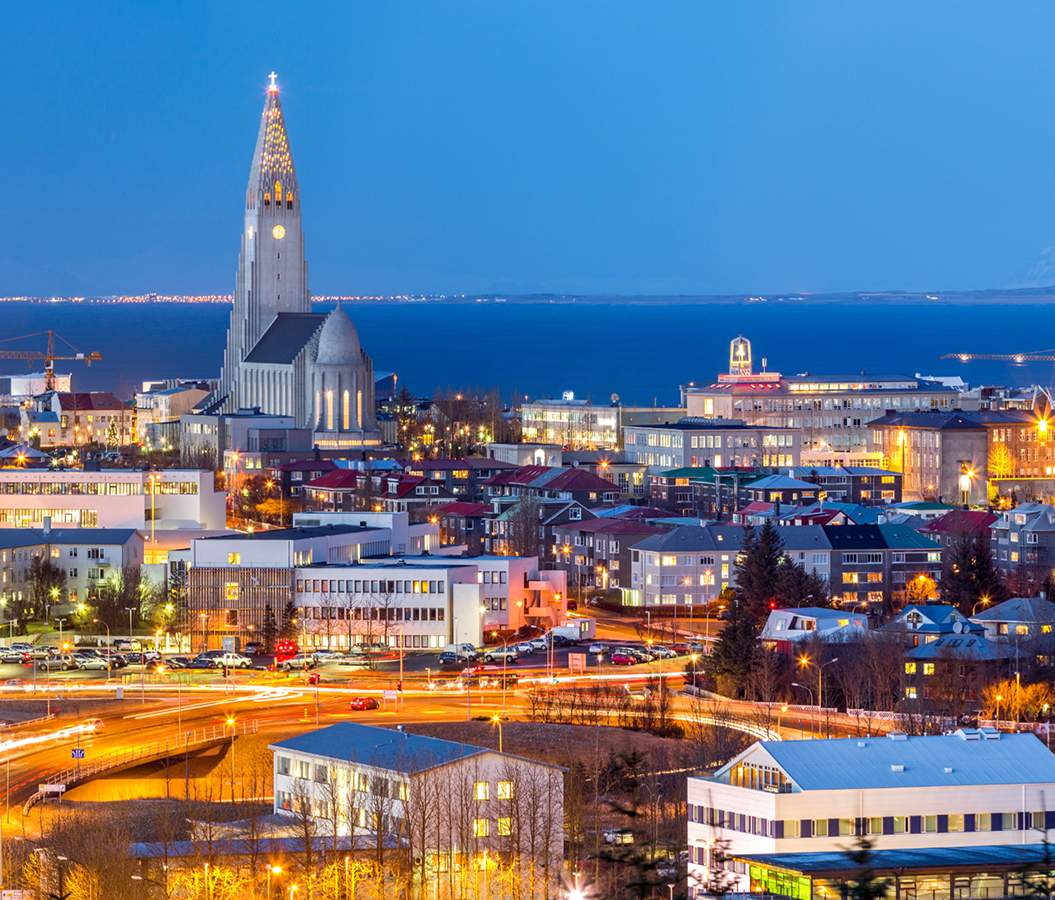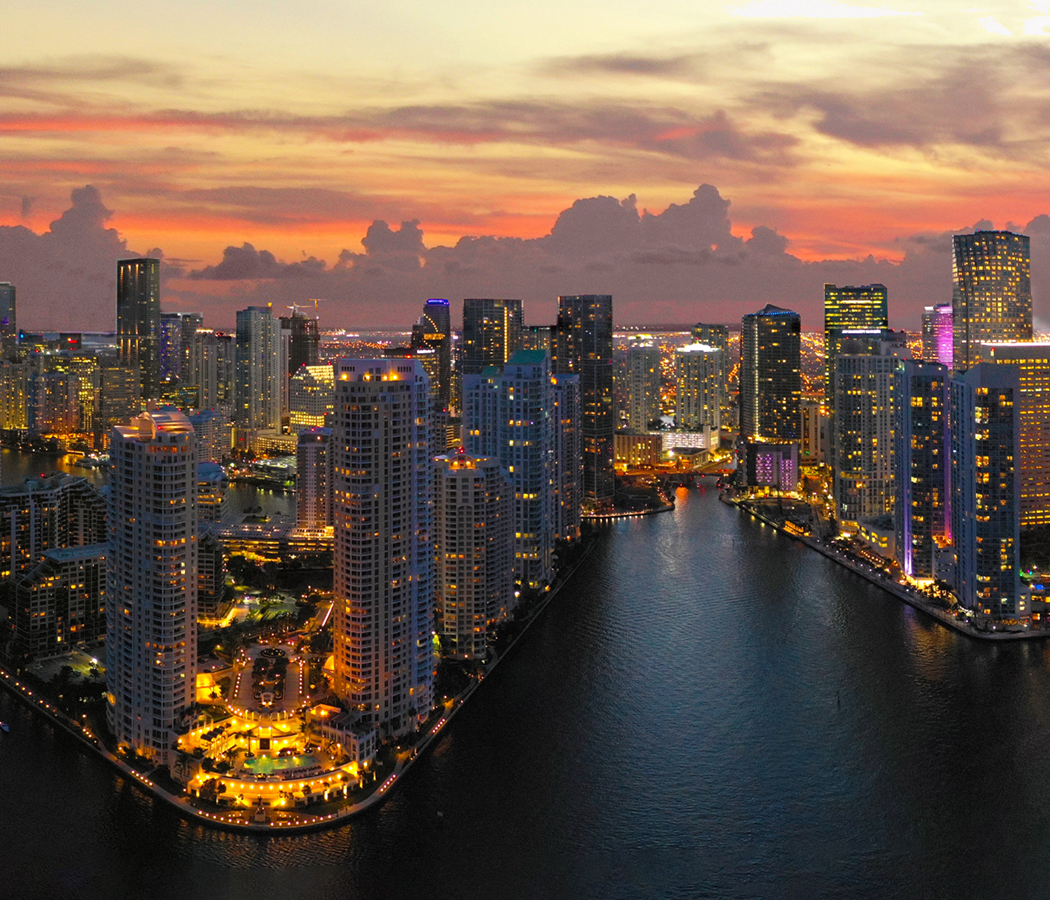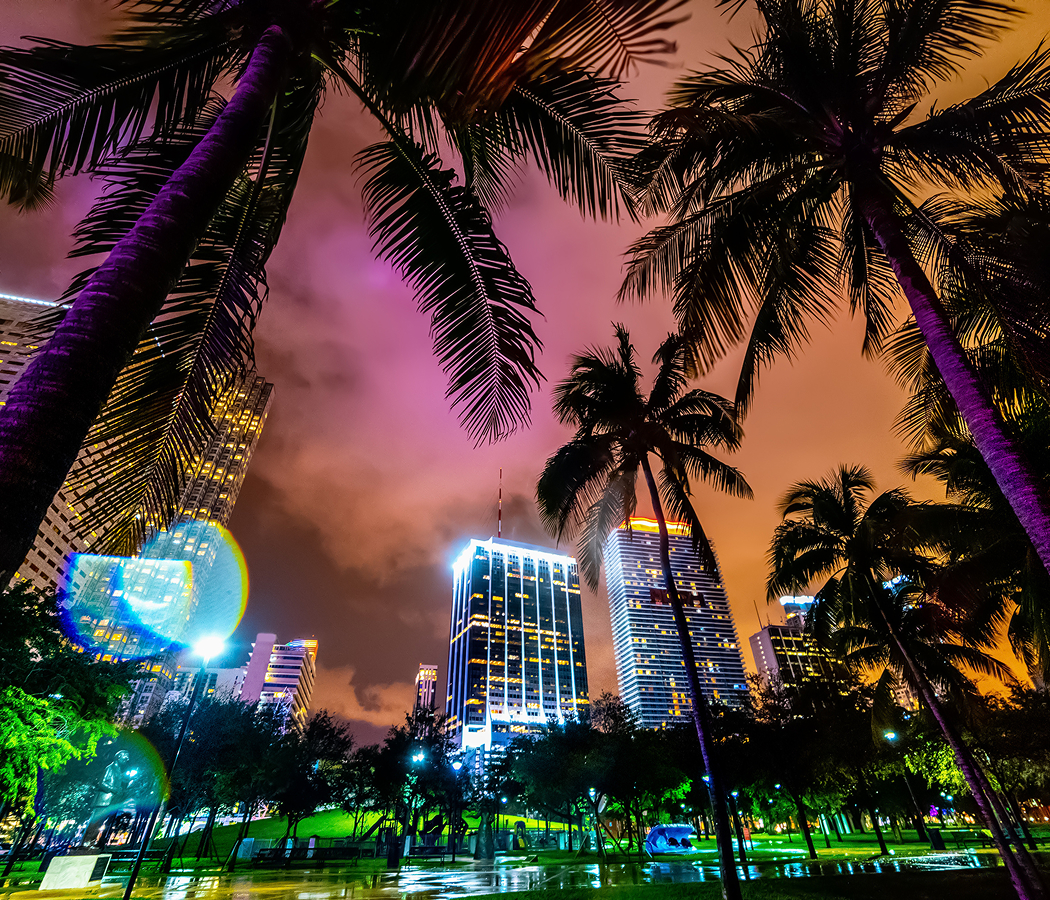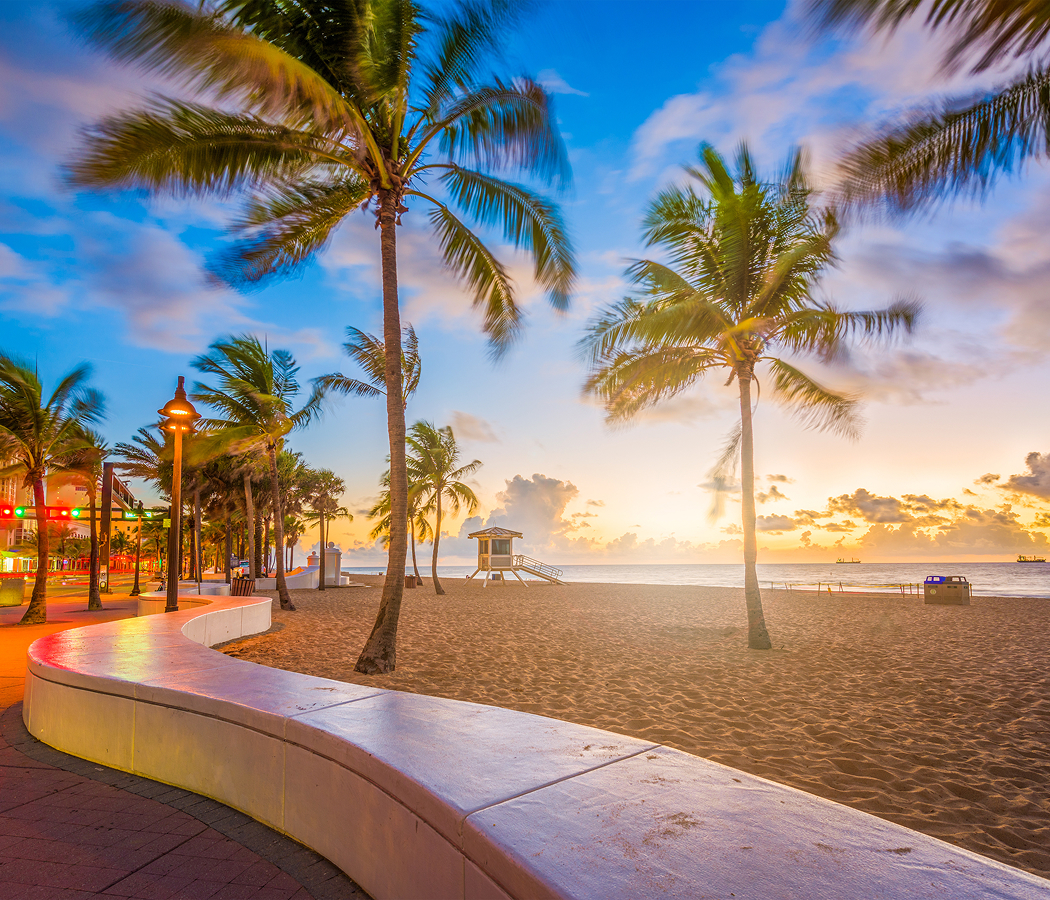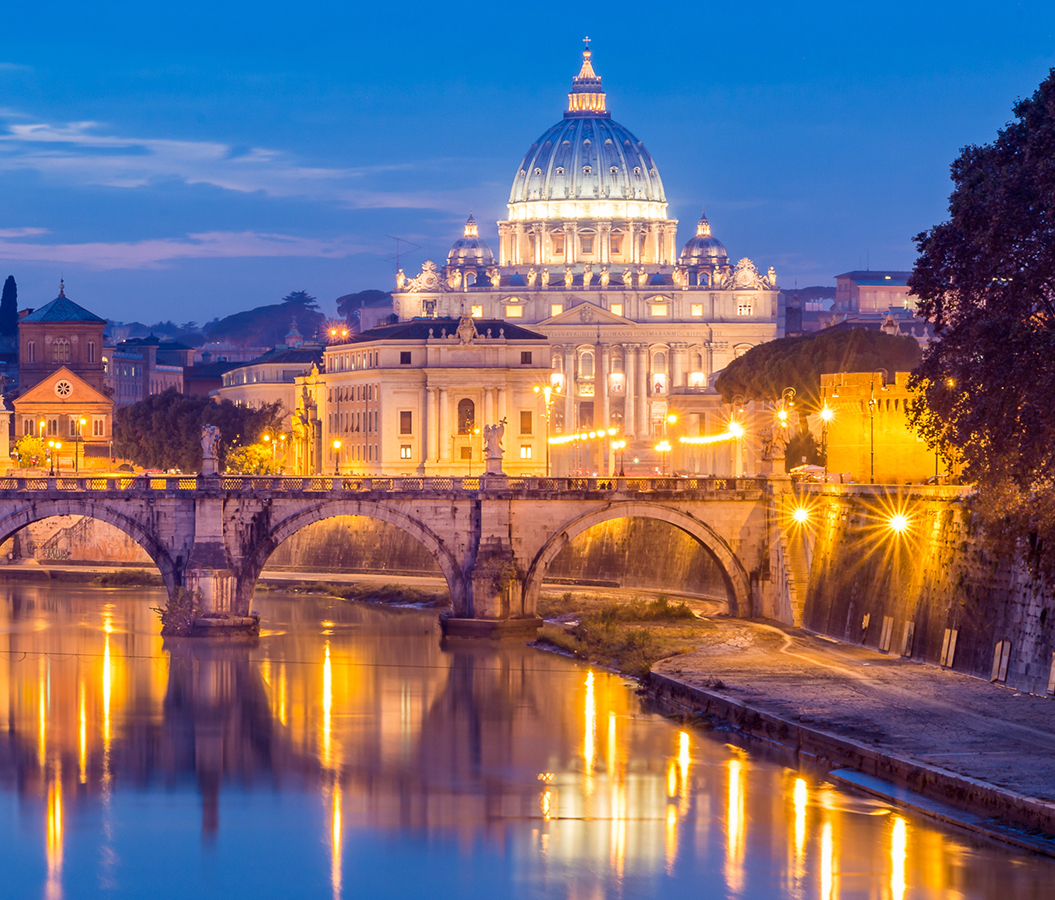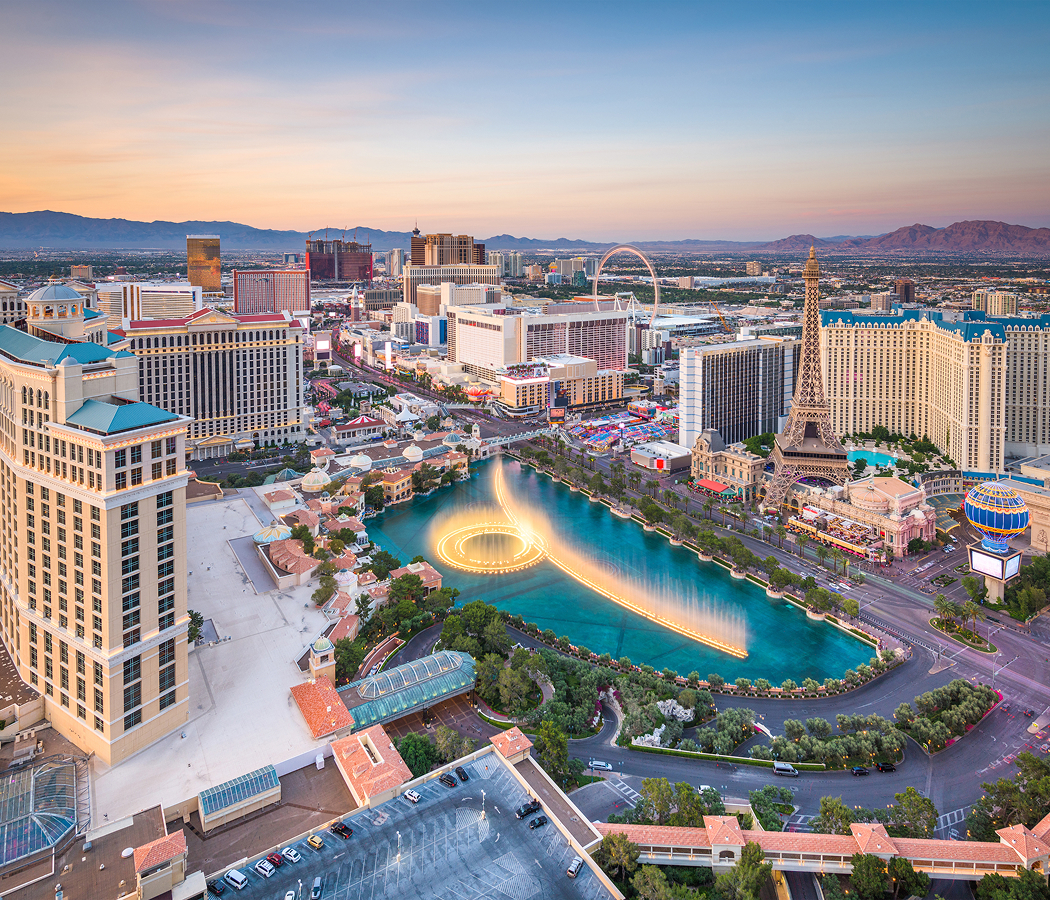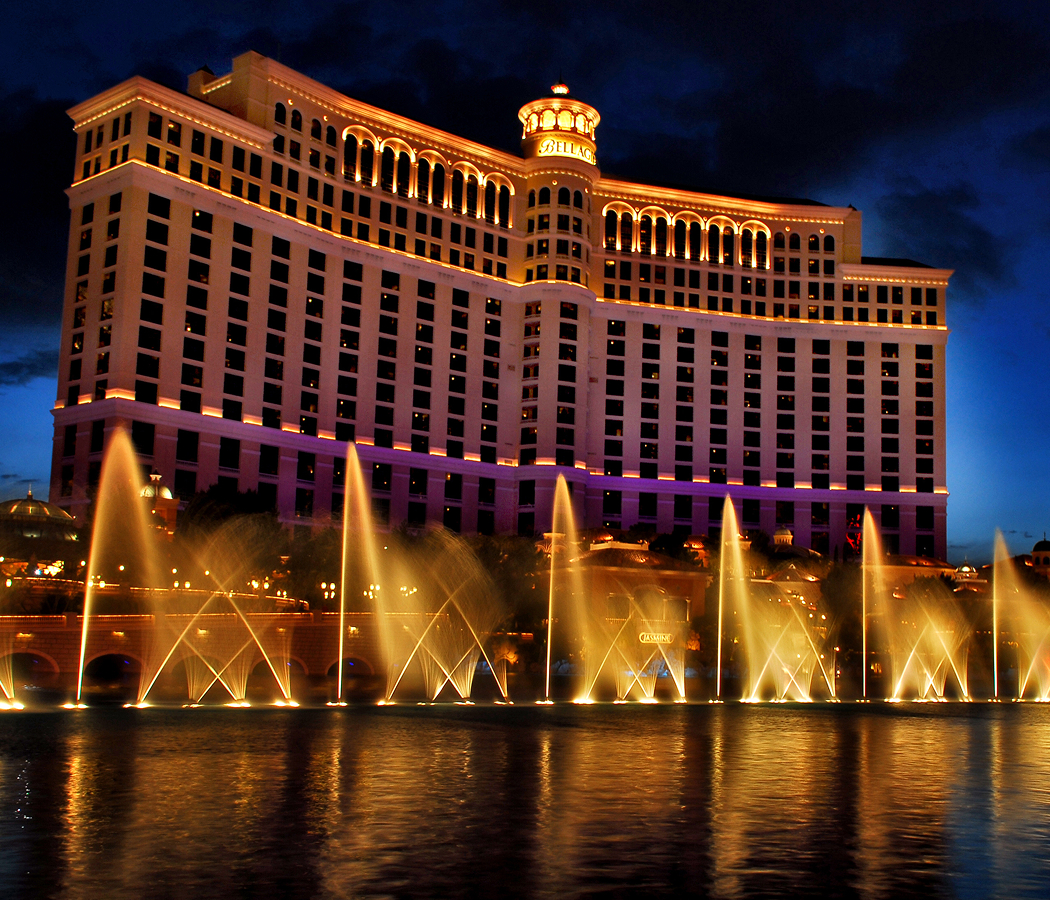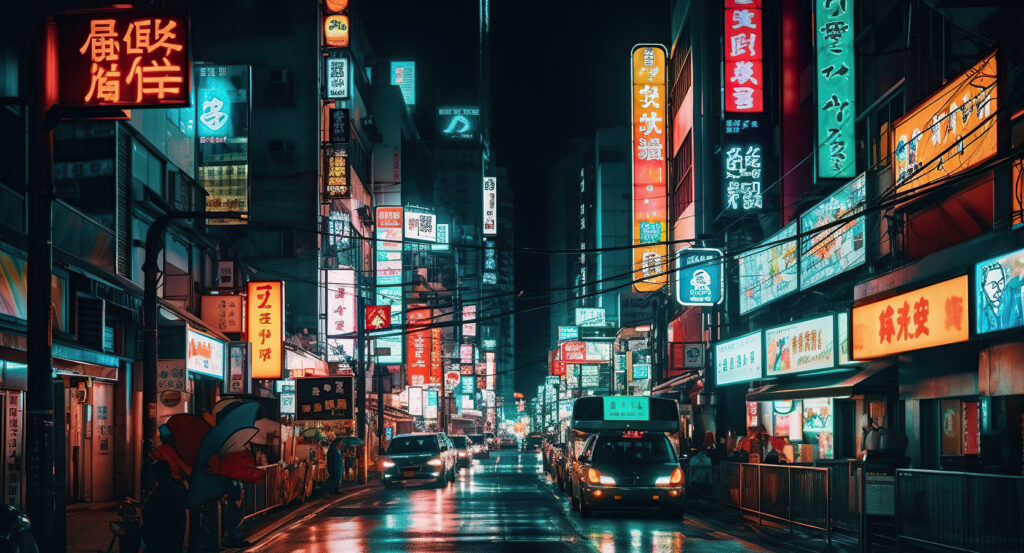
Why you should visit Godzilla Head.
Looming over Shinjuku’s skyline, the Godzilla Head is more than a cinematic homage, it’s a living emblem of Tokyo’s cultural mythology, where fantasy and architecture converge. Perched atop the Hotel Gracery, the enormous reptilian sculpture gazes over Kabukichō with the same theatrical menace that once leveled cities on screen. From its perch, it seems almost plausible that this colossal creature might stir to life, the amber eyes flicker, the jaws smoke, and a guttural roar periodically erupts across the district, echoing between glass towers and izakayas. For film lovers, it’s a pilgrimage site, the physical manifestation of Japan’s most enduring export. Yet even those indifferent to kaiju lore find themselves spellbound, caught in the strange poetry of seeing fiction made flesh against the electric sprawl of Tokyo.
To stand on the terrace beside it is to feel part of something larger than nostalgia; it’s a dialogue between generations. Parents who grew up fearing or adoring the monster now bring their children to marvel at it, a continuity that speaks to Japan’s mastery of iconography. The Godzilla Head is detailed with almost obsessive precision, modeled after the Heisei-era design from the 1990s films, with hand-sculpted scales and animatronic engineering that rivals theme park standards. During select times, mist and light combine to simulate the creature’s radioactive breath, transforming the quiet terrace into a cinematic moment of awe. Whether viewed from the street or the hotel’s observation level, it’s an experience that turns a city corner into an altar of pop culture.
What you didn’t know about Godzilla Head.
What many don’t know is that the Godzilla Head wasn’t just built as a photo spot, it’s a cornerstone of urban storytelling.
When the Hotel Gracery opened in 2015, developers collaborated directly with Toho Studios, the originators of the franchise, to integrate the sculpture into the building’s architecture. The terrace on the eighth floor doubles as an event venue, occasionally hosting film premieres and fan gatherings that pay tribute to the monster’s cinematic legacy. Guests staying in the “Godzilla View Room” enjoy front-row access to the beast’s looming visage, framed dramatically through the window like a benevolent guardian or an omen depending on the weather. The design’s scale was intentional, 12 meters high, matching Godzilla’s proportions in the original 1954 film. This exactitude turns urban whimsy into cultural canon, embedding the creature not just in entertainment, but in the city’s living DNA.
How to fold Godzilla Head into your trip.
To fold the Godzilla Head into your trip, let it anchor your exploration of Shinjuku’s surreal contrasts.
Visit in the late afternoon, when the golden light softens the monster’s features, and stay through dusk to see it awaken under LED strobes. Combine it with a stroll through Kabukichō’s neon arteries, or book a rooftop drink nearby for a cinematic view of the city’s chaos beneath its quiet overseer. For film aficionados, pair your visit with a screening at Toho Cinemas Shinjuku, located in the same complex, the roar from the terrace syncs perfectly with trailers, creating a delicious overlap between fiction and life. Godzilla’s head might not move, but its presence shifts something within you: a reminder that Tokyo’s magic lies in how it continually blurs the line between what’s imagined and what’s real.
Hear it from the Foresyte community.
It’s like walking straight into Tokyo’s electric heart. Neon stacked on neon, food smells pulling you down alleys, and karaoke echoing out of every other doorway. Whole place feels alive, even if you don’t know where you’re headed.
Where meaningful travel begins.
Start your journey with Foresyte, where the planning is part of the magic.
Discover the experiences that matter most.

